-

Blog Post The future isn’t fixed: Modelling wastewater infrastructure for a changing Australia
-
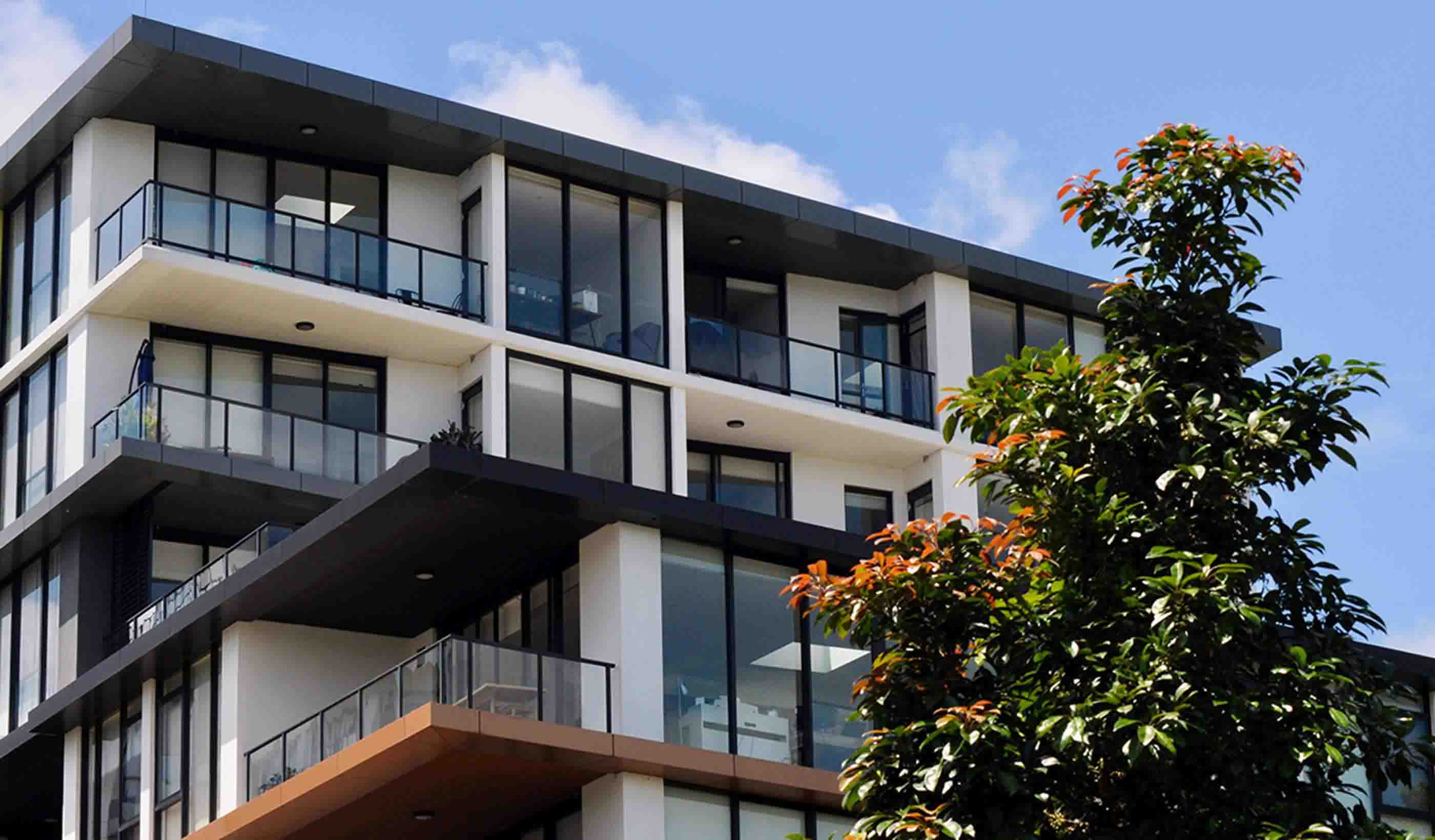
Blog Post Housing affordability in Australia: How we got here and how we can improve it
-

Podcast The Defence Connect Spotlight: Managing dislocated design teams in a defence environment
-
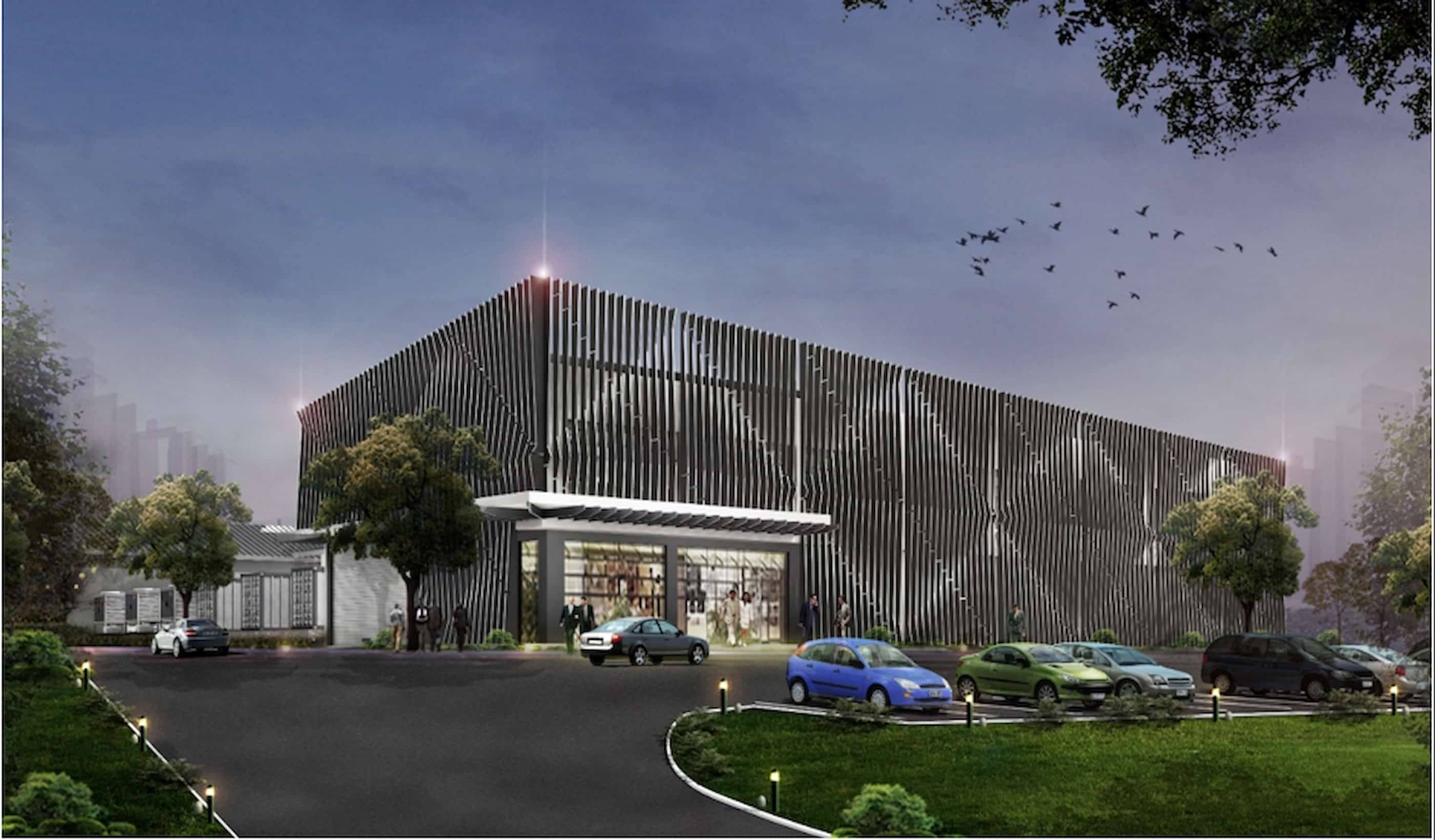
Blog Post The future of data centre cooling in Australia: Why liquid is leading the way
Ideas
Explore the trends, innovations, and challenges impacting the built and natural environments.
All Ideas
-
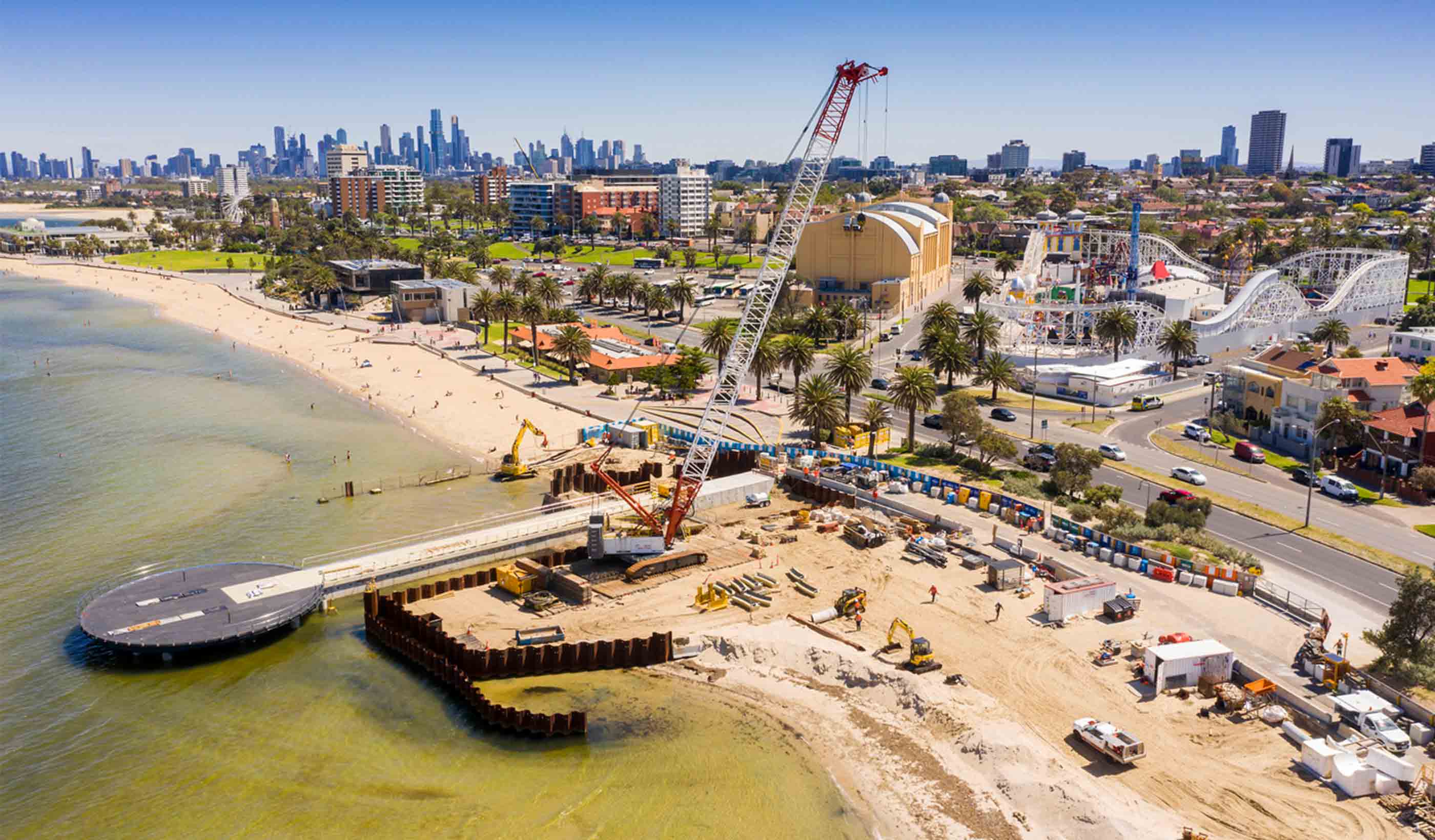
Blog Post Sustainable water infrastructure: Balancing growth and renewal in Australia’s water sector
-
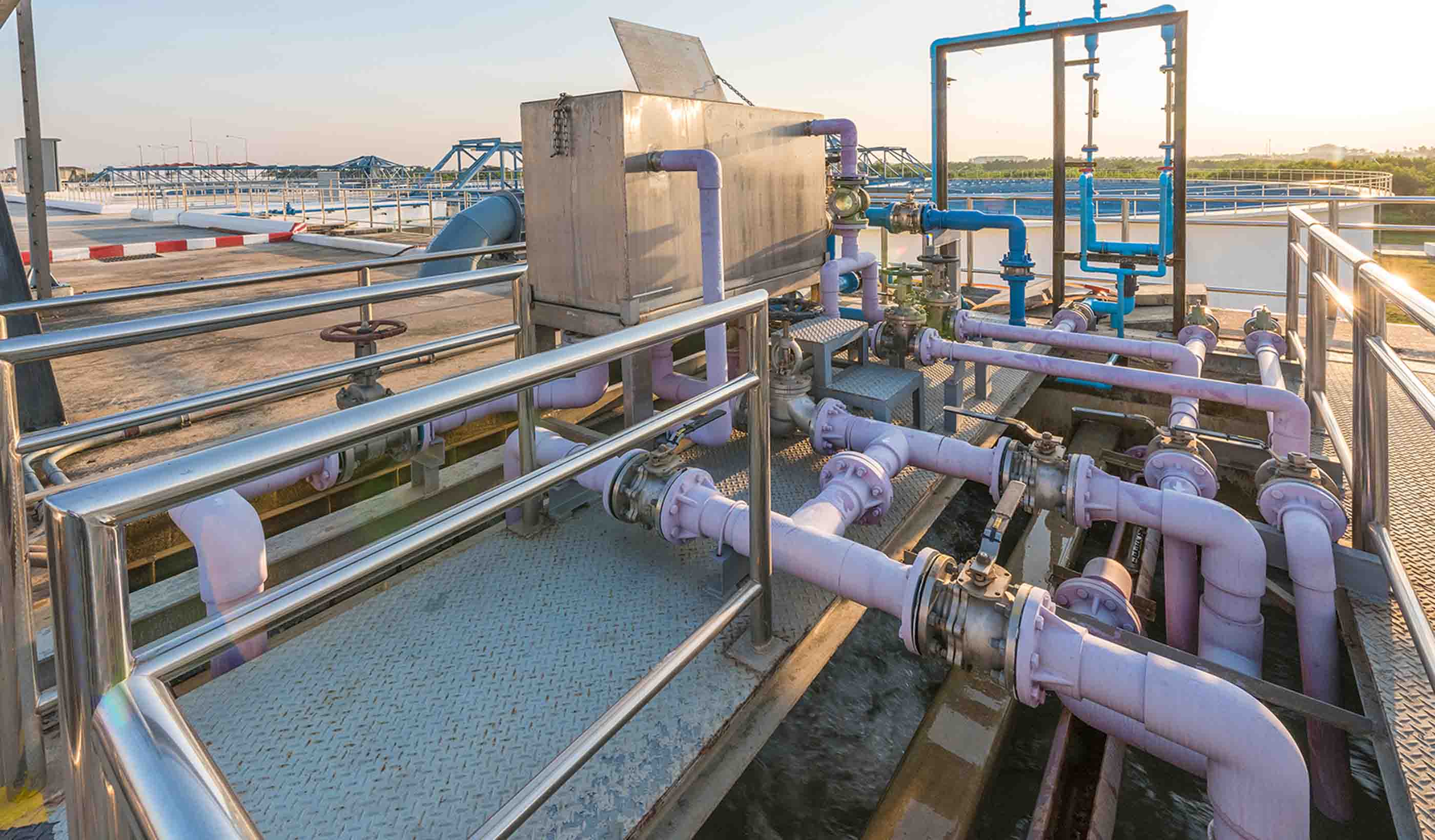
Technical Paper A national review of hydrogen sulphide exposure, limits and controls in the water industry
-
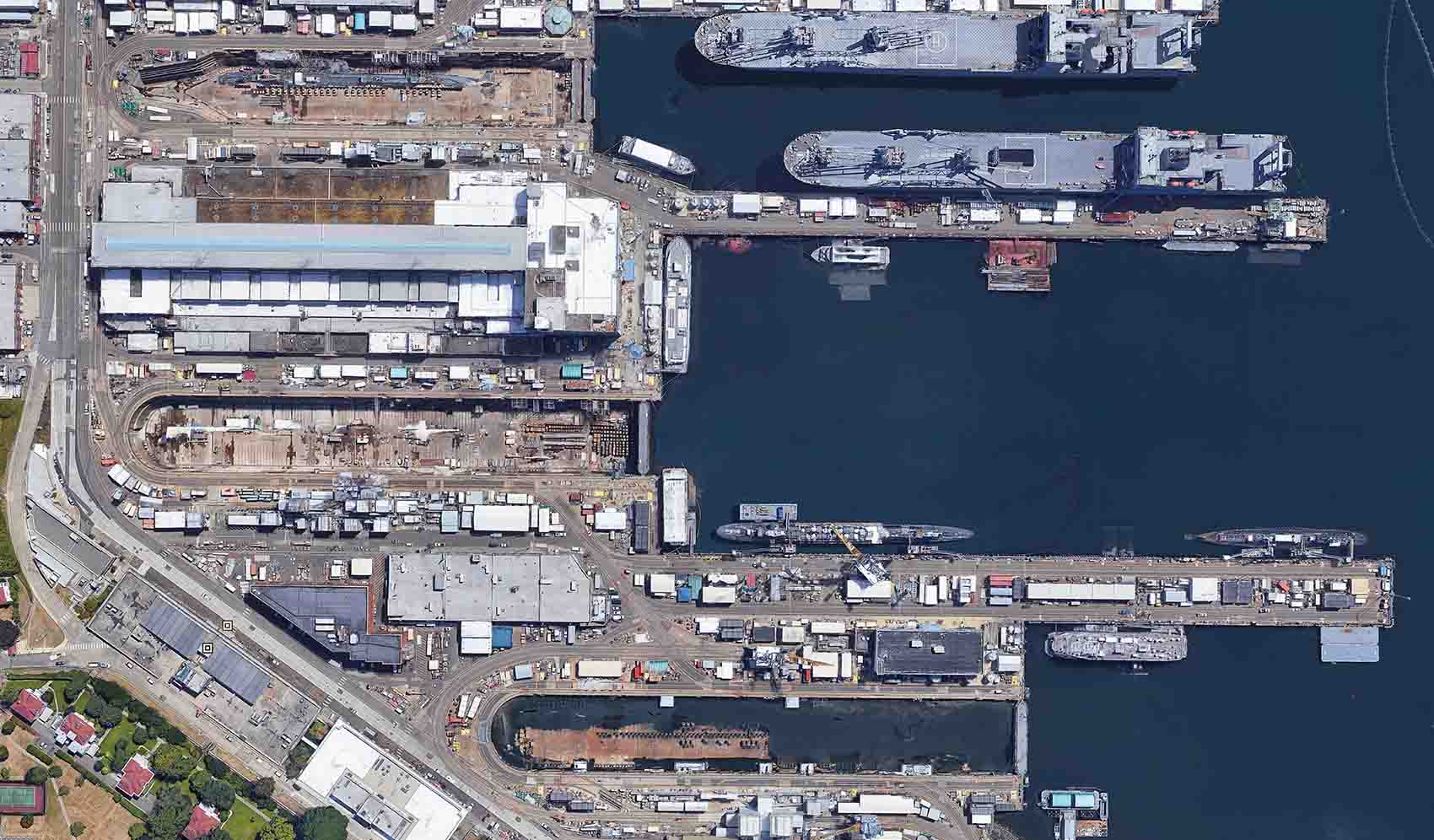
Podcast Naval infrastructure at the core of next-gen naval capability
-

Published Article Laying the keel of resilience: Naval infrastructure for a maritime nation
-
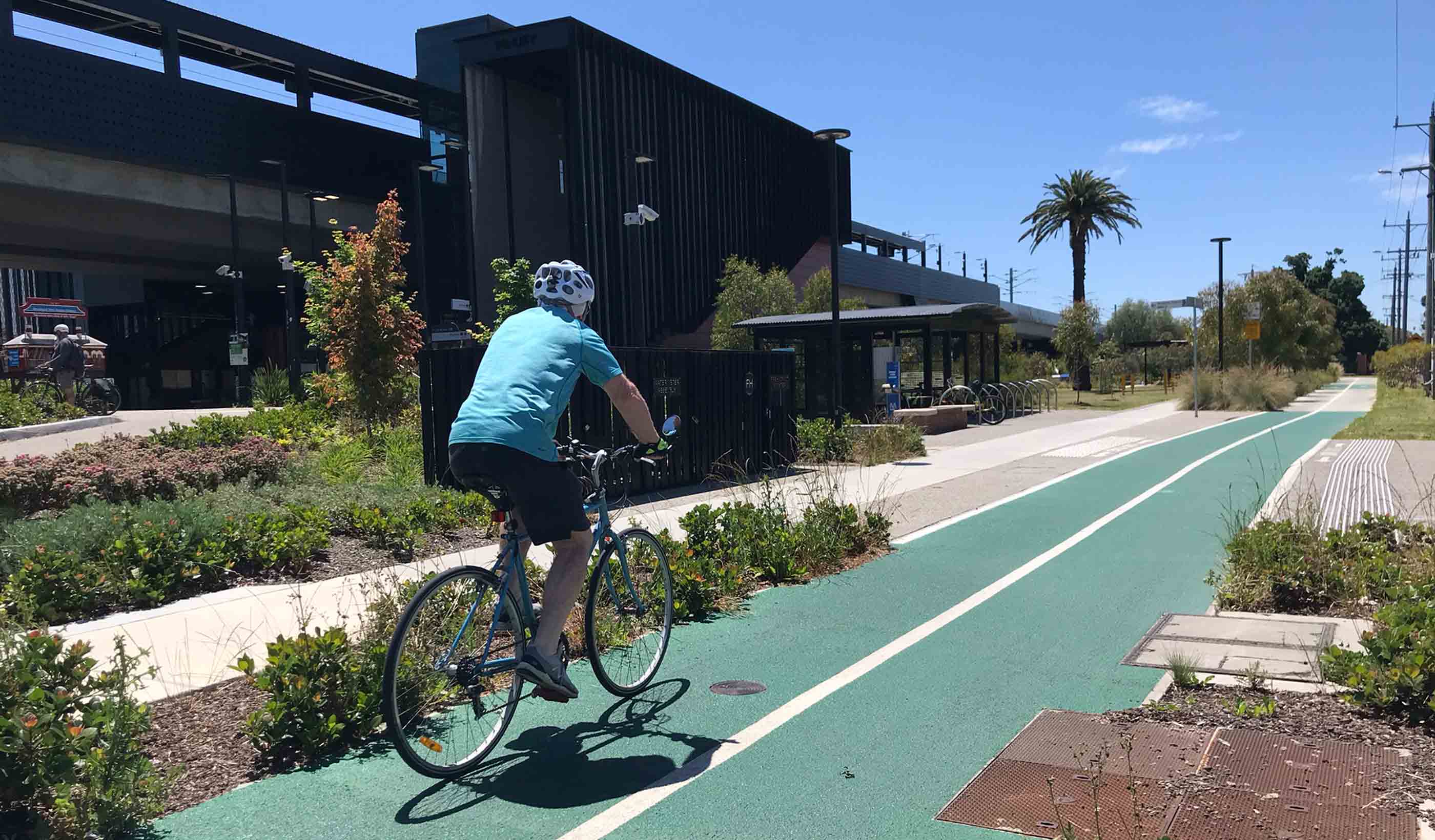
Blog Post Rethinking community consultation to deliver sustainable streetscape projects
-
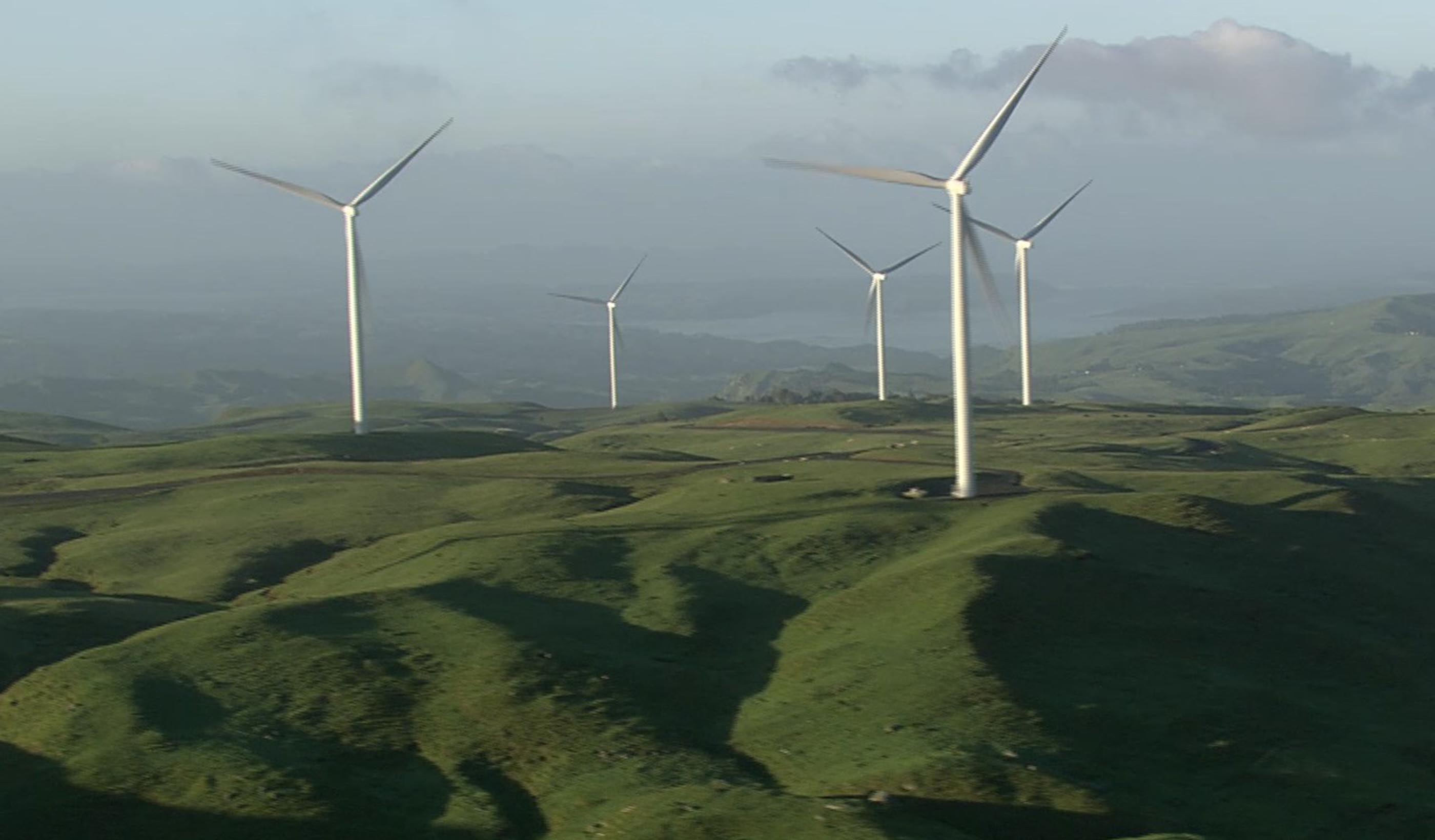
Video How might wind power support Australia’s transition to a low-carbon future?
-
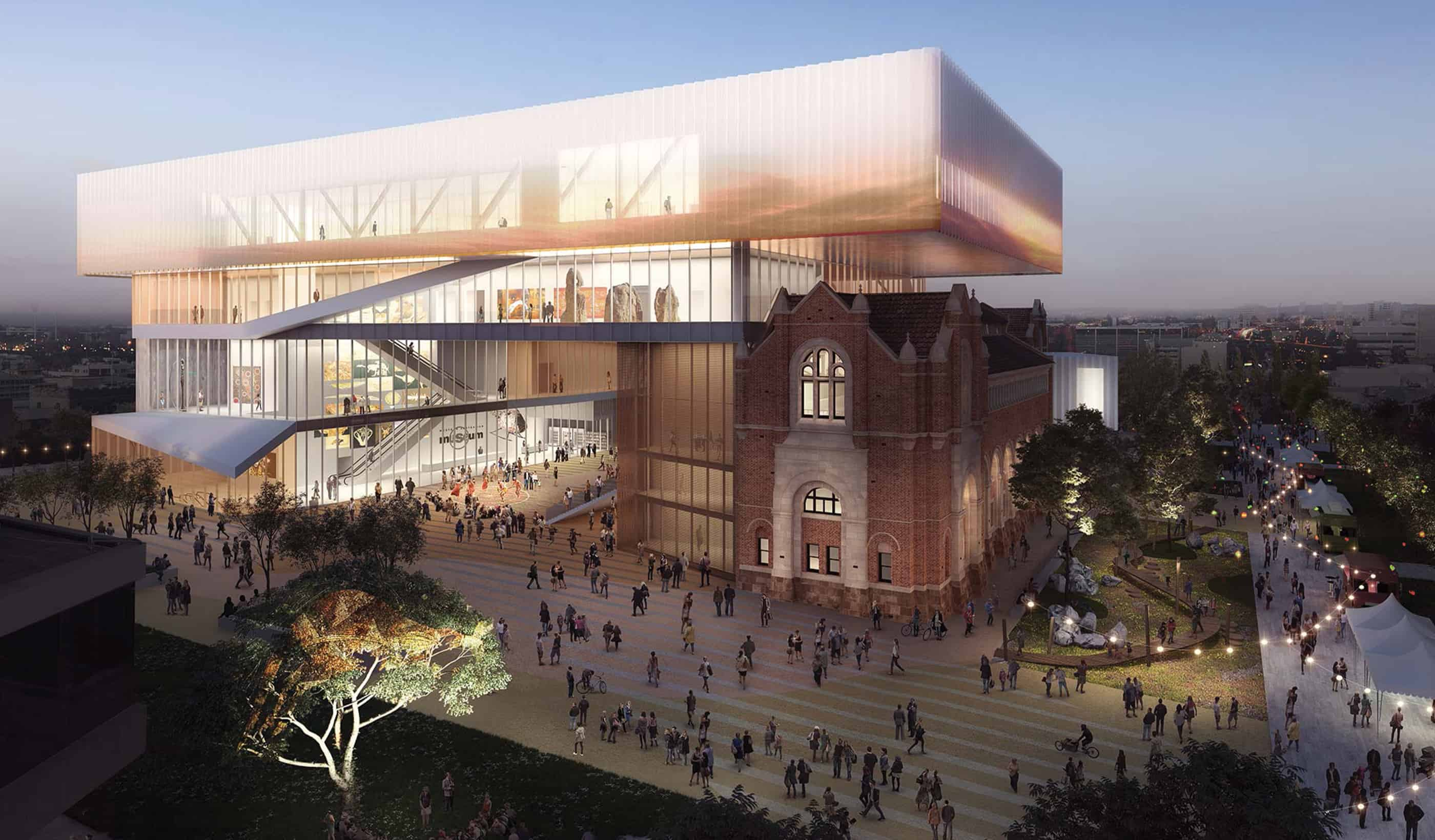
Blog Post Why investing in cultural infrastructure is key to building better, future-ready cities
-
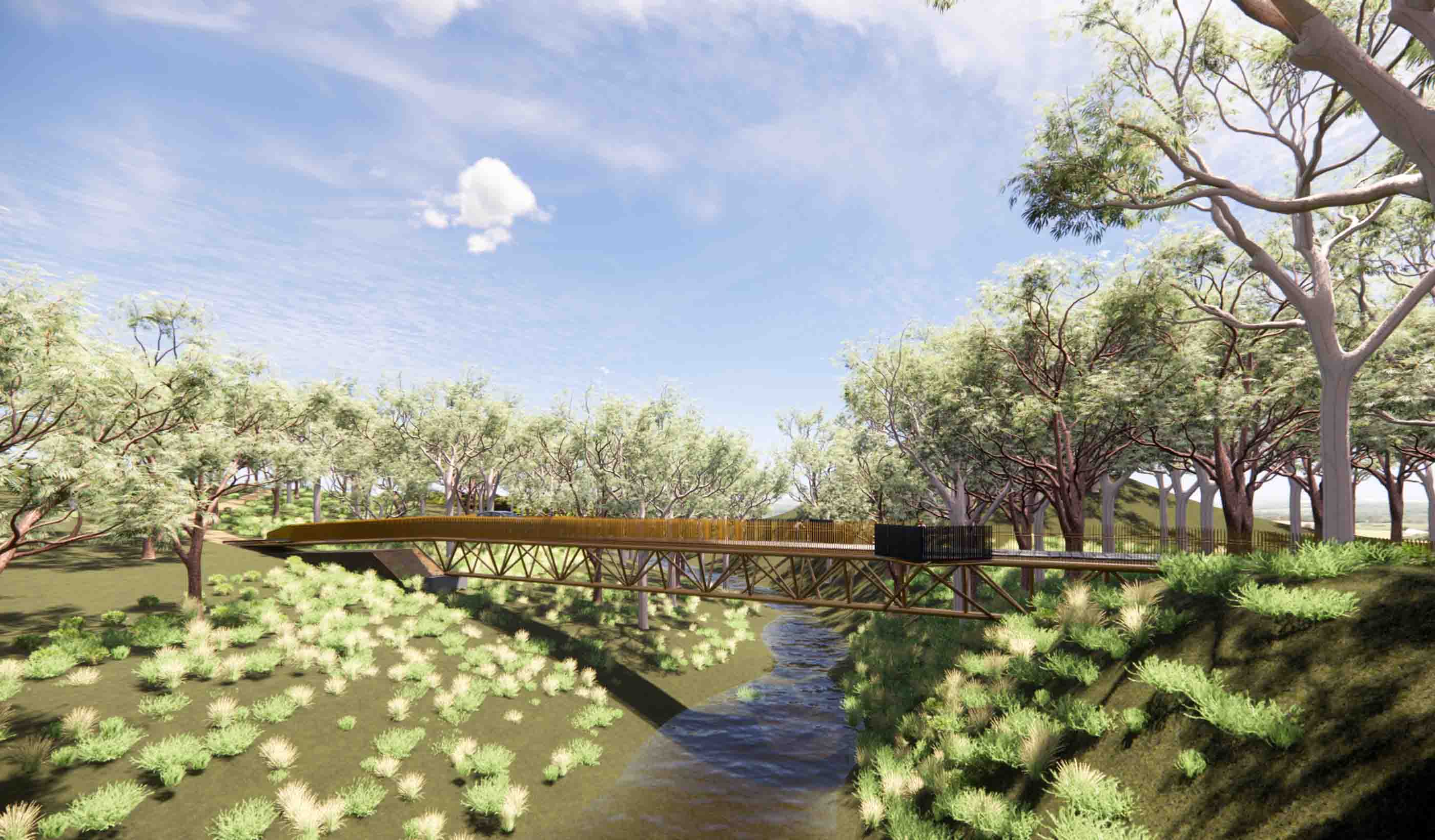
Blog Post Roundtable: Designing for green spaces and wellbeing to create healthier, happier places
-

Blog Post The future of data centre cooling in Australia: Why liquid is leading the way
-

Podcast The Defence Connect Spotlight: Managing dislocated design teams in a defence environment
-

Published Article Future bases: Defence industry embraces remote design and infrastructure collaboration
-

Blog Post Housing affordability in Australia: How we got here and how we can improve it
-

Blog Post The future isn’t fixed: Modelling wastewater infrastructure for a changing Australia
-

Blog Post Offshore wind farms in Australia: Renewable energy and artificial reefs
-
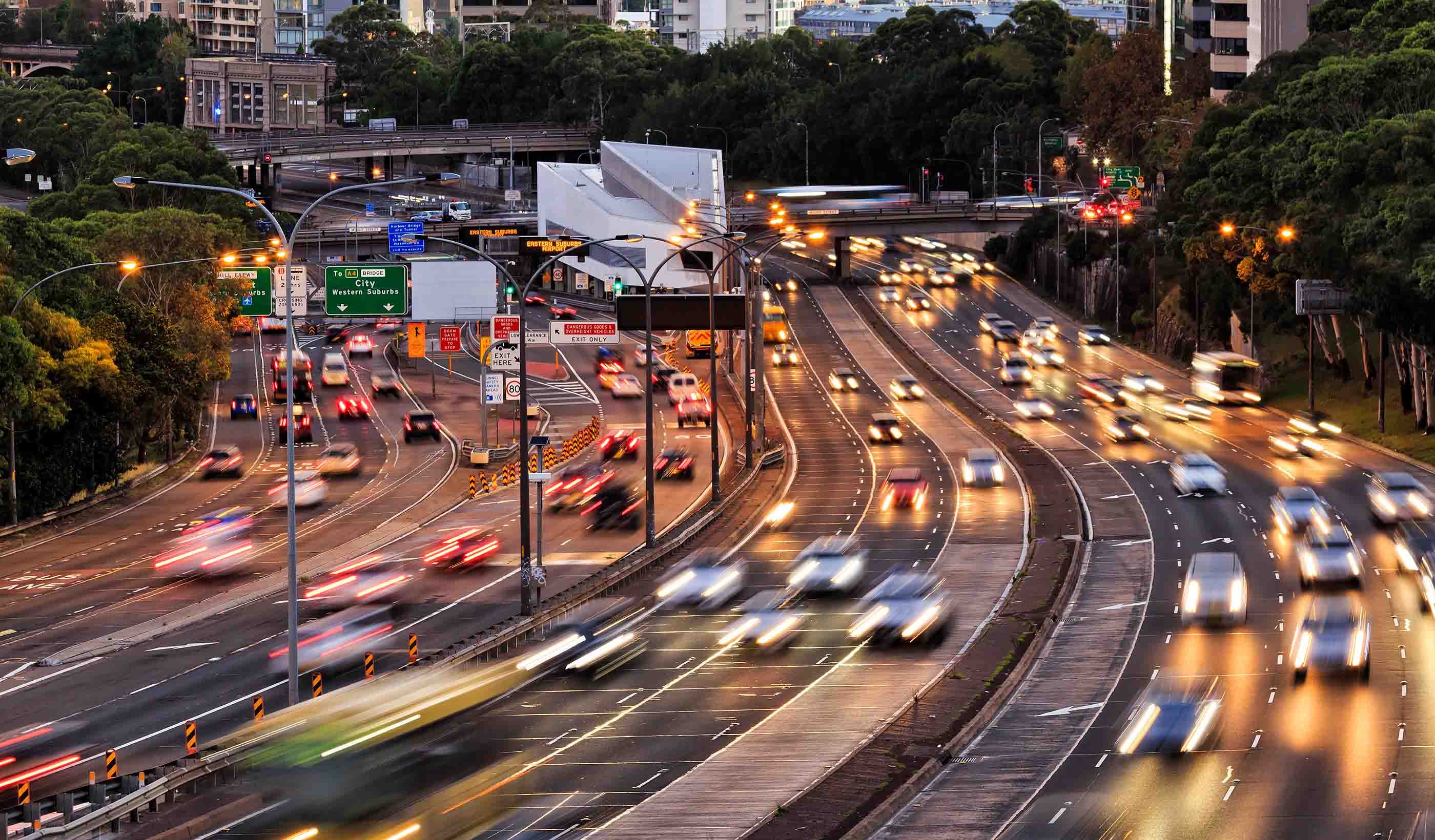
Blog Post The real risk of using AI in transportation? Not moving fast enough
-

Blog Post How can we create sustainable data centres in Australia?
-

Blog Post Harnessing data and technology: How smart campuses are shaping the future of education
-
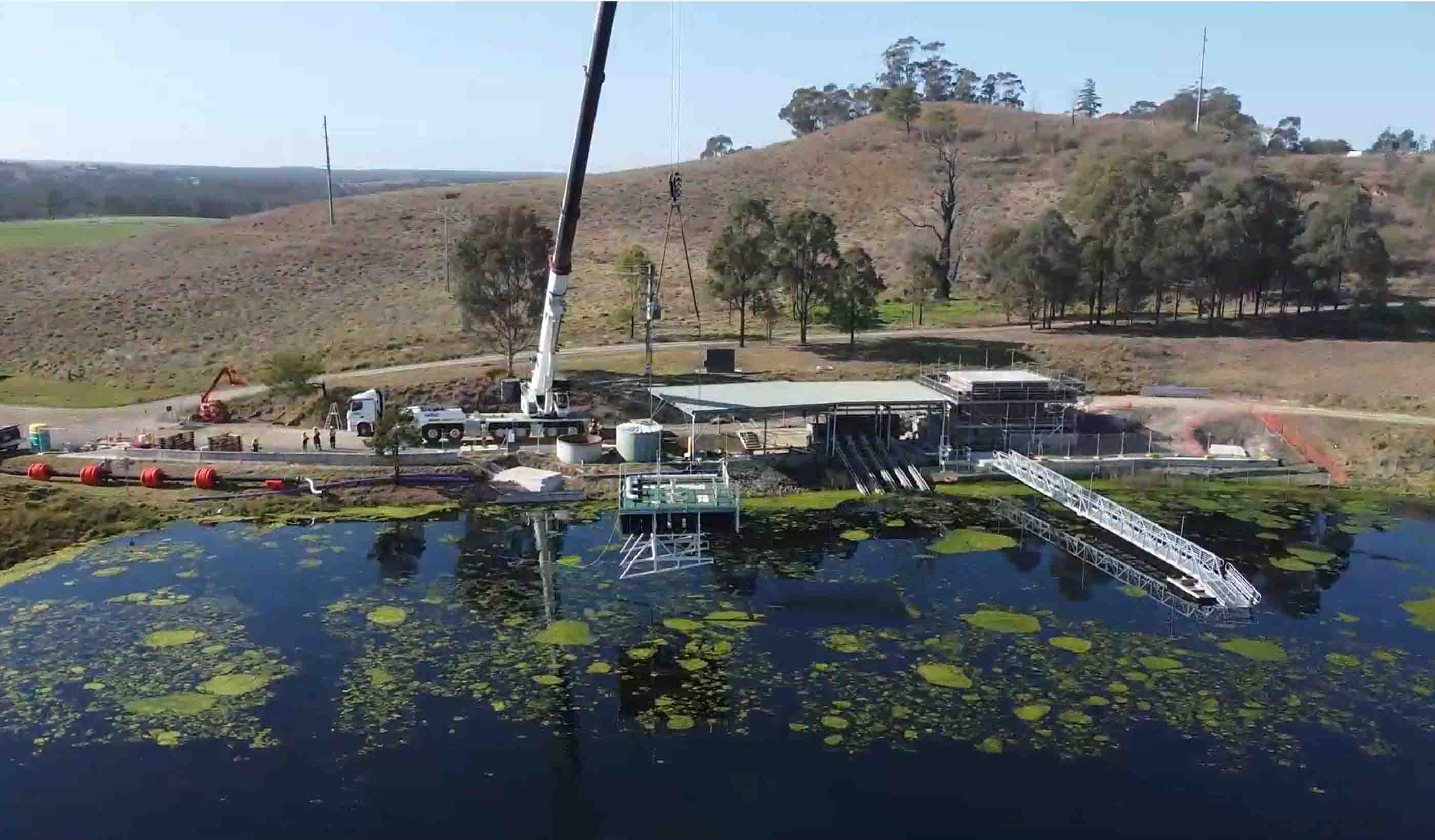
Video Sydney Water Regional Delivery Consortia—Western Region
-
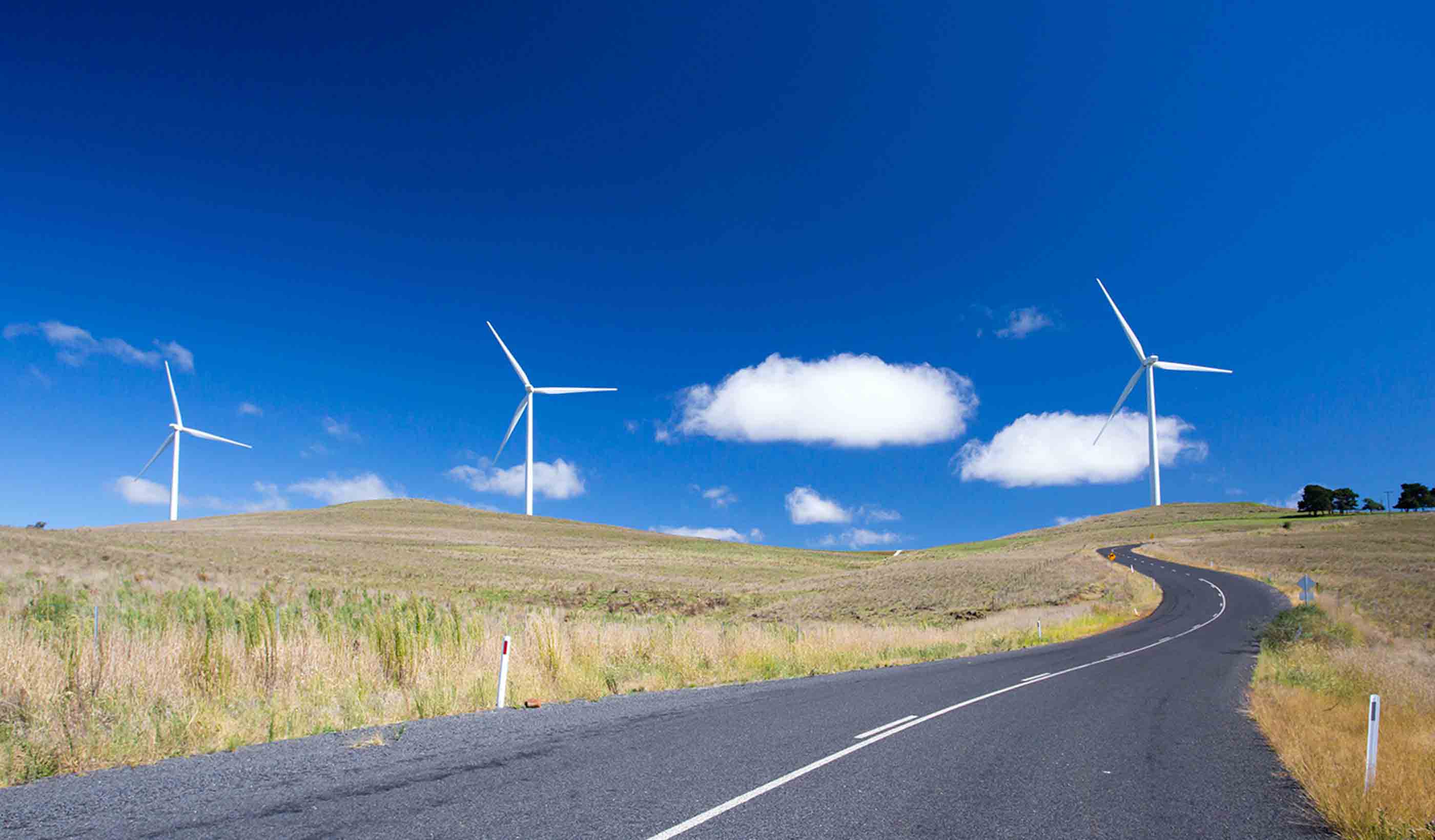
Blog Post Overcoming challenges in wind turbine transportation: Why route assessments are critical
-
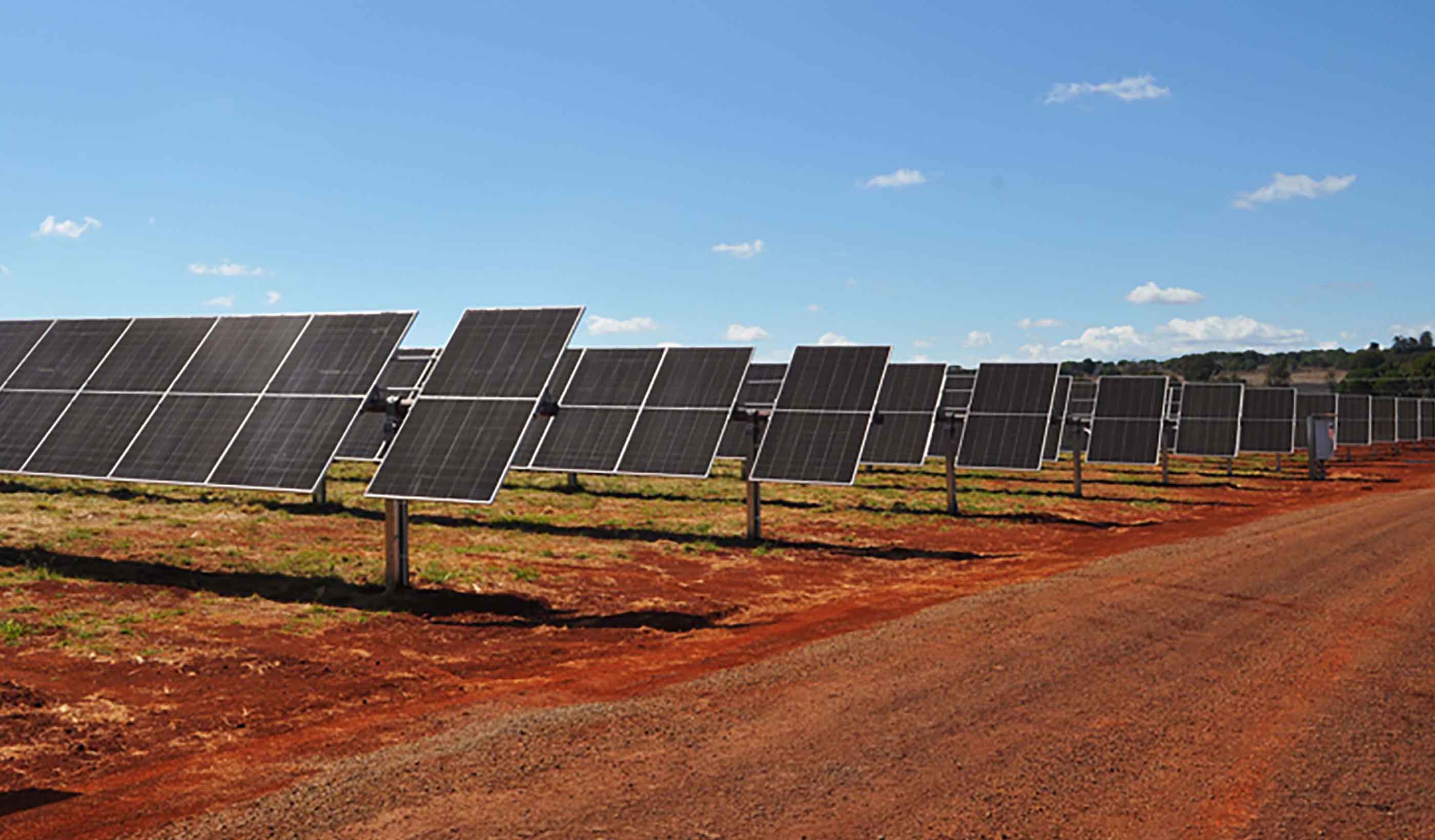
Blog Post Protecting solar farms from the elements: Geohazard mitigation for large-scale solar farms
-

Blog Post Developing sustainable mine-closure plans for legacy tailings-storage facility management
-
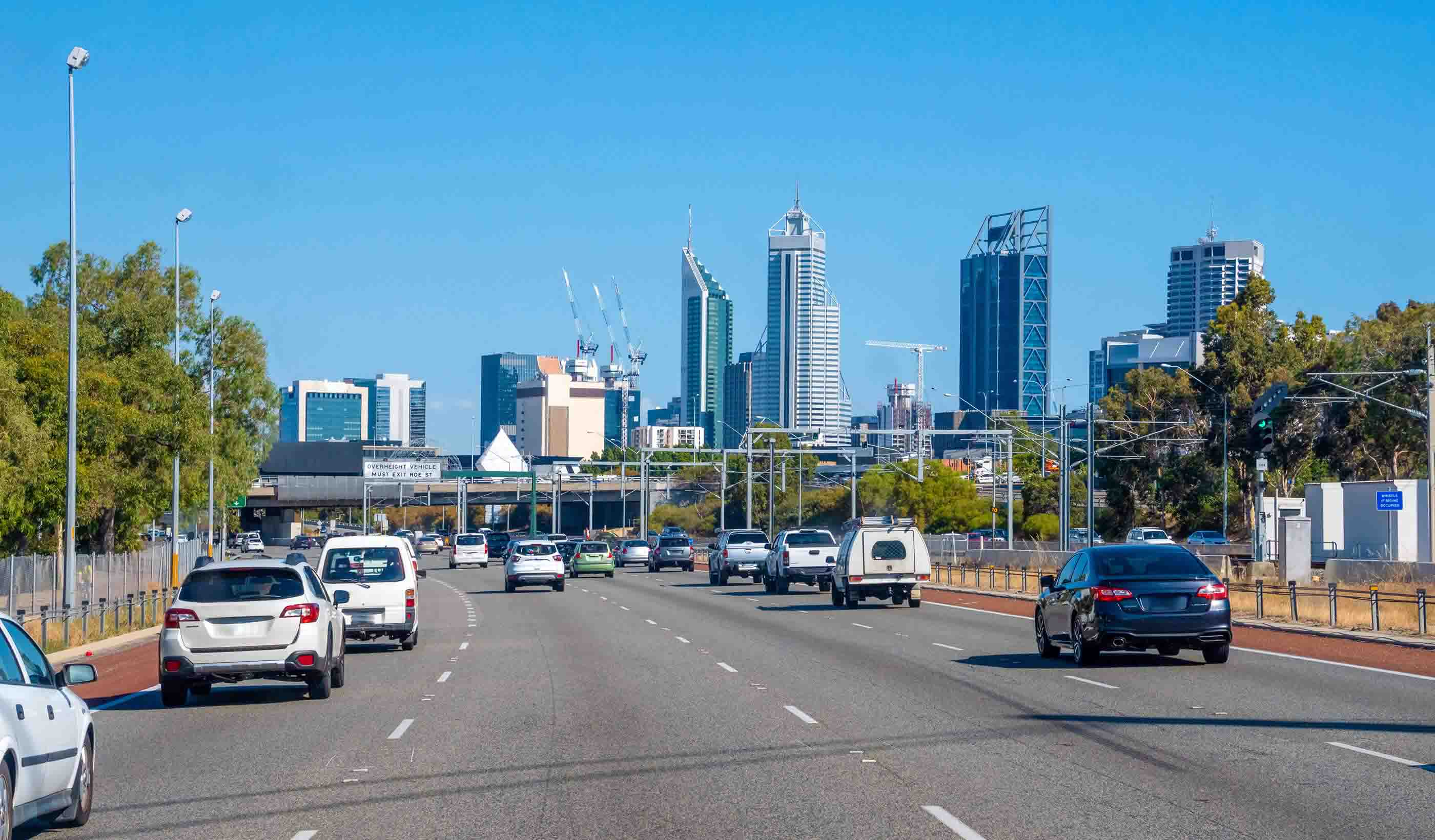
Blog Post Decarbonising road transport: Designing low-carbon and green transport corridors
-
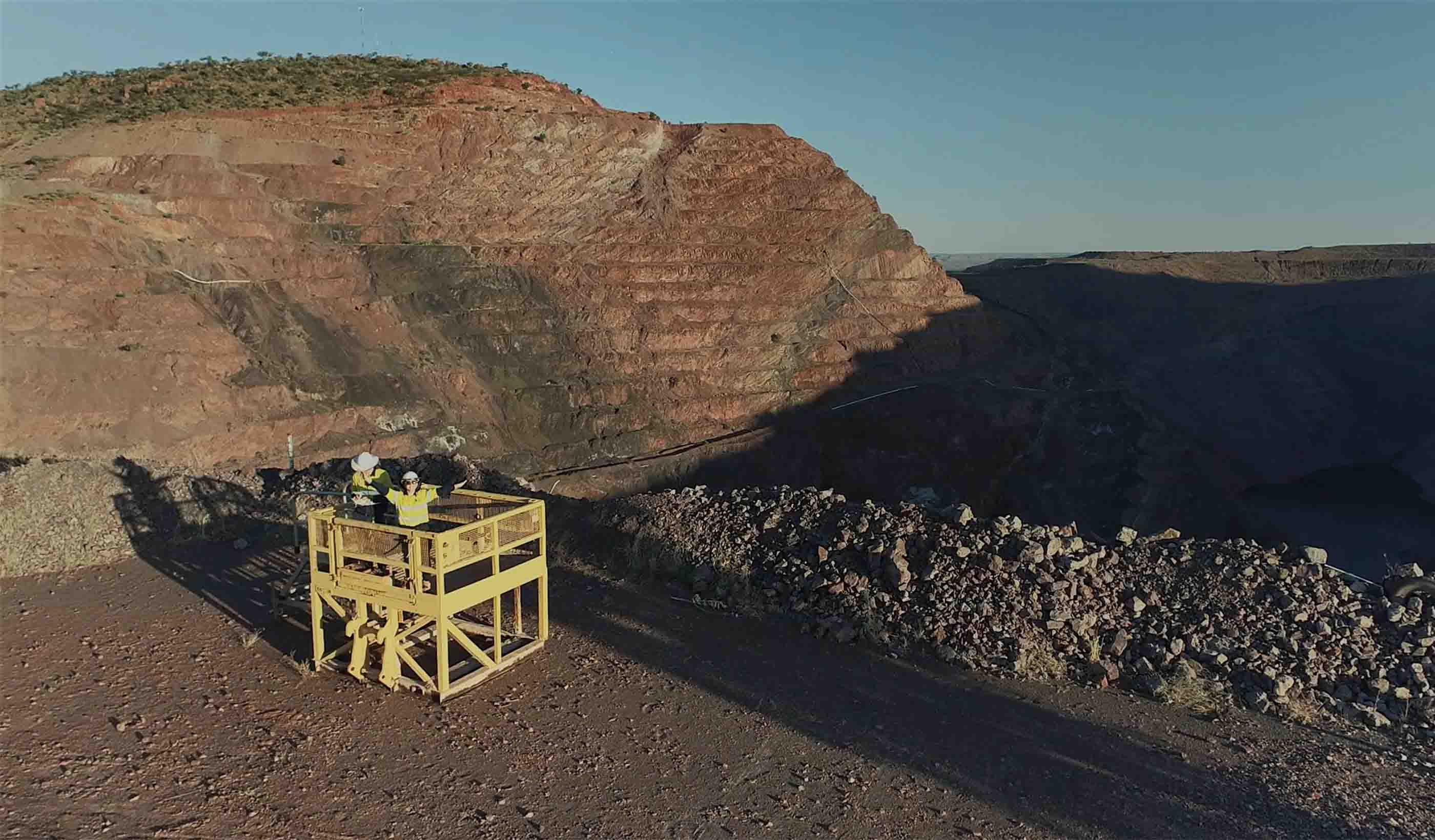
Video How drones are transforming mine closure and rehabilitation
-
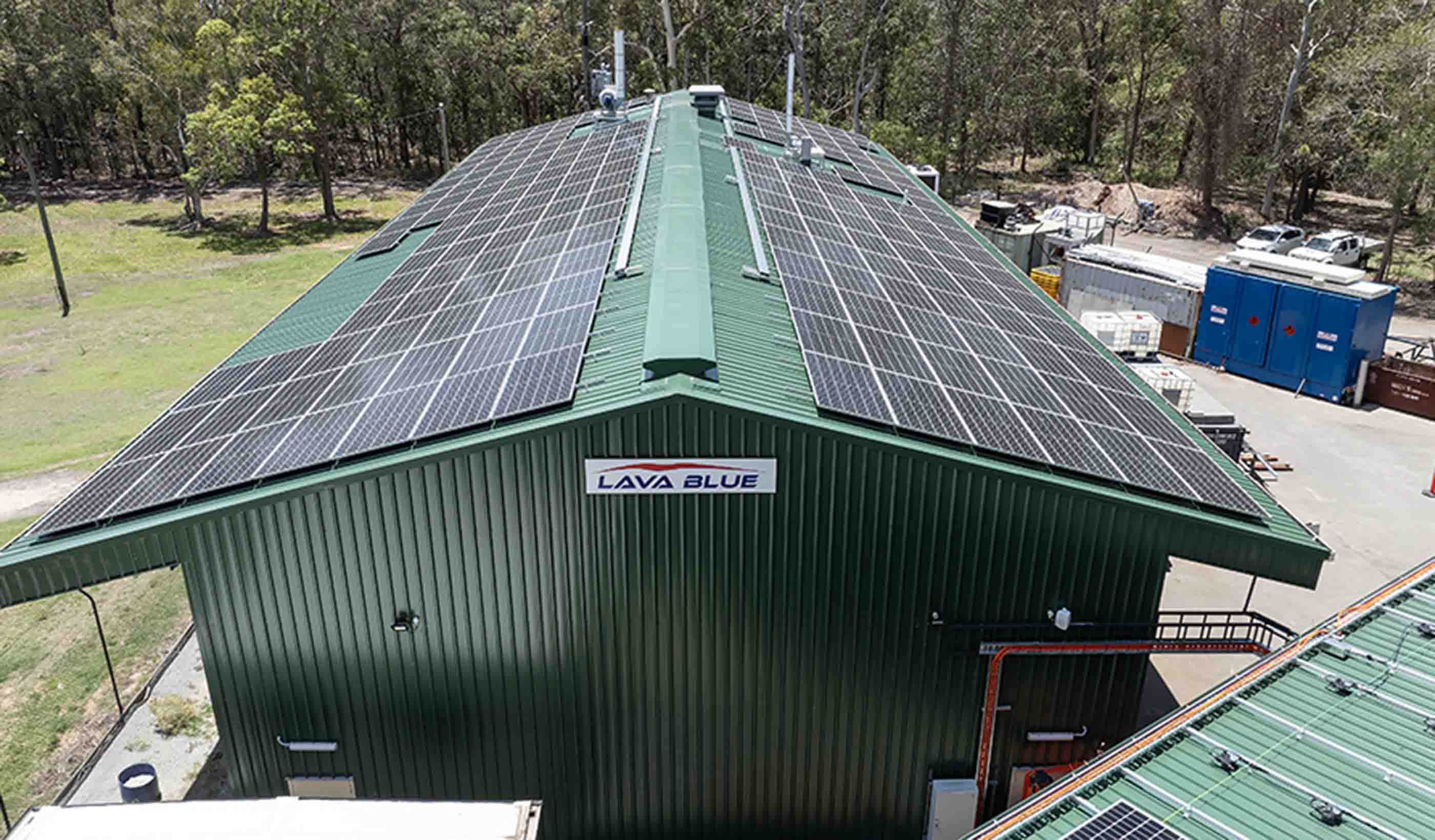
Published Article Rising to meet a critical future
-
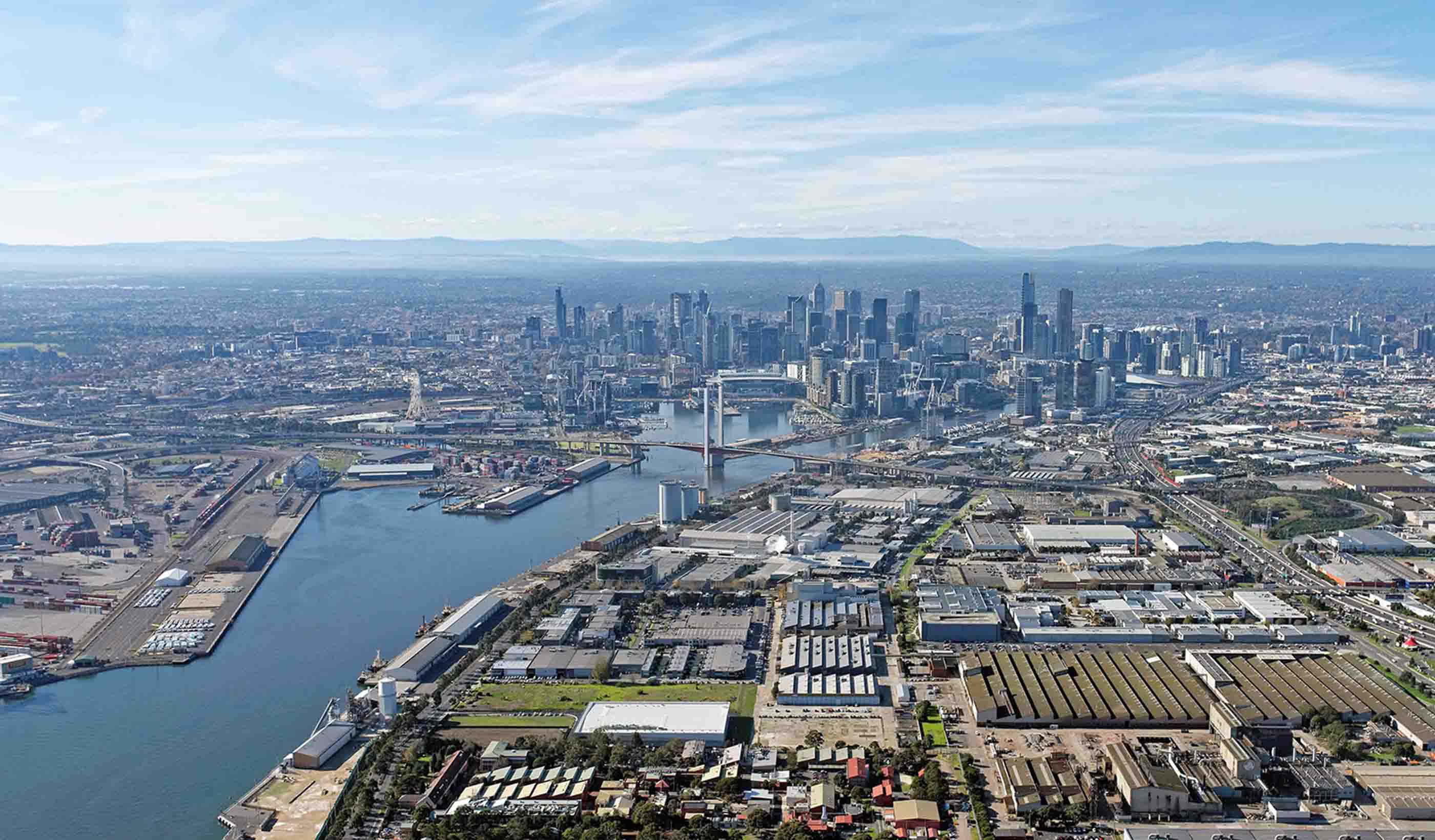
Blog Post Do we have the port infrastructure to support offshore wind development?
-
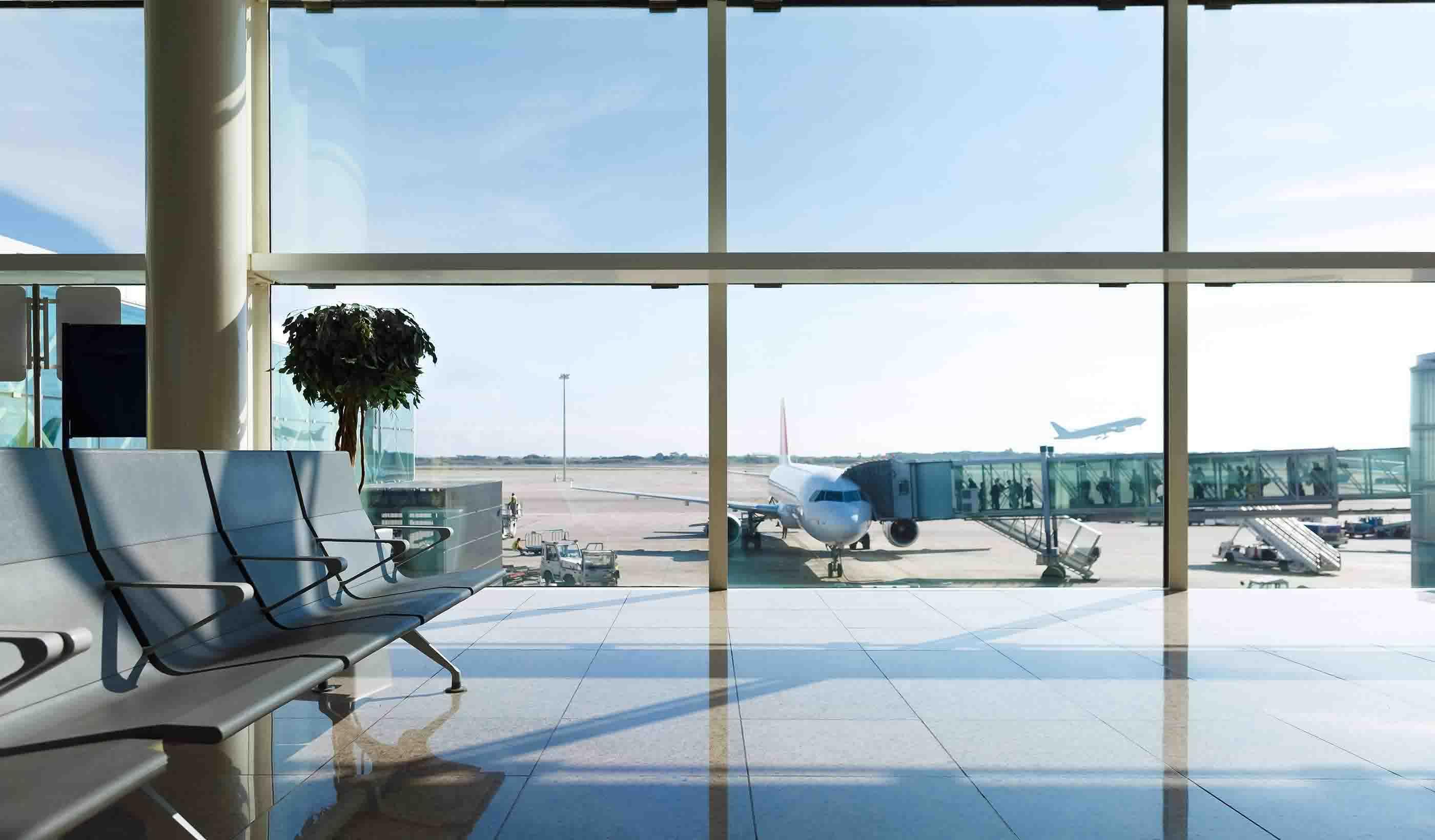
Blog Post Sustainable airports: How terminals can reduce carbon emissions for a net zero future
-

Blog Post Reducing shark depredation to support Cocos Islands economy and Australian marine ecology
-
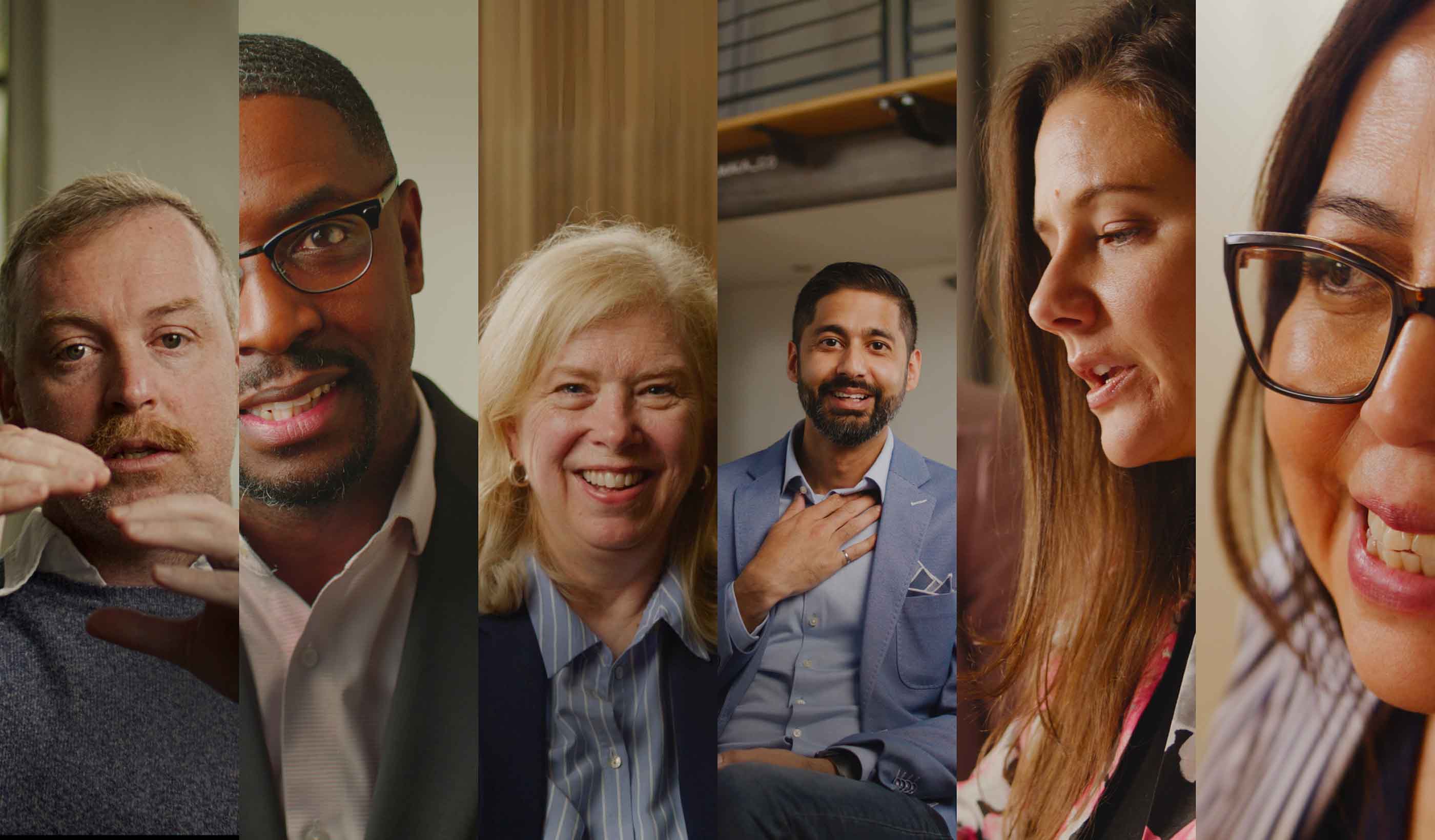
Video With every community, Stantec redefines what’s possible
-
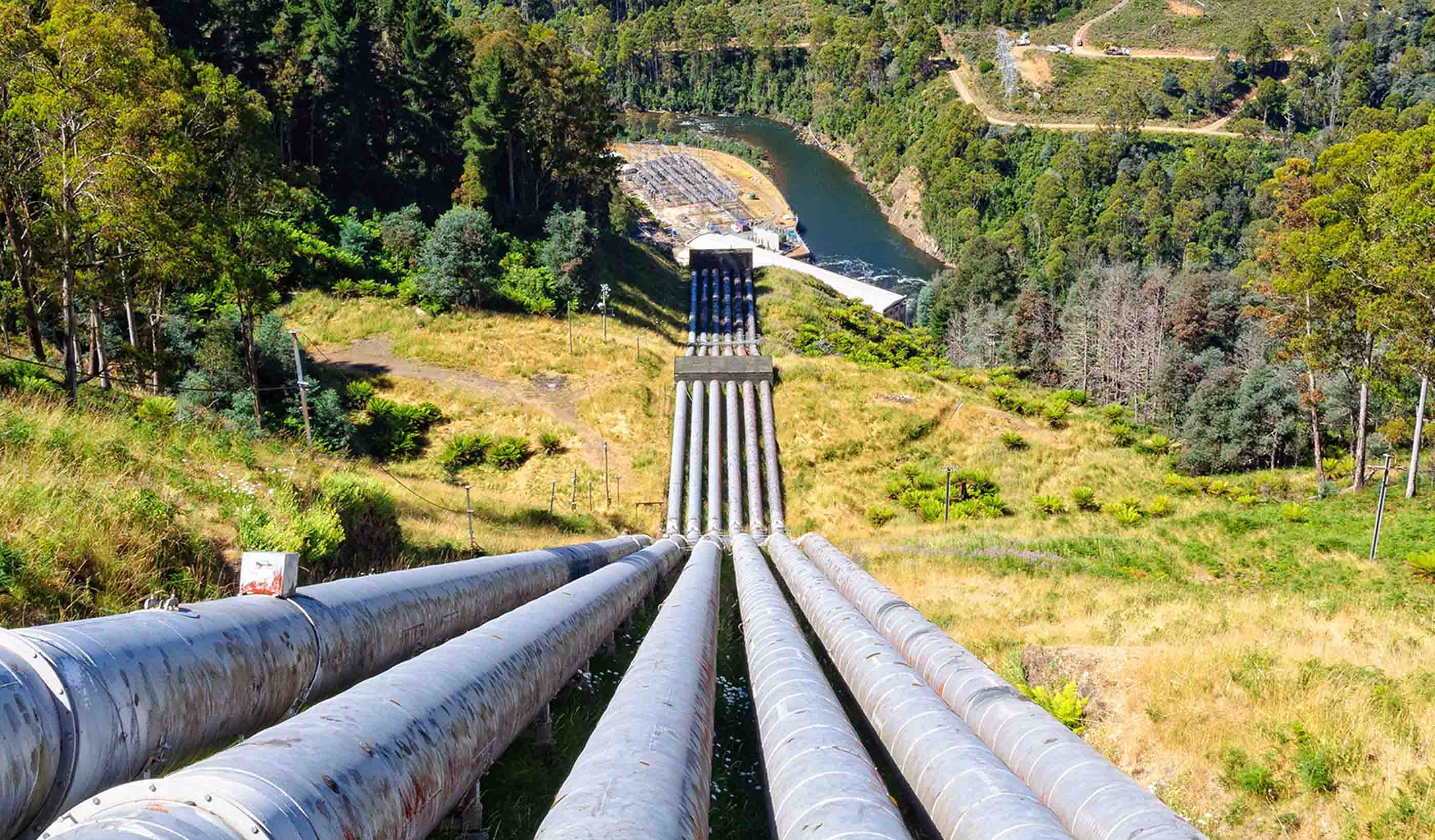
Blog Post Reinventing mine closure: Creating assets for the future
-
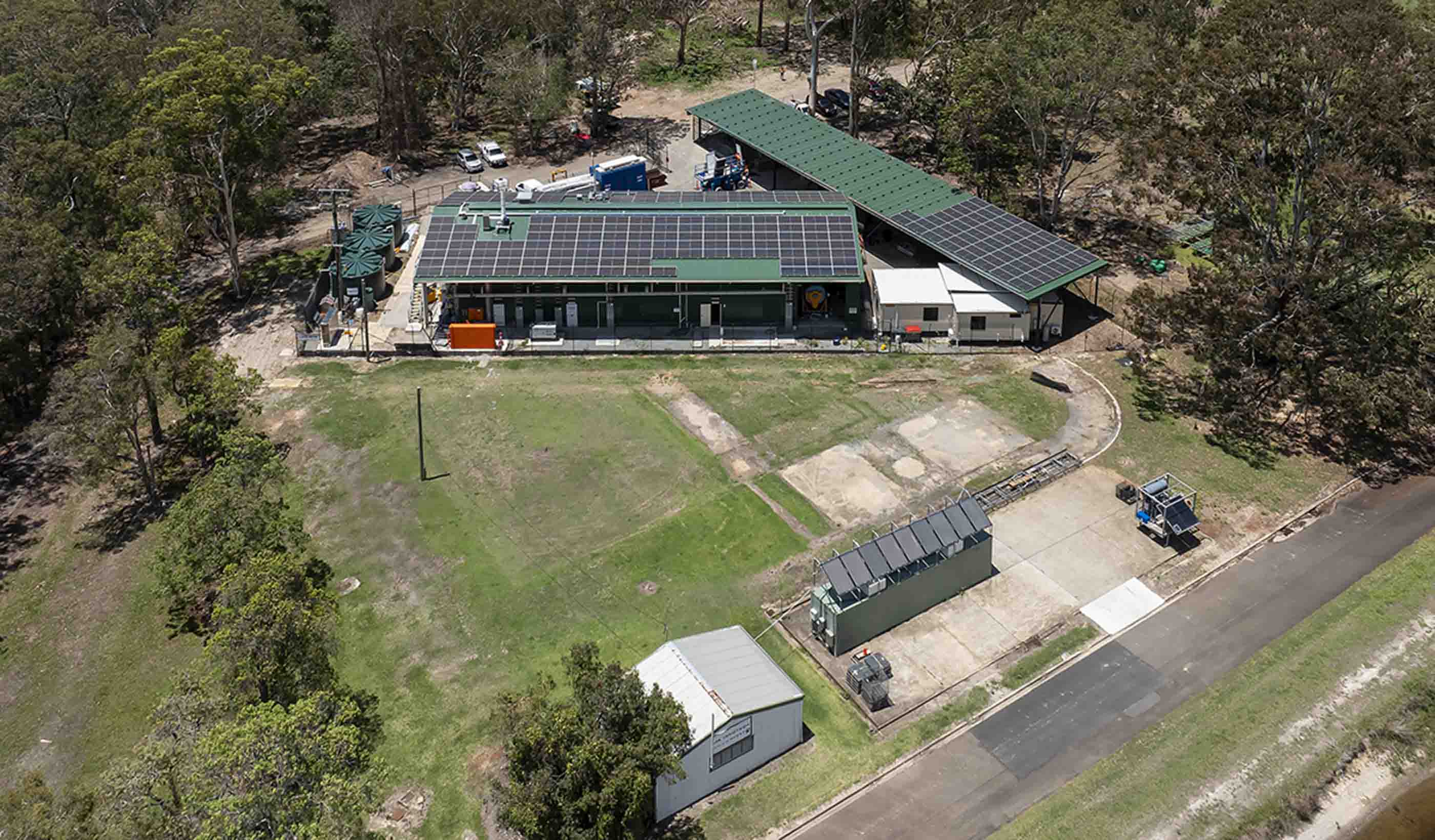
Blog Post Scaling up your critical minerals processing with demonstration plants
-

Blog Post From public health to disaster response: The case for a new approach to water management
-
![[With Video] Putting communities at the heart of transport corridor planning and design](/content/dam/stantec/images/ideas/blogs/025/sydney-street-adobestock-97535737.jpg)
Blog Post [With Video] Putting communities at the heart of transport corridor planning and design
-
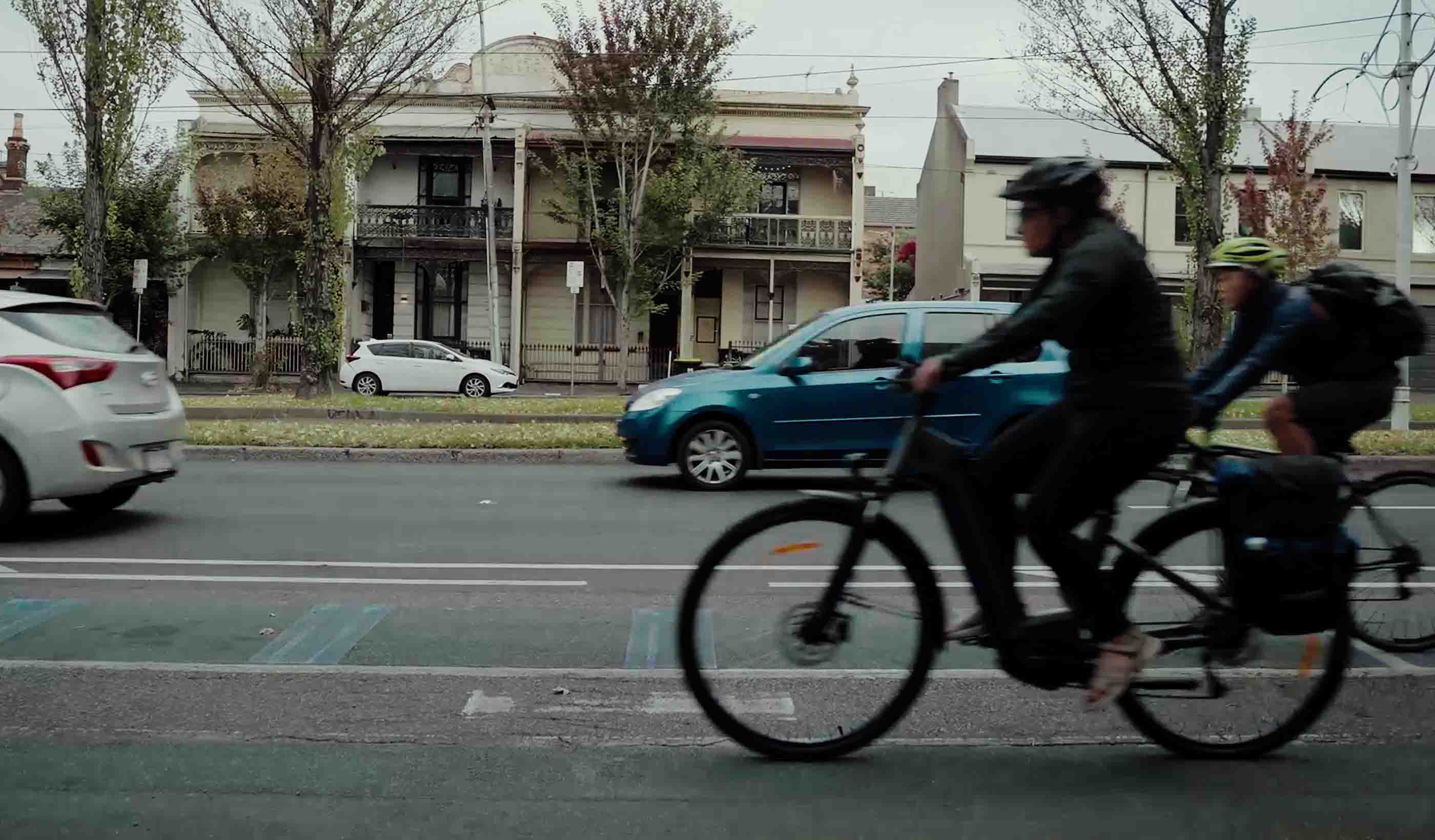
Video Putting sustainability at the heart of transport corridors
-
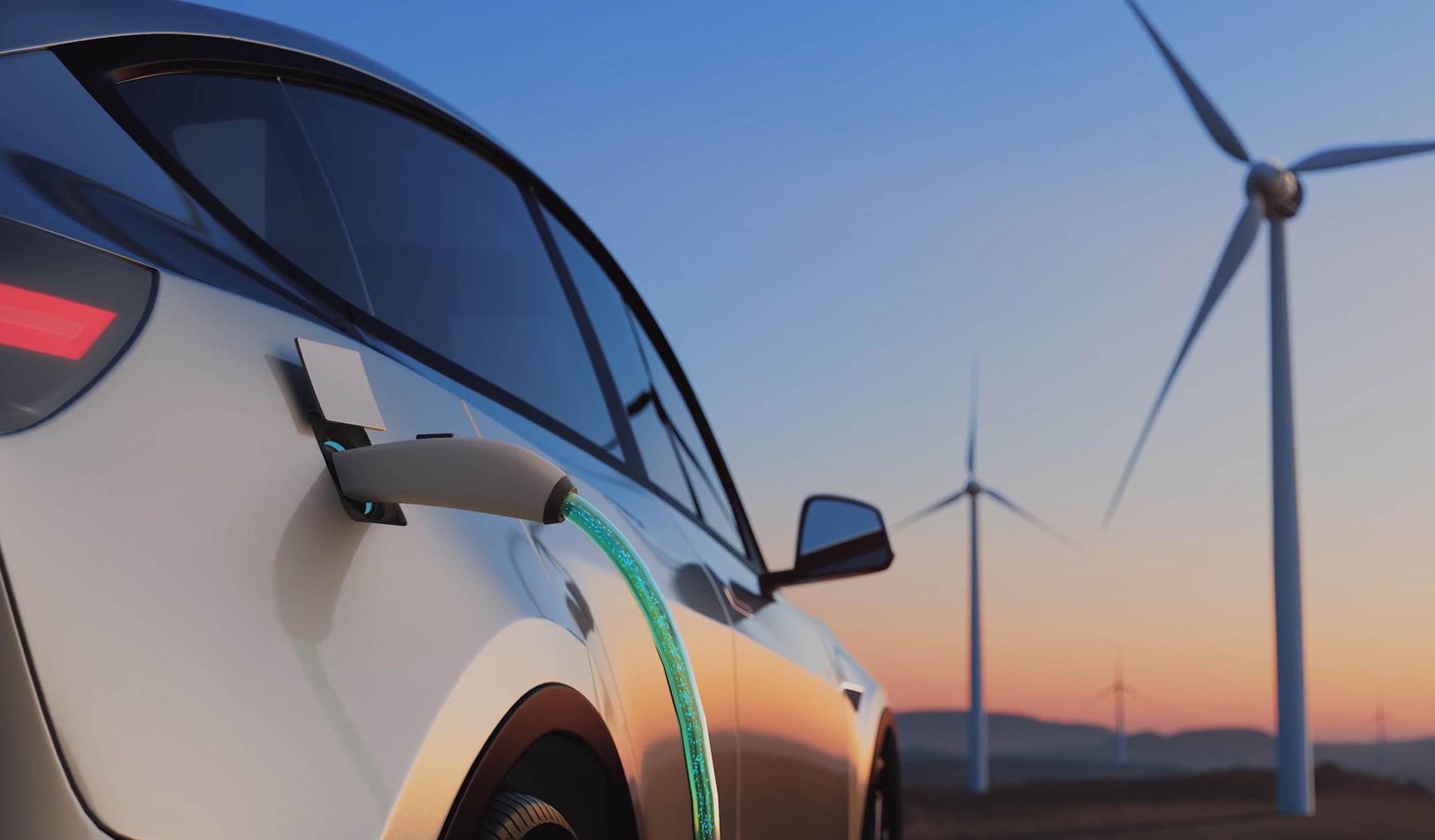
Video How we decarbonise the mining industry
-

Published Article Navigating the shifting solar energy landscape
-
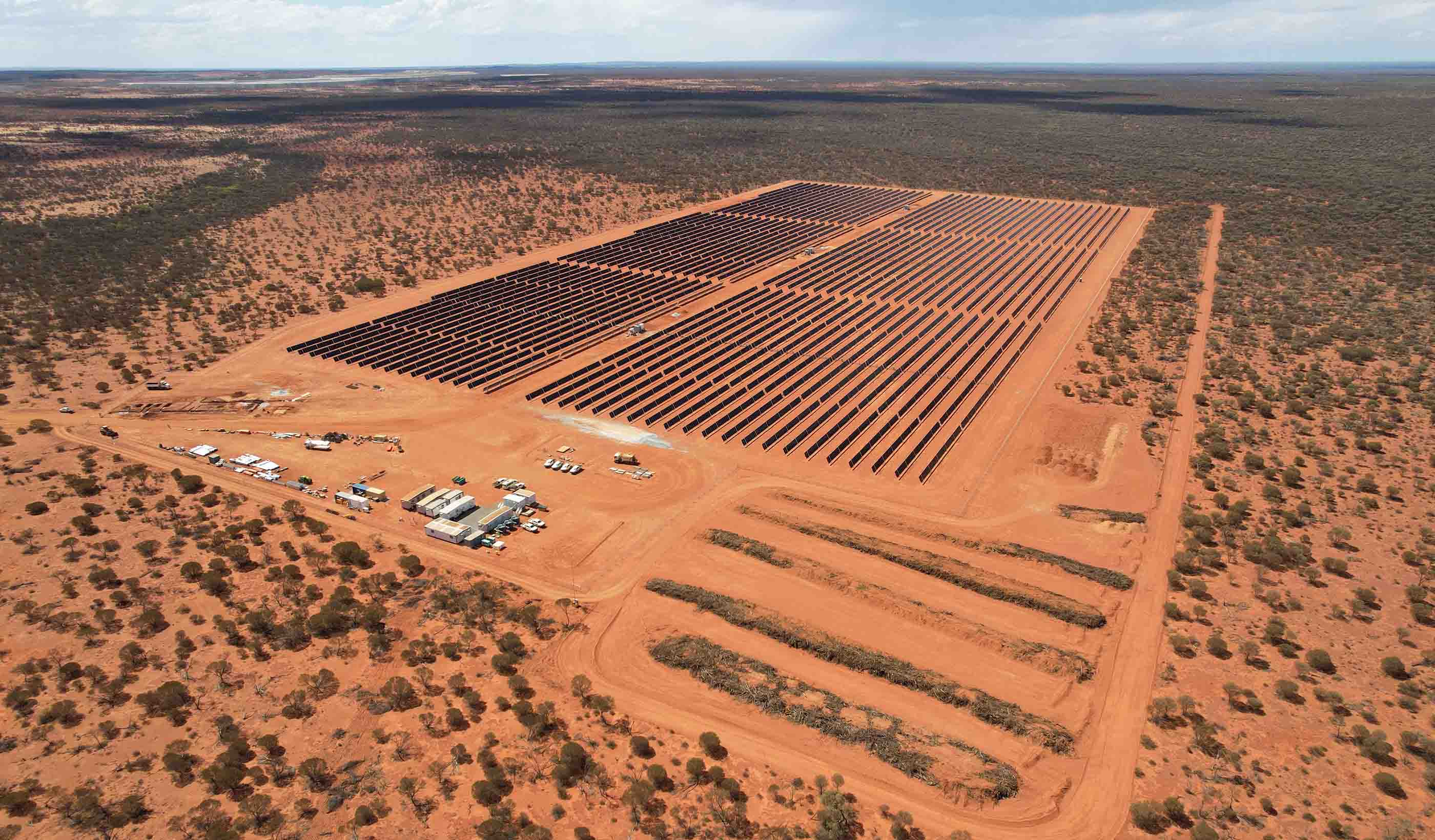
Blog Post A sustainable approach to readying critical minerals for decarbonisation
-

Blog Post Can we recycle captured carbon to produce green hydrogen and biomass?
-

Blog Post Offshore wind farms in Australia: How do we assess their impacts?
-
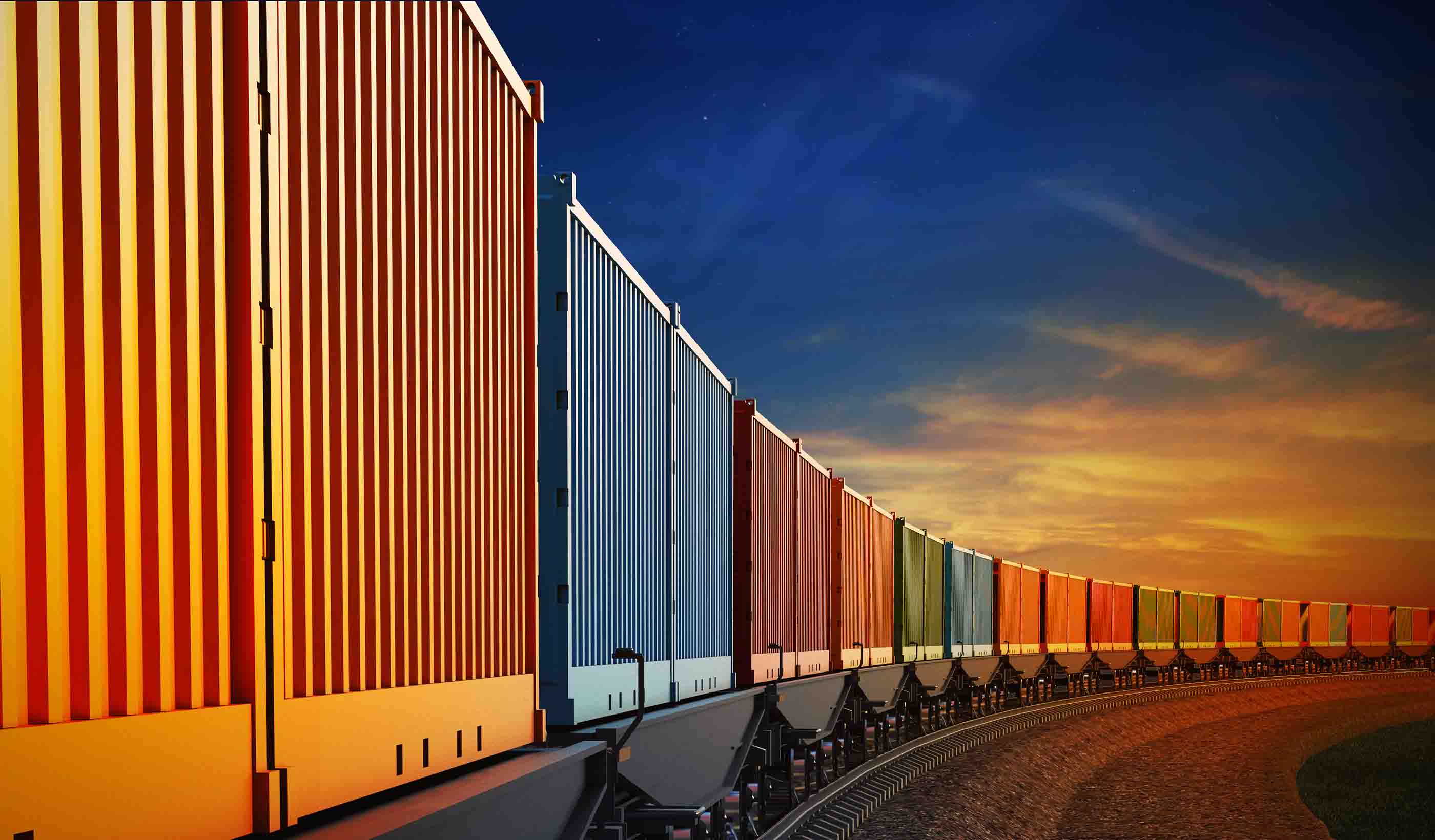
Podcast Stantec.io Podcast: The Rail Episode
-

Blog Post Global aquaculture trends: How the right approach helps offshore farms flourish
-
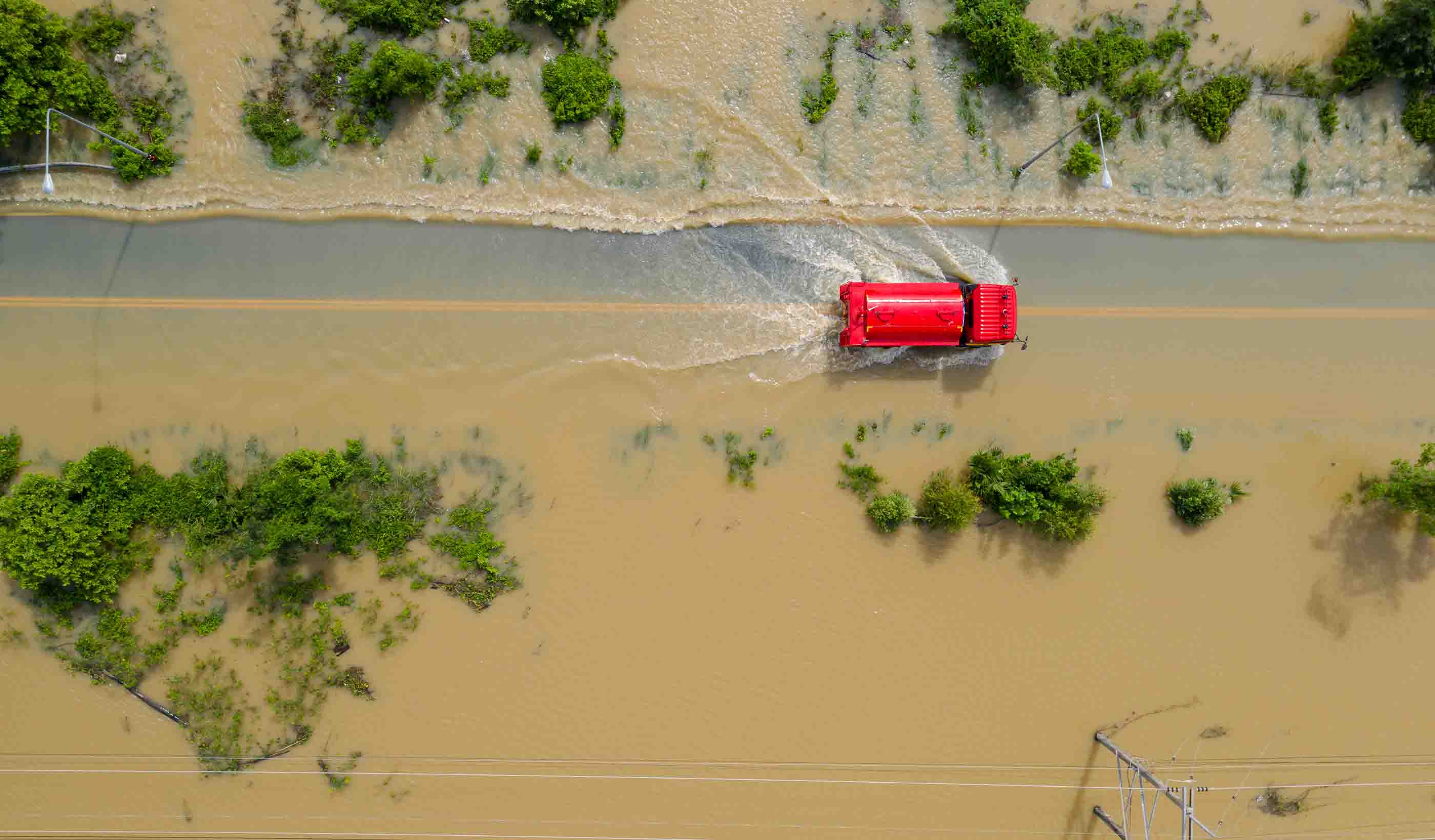
Published Article Accurate flood classifications are critical to keep our communities safe
-

Podcast Making the right digital investments to achieve a zero-cost future
-
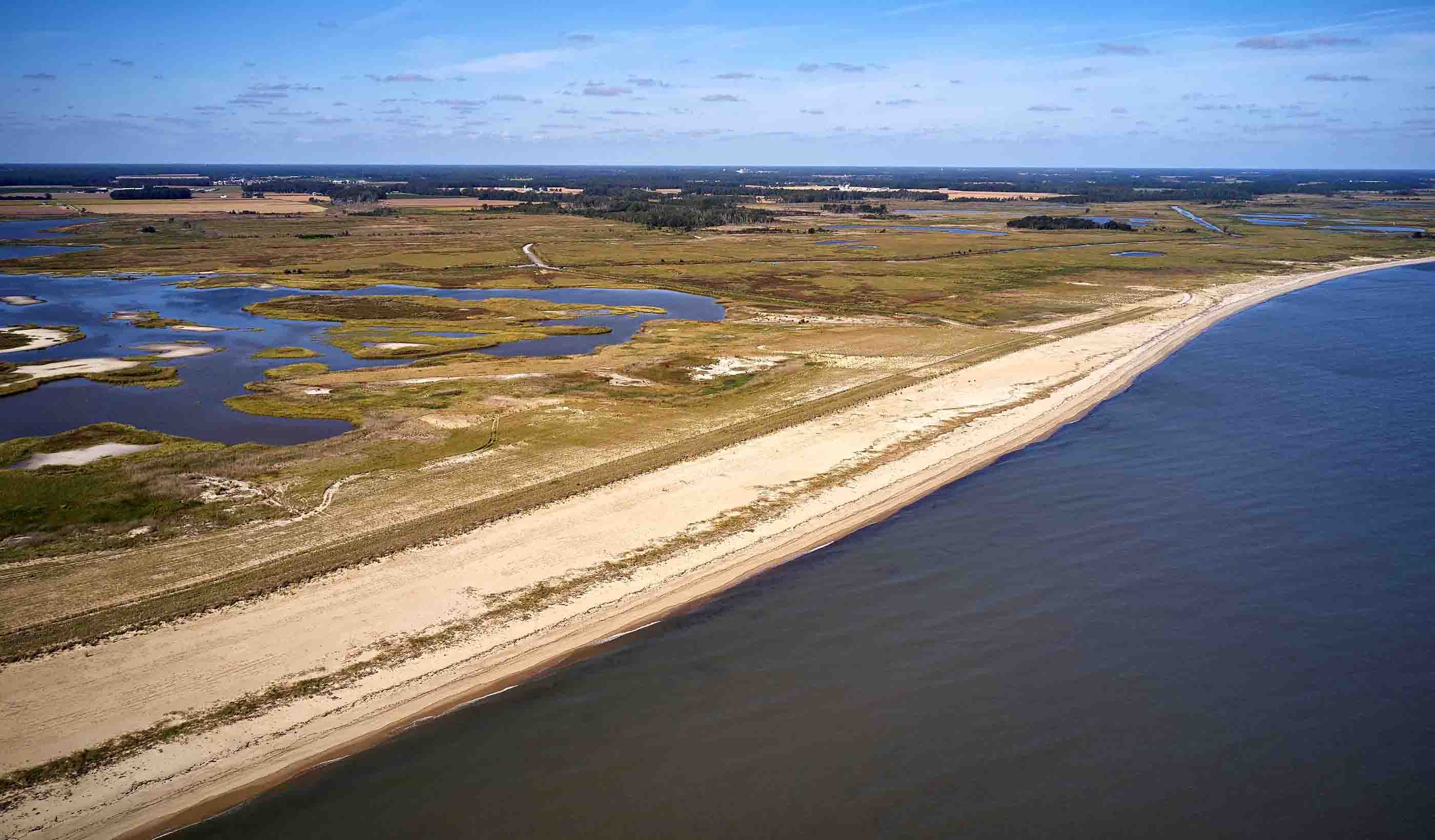
Blog Post Carbon capture methods: How can we capture and remove carbon from our atmosphere?
-

Blog Post 100% renewable energy: Making that commitment count
-
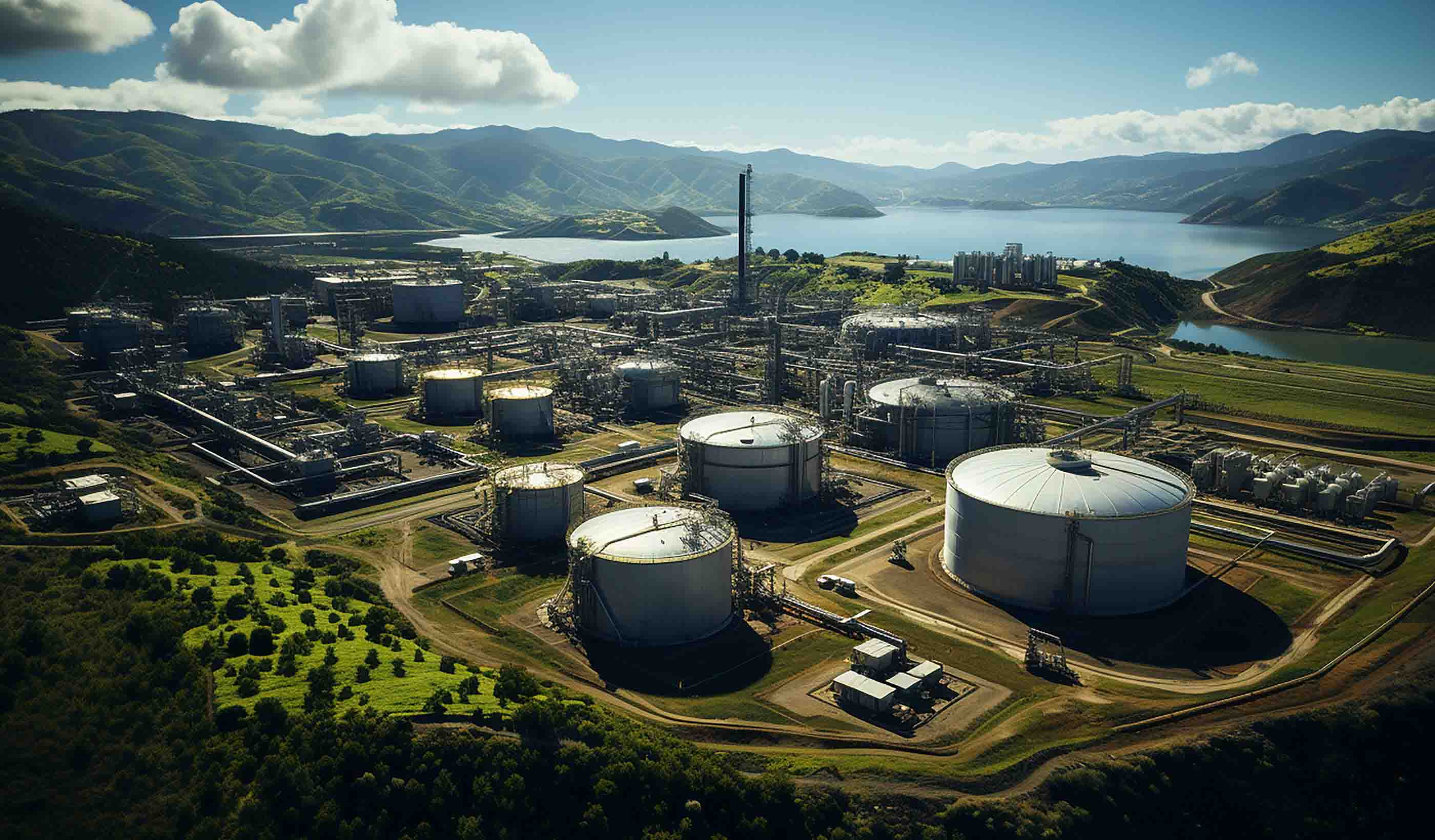
Blog Post So, you’ve captured carbon effectively. Now what?
-

Published Article Quieting the chaos: the importance of building acoustics in hospitals
-
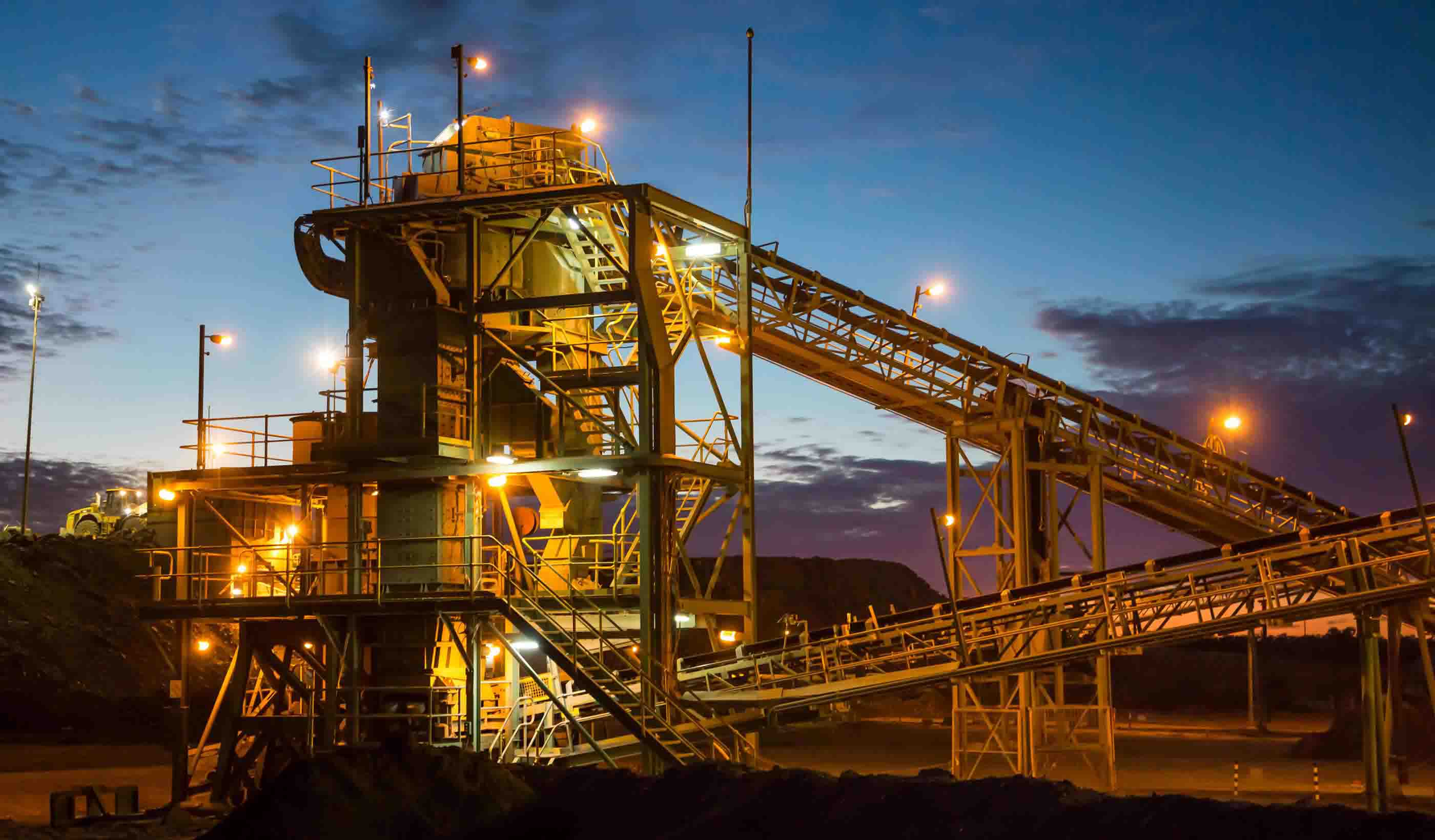
Webinar Recording Mineral processing through a sustainability lens
-

Blog Post Desalination: Leveraging the potential of seawater to provide drinking water
-

Blog Post Solving for H: 4 challenges hydrogen experts are working to resolve
-

Published Article Embracing ‘genuine value engineering’
-
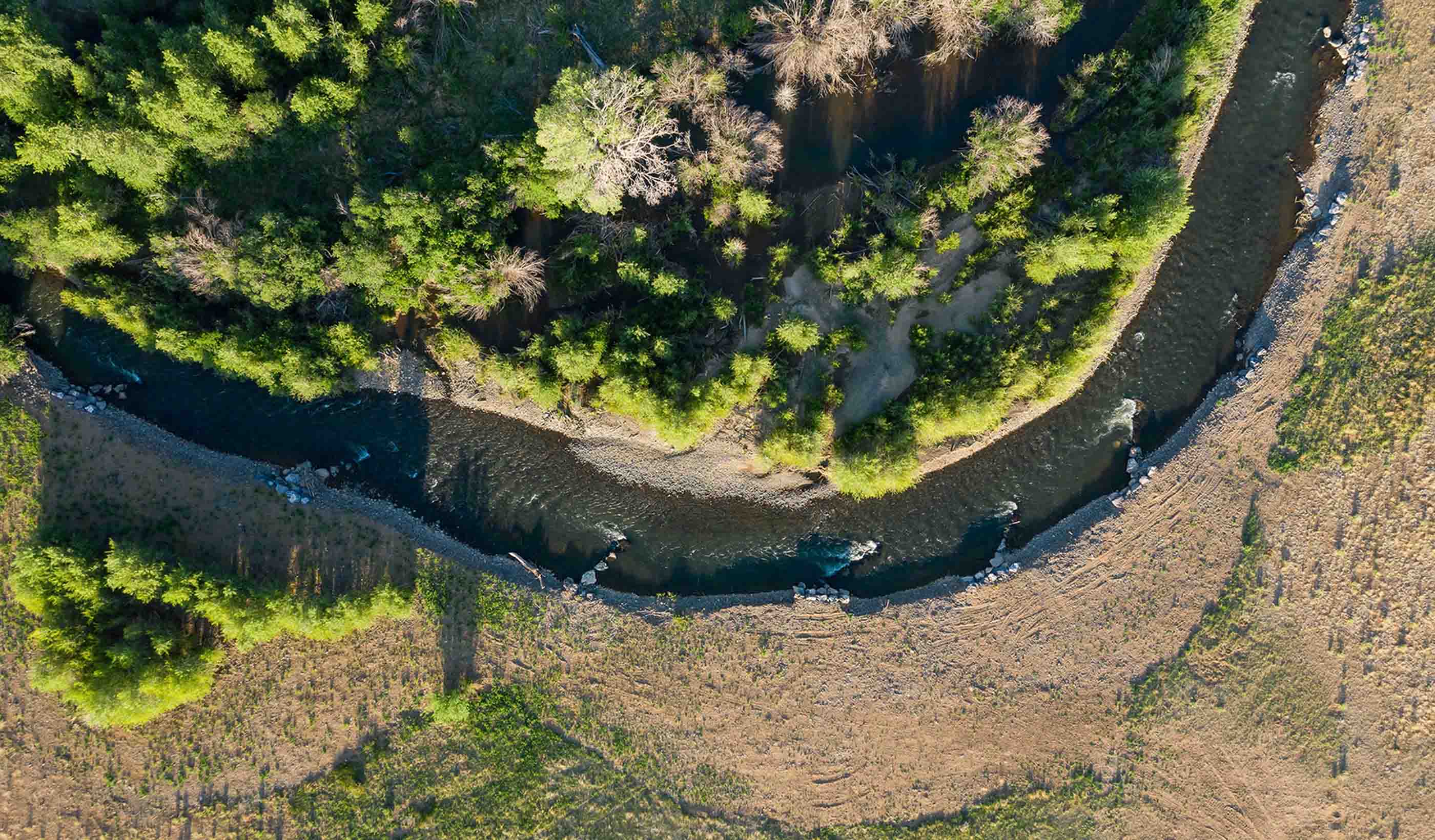
Blog Post Stream restoration is critical for mine rehabilitation
-

Published Article ChatGPT fuelling data centre boom
-
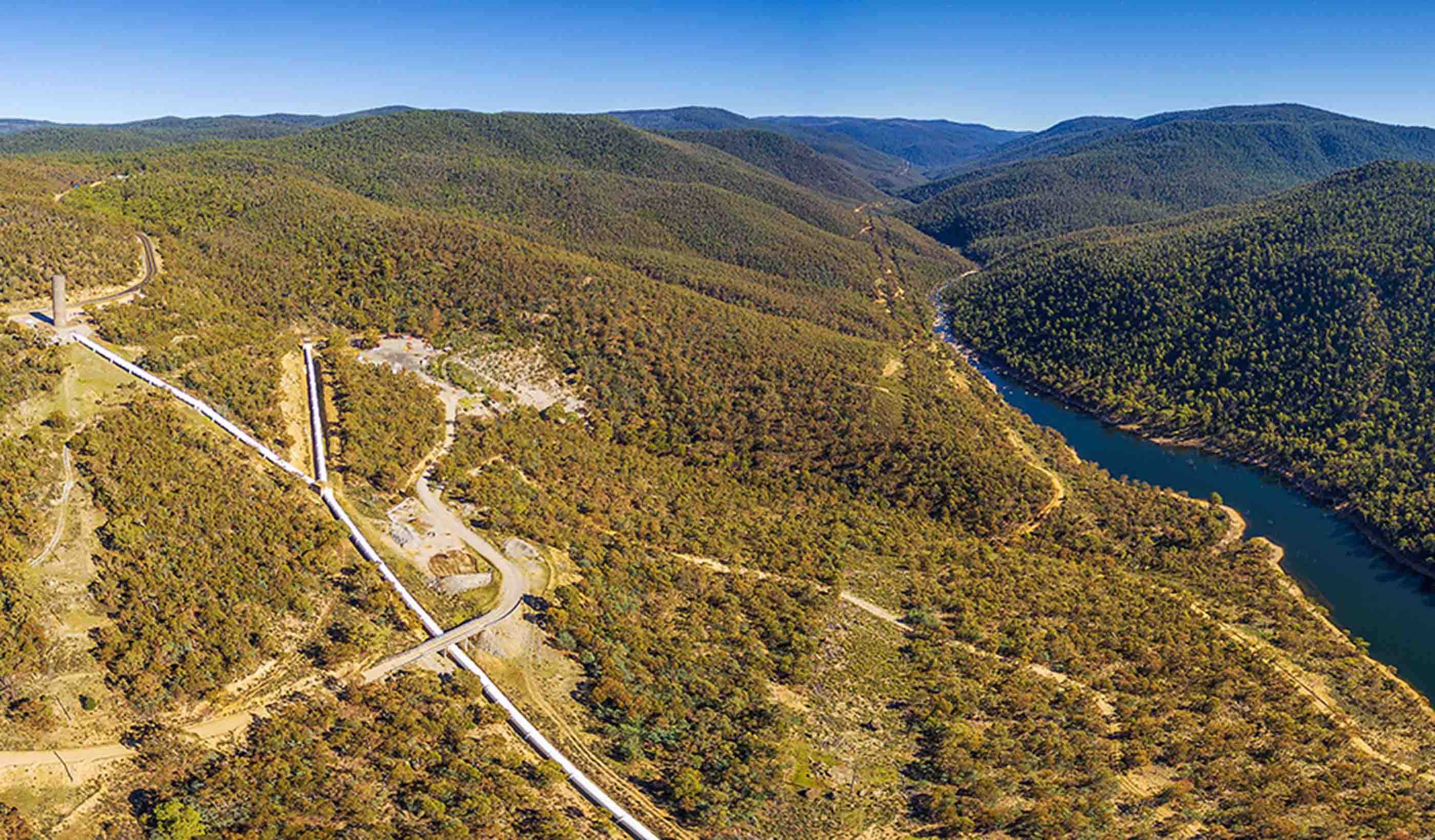
Blog Post Trust and asset management—lessons from the energy crisis
-
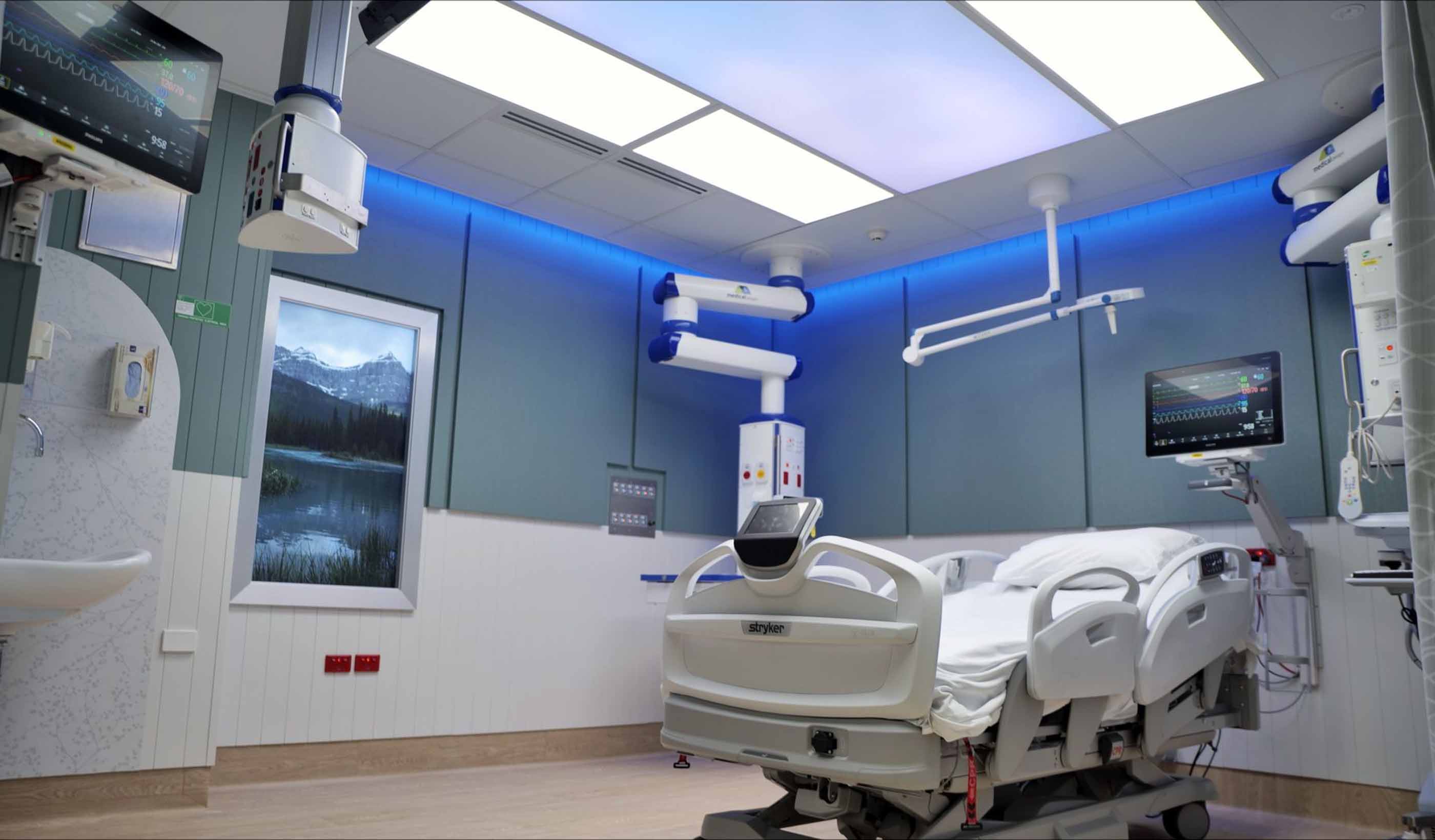
Blog Post Reshaping ICU bedspace into a calm, comfortable environment where patients thrive
-

Published Article Questioning Convention – Disease Transmission in Australian Buildings
-
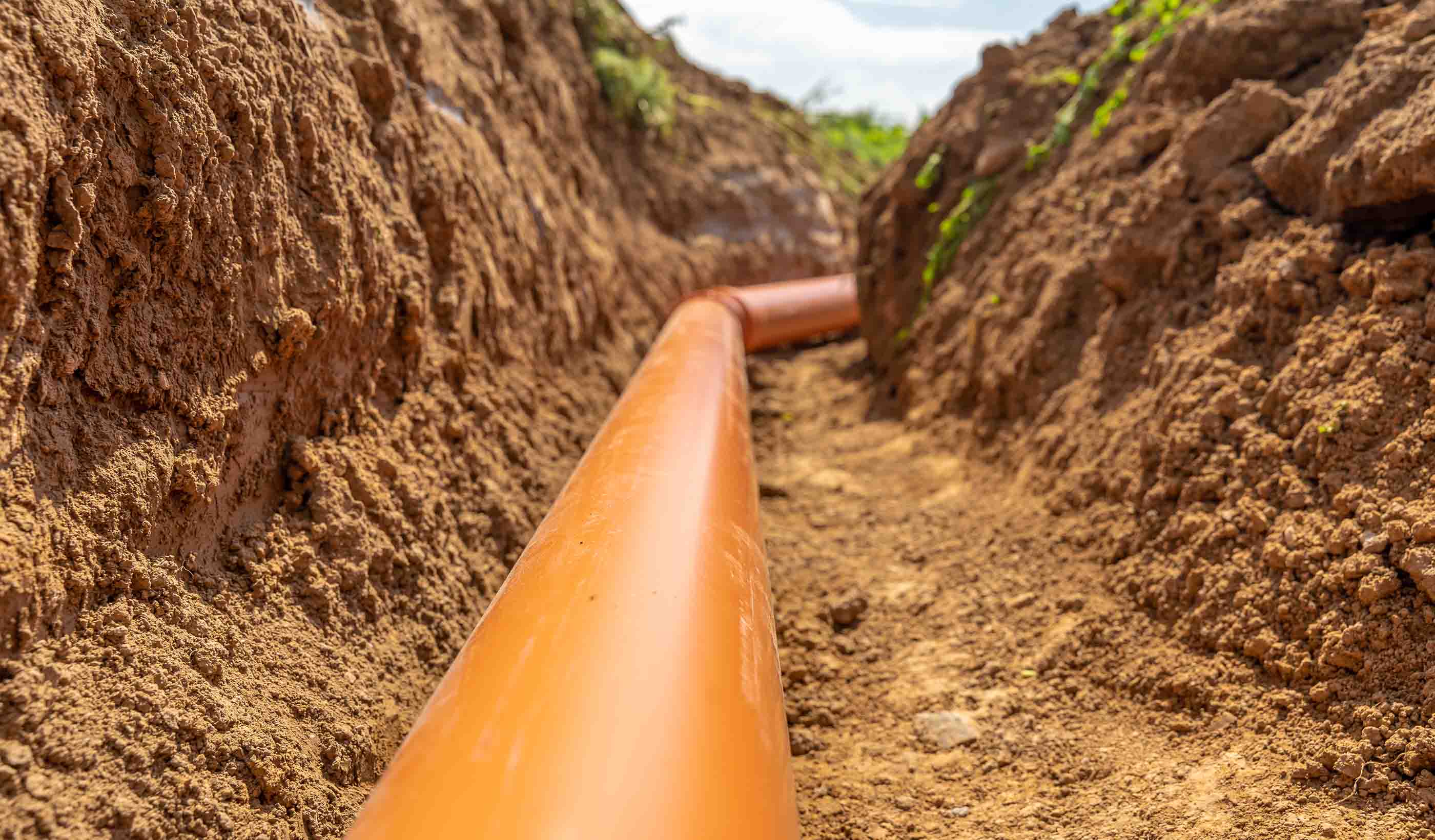
Published Article Subsurface Utility Engineering: Are you AS5488 safe?
-
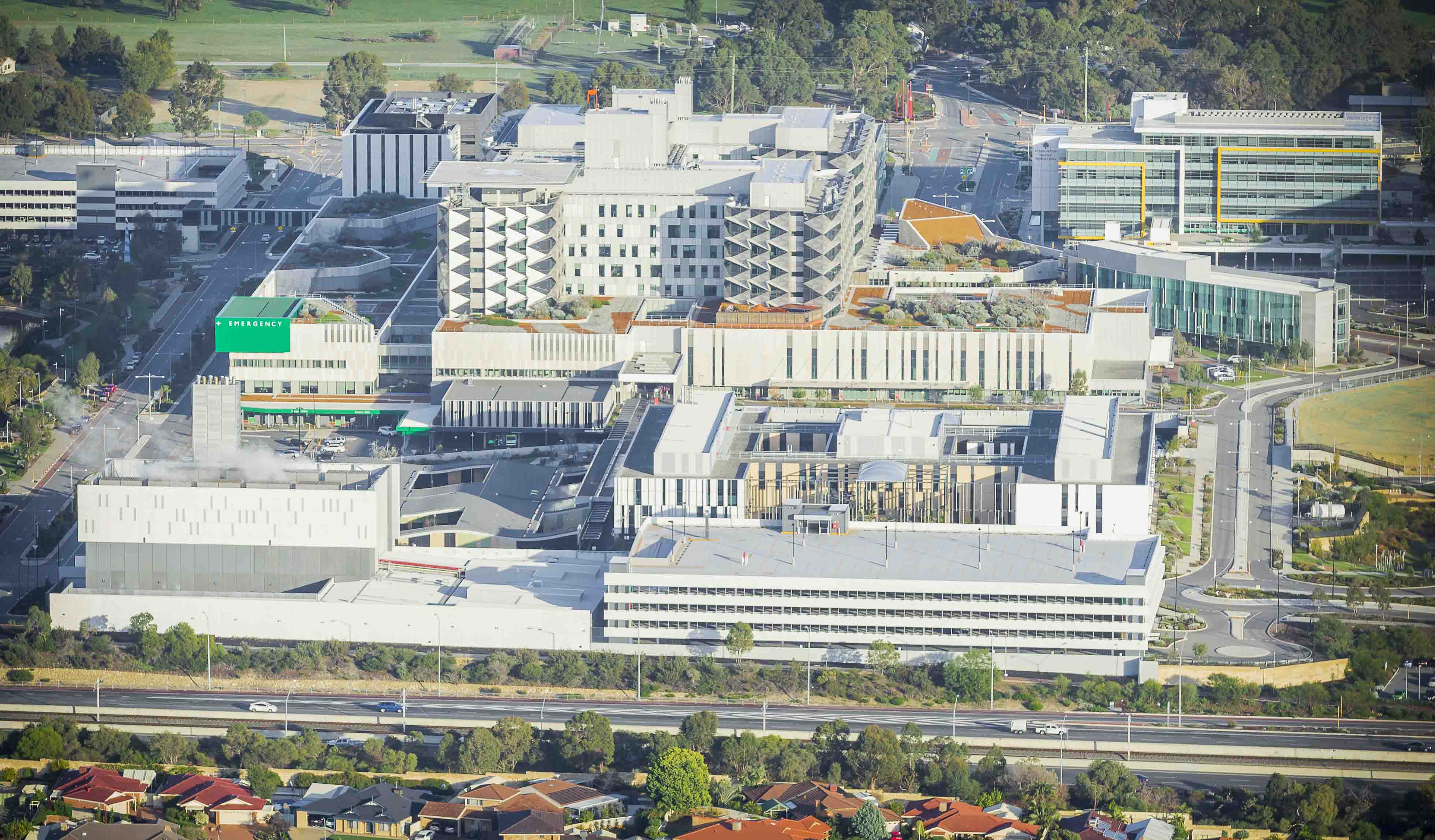
Published Article Why healthcare masterplanning needs engineering masterminds
-

Webinar Recording Sustainable mine closure and rehabilitation, responsibly caring for land
-
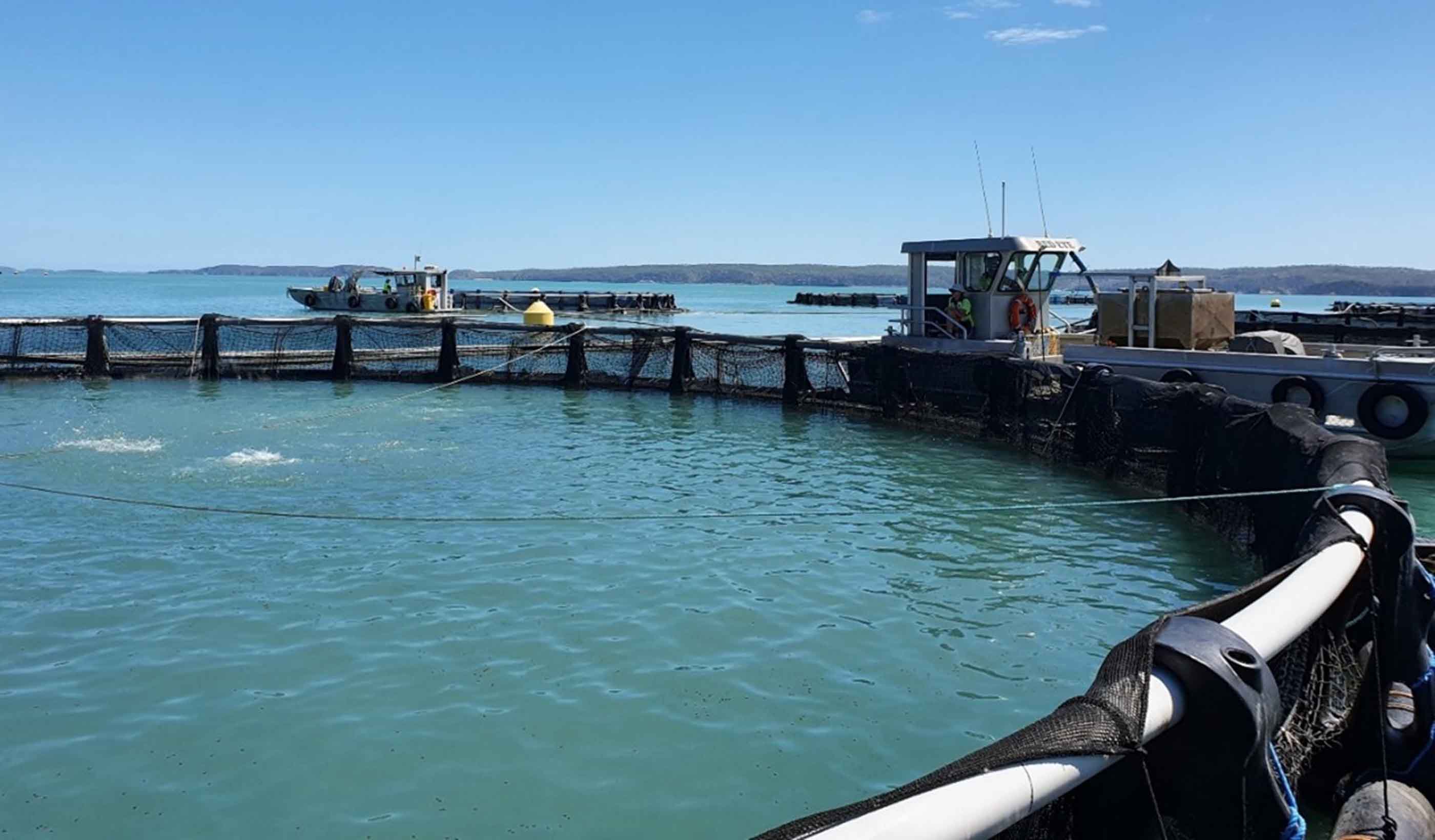
Blog Post Can the blue revolution help address global seafood shortages?
-
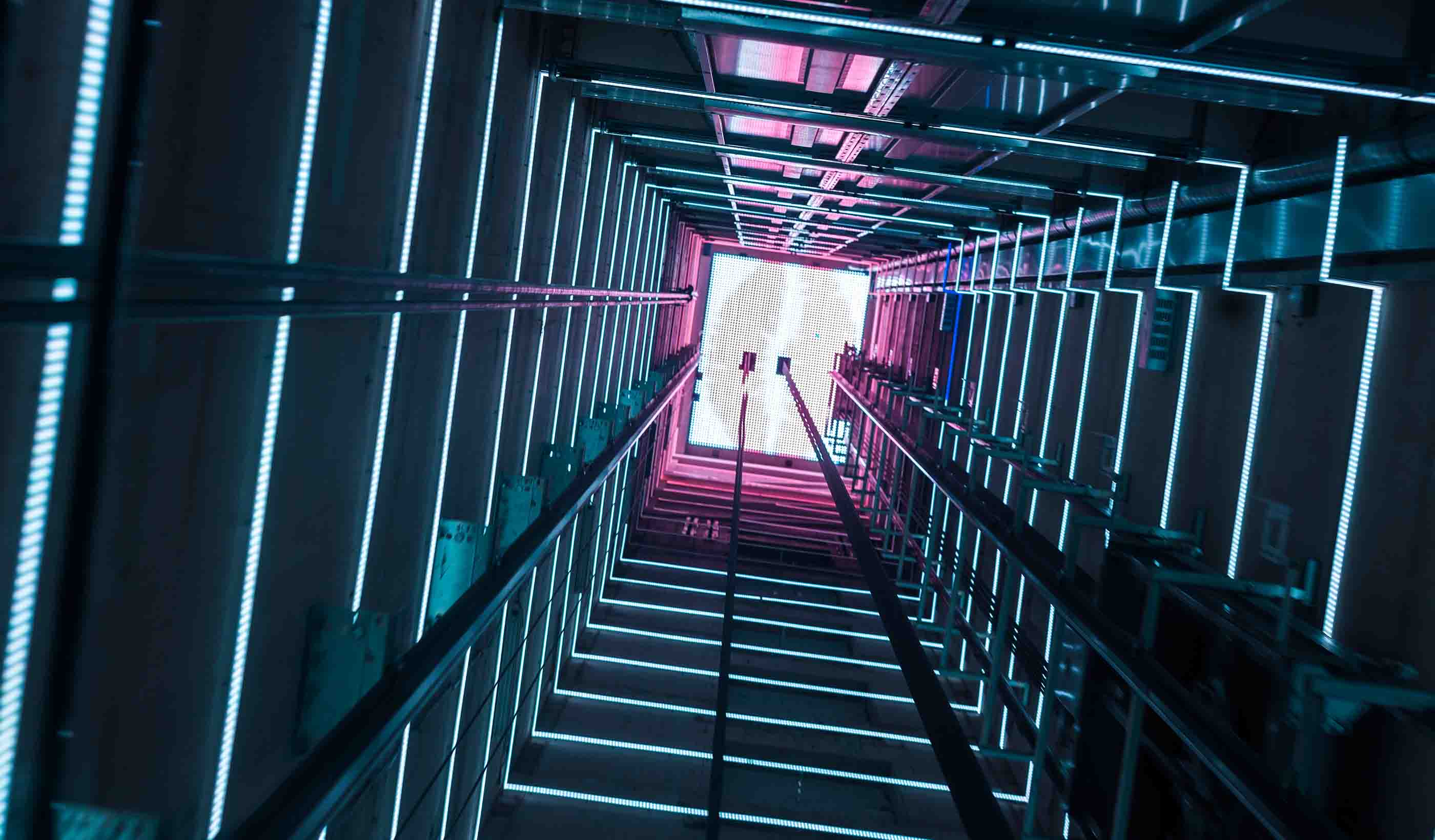
Published Article Why double decker lifts are a rising trend
-

Published Article How planning can deliver successful mine closures
-

Video Our approach: The Climate Solutions Wheel
-
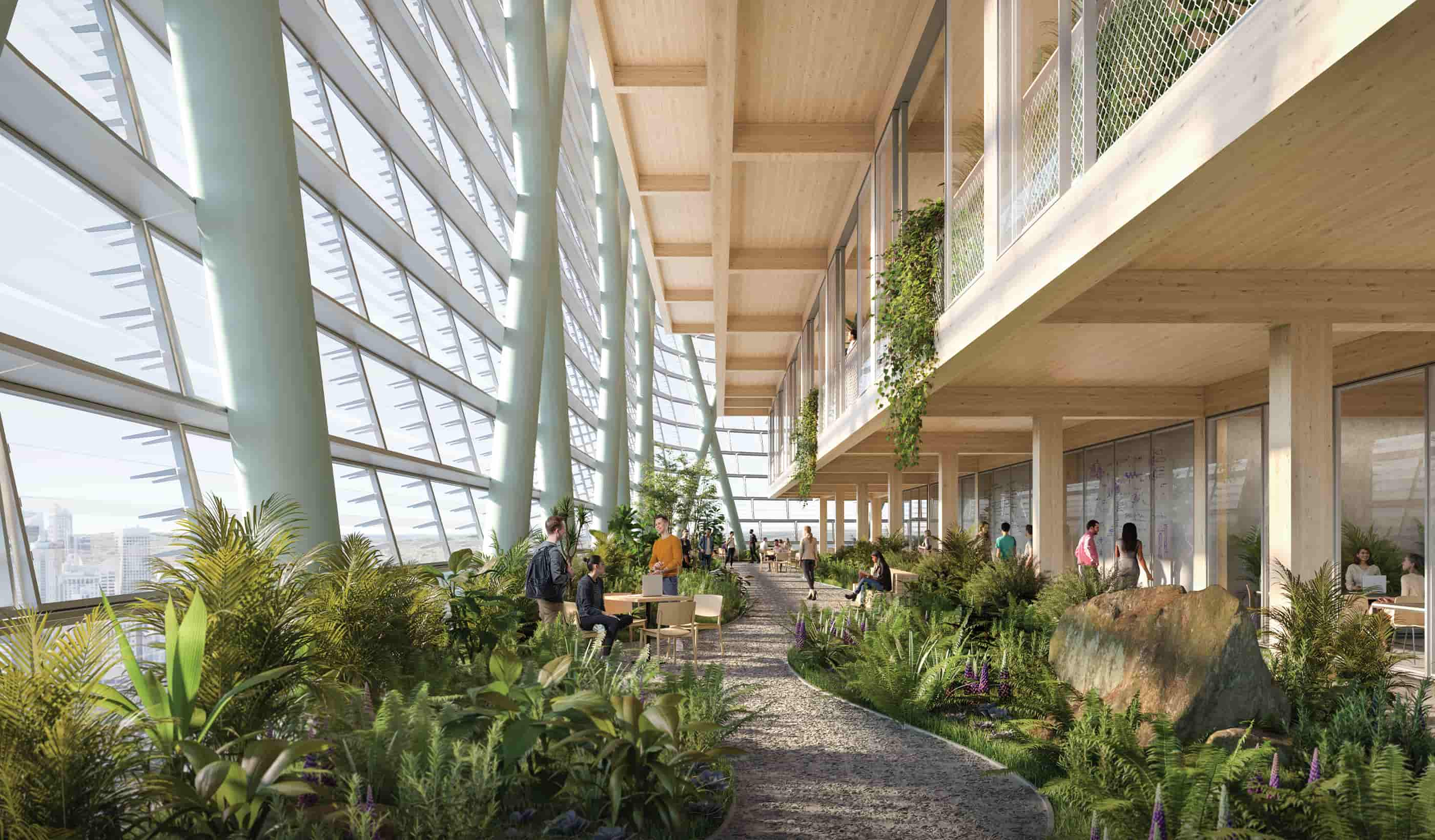
Published Article How high-performance buildings attract high-performing people
-
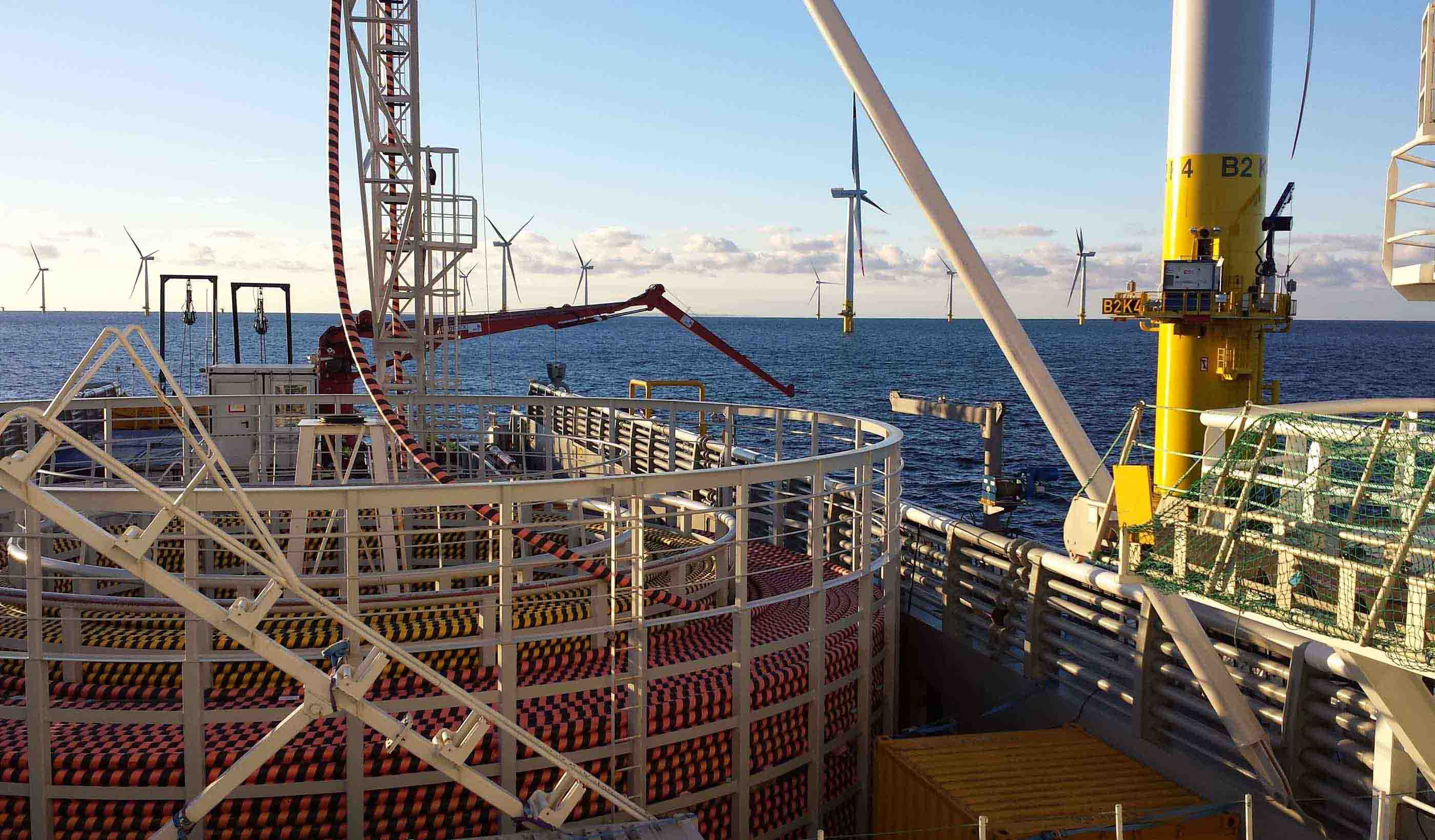
Blog Post 4 challenges to overcome when transmitting offshore wind power
-
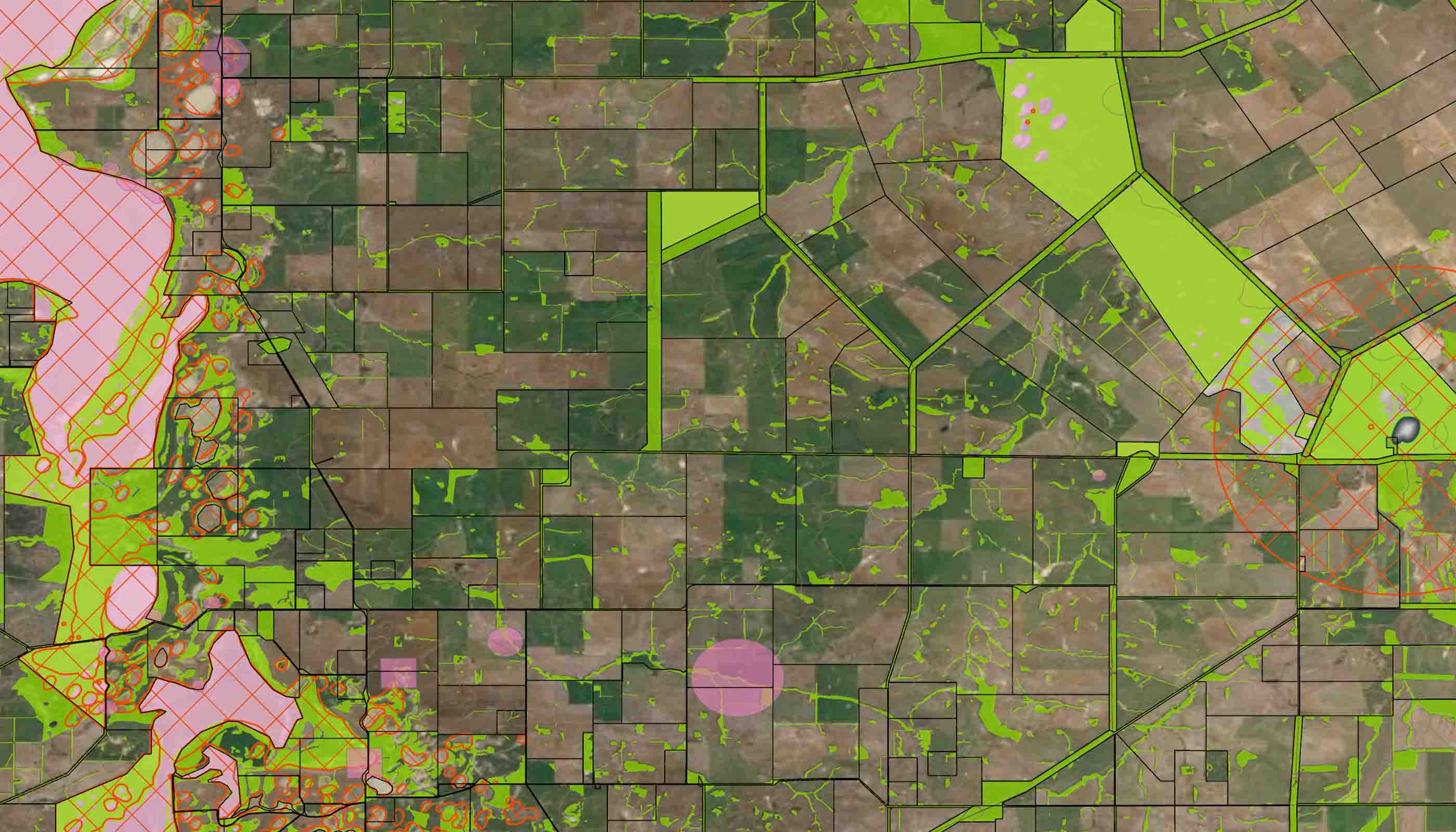
Podcast Stantec.io Podcast: The EnviroExplore Episode
-
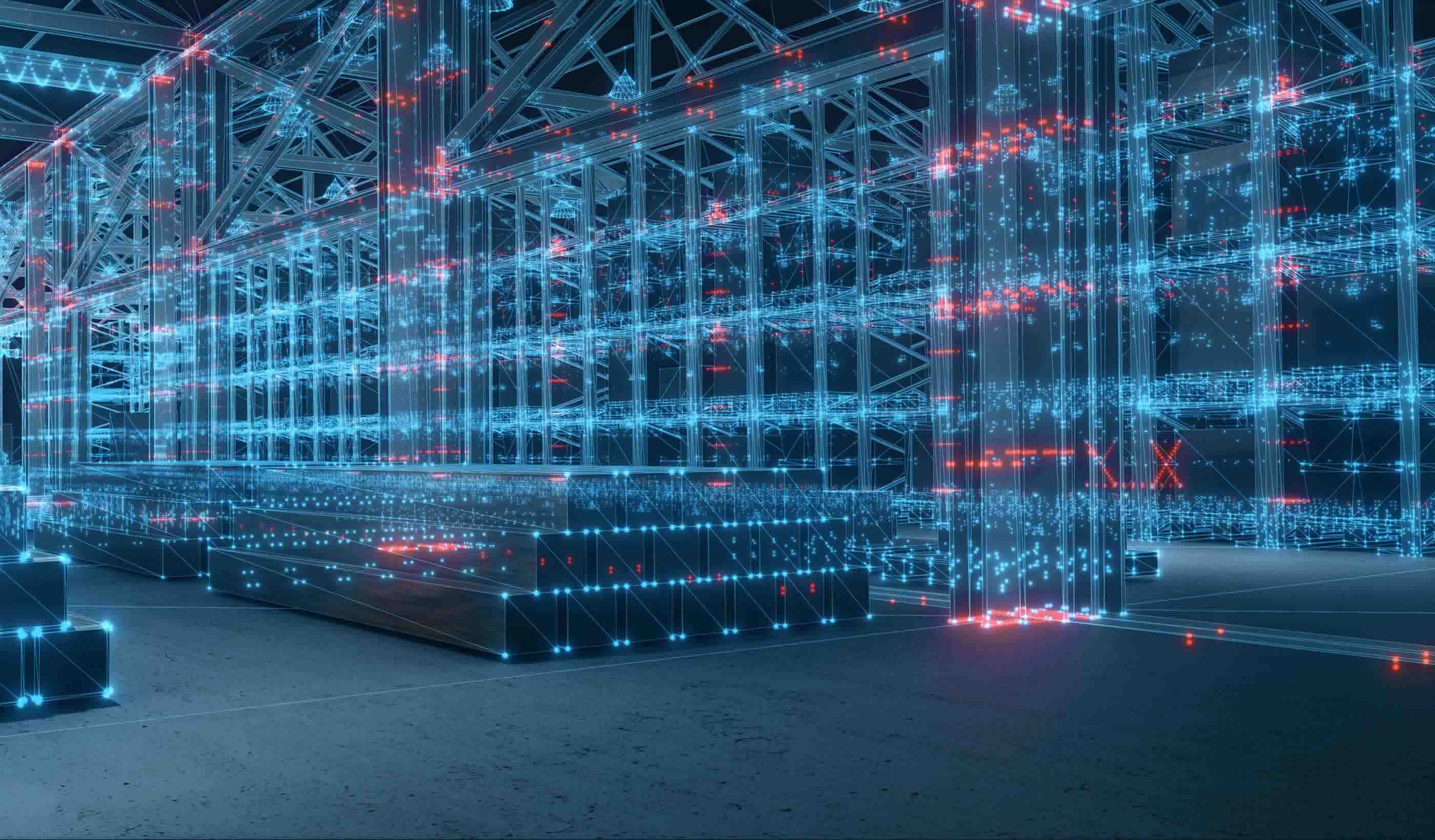
Published Article Water analytics data helping the rise of smart utilities
-

Blog Post What is design automation, and how can you optimise it for your next project?
-

Blog Post We can build healthier streets by prioritising the human experience
-
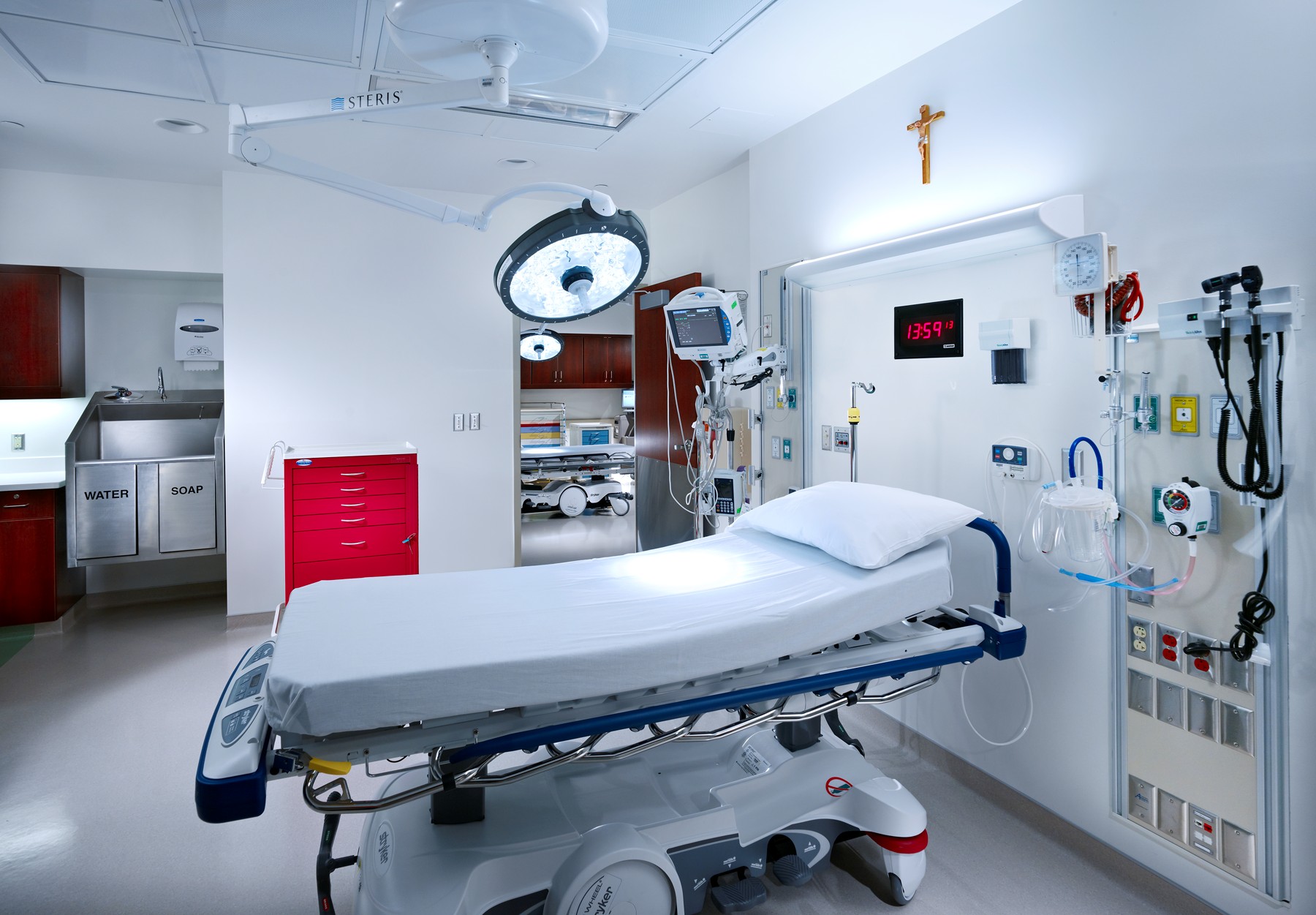
Published Article UV-C Radiation to combat healthcare associated infections
-

Video GlobeWatch: World Leading Remote Sensing Technology
-

Webinar Recording How will the latest Australian Workplace Exposure Limit changes affect our water industry?
-
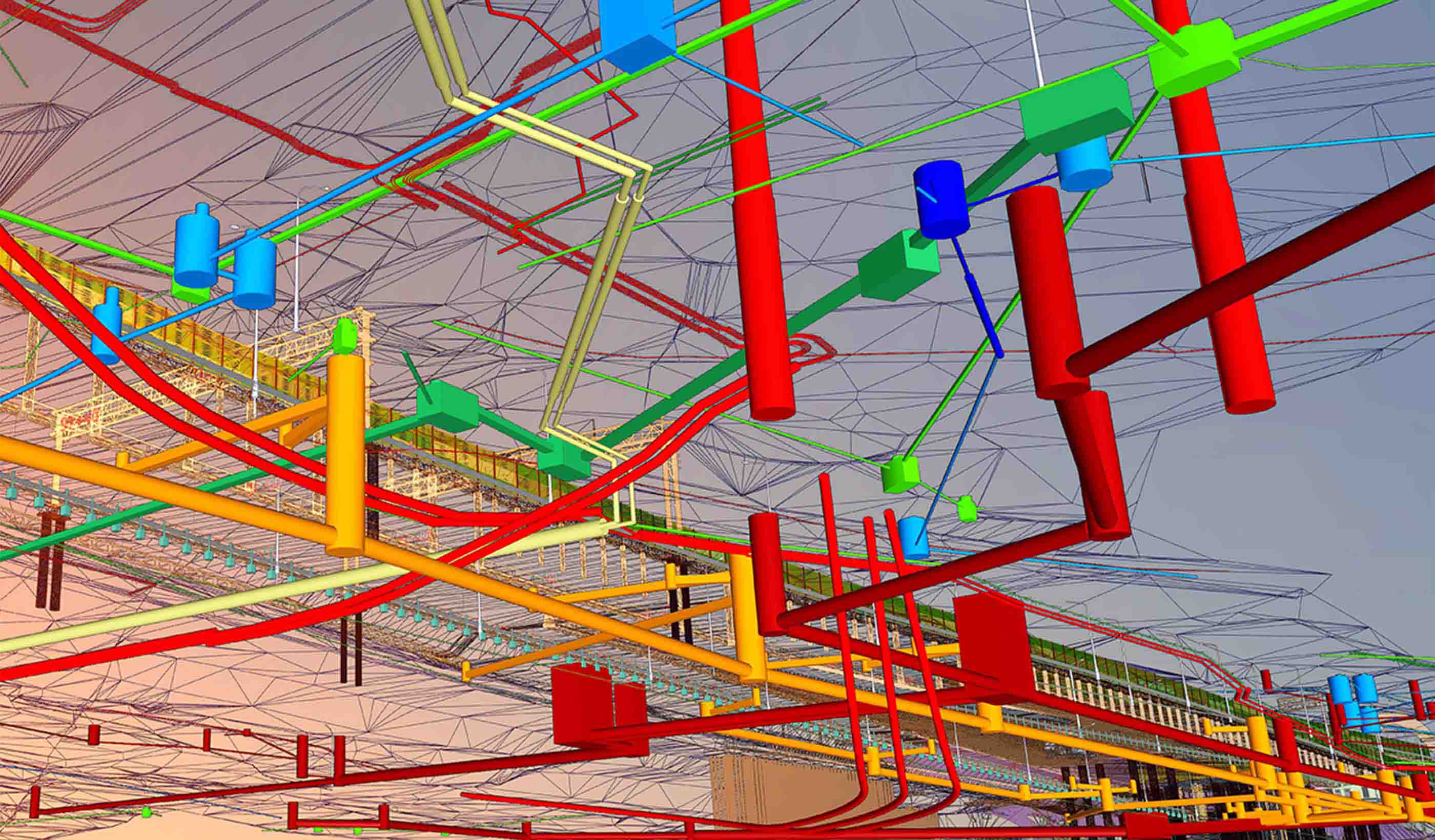
Published Article New standard saves time, cost and lives
-

Blog Post Combating climate change across Australia
-

Published Article How to step into the net zero zone
-
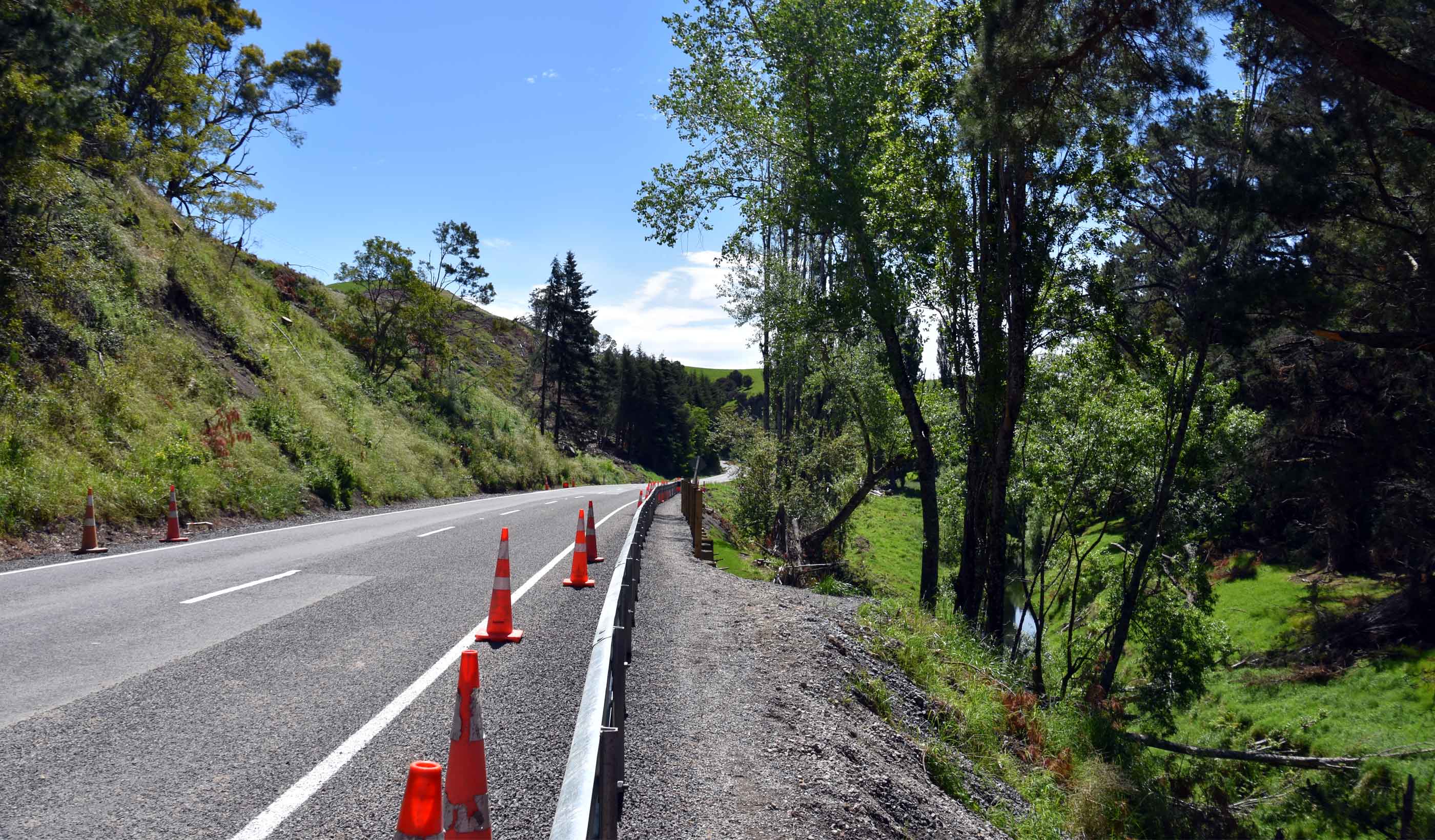
Video Providing Transport Lifelines for Central Hawke’s Bay
-

Blog Post As we return to the workplace, it’s important to ask: How safe is your building’s water?
-

Published Article Modern Times – Commercial space beyond COVID-19
-

Blog Post World Water Day: Valuing a finite, irreplaceable resource
-
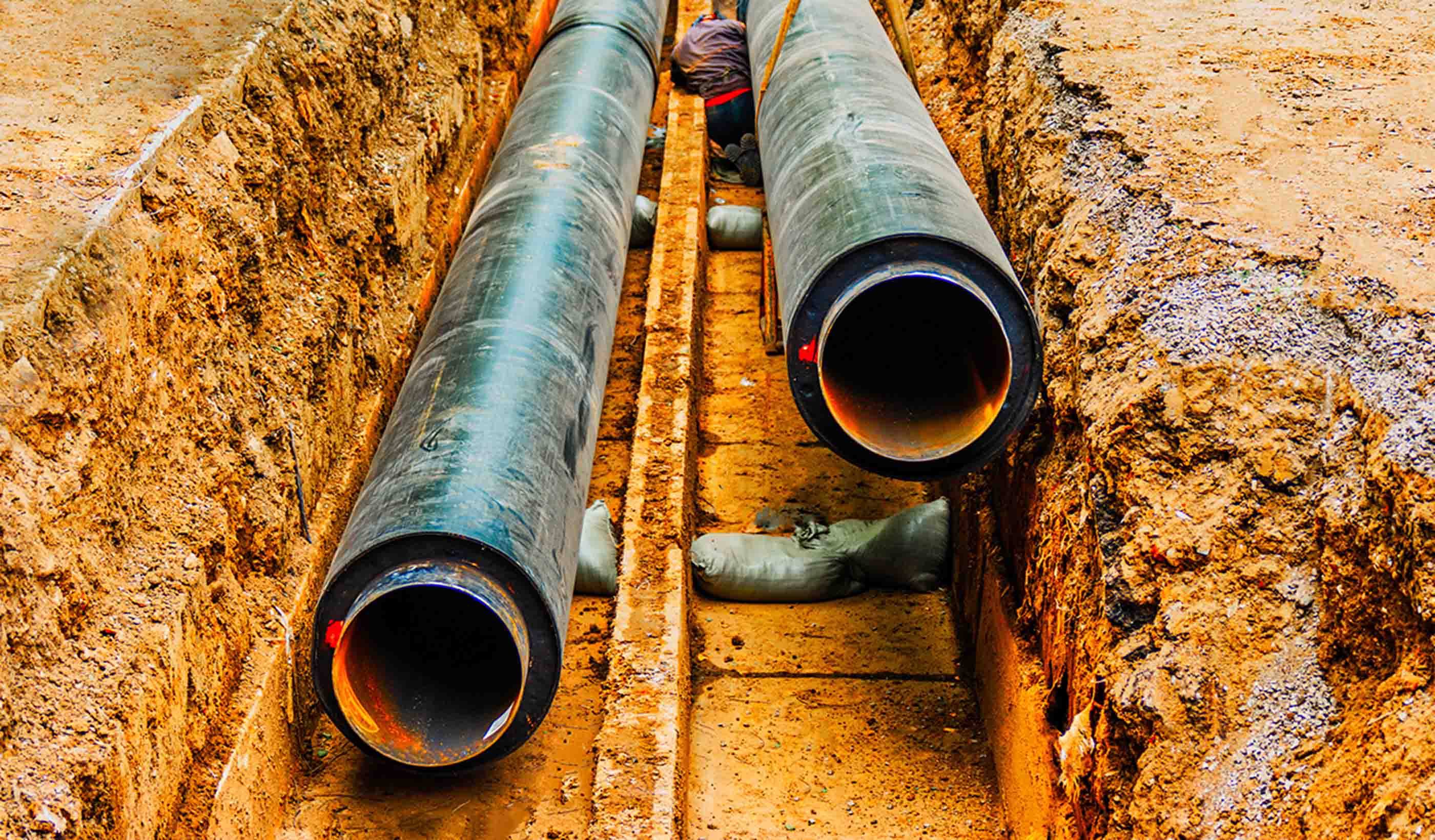
Published Article Subsurface Utility Engineering enhanced by stakeholder support
-
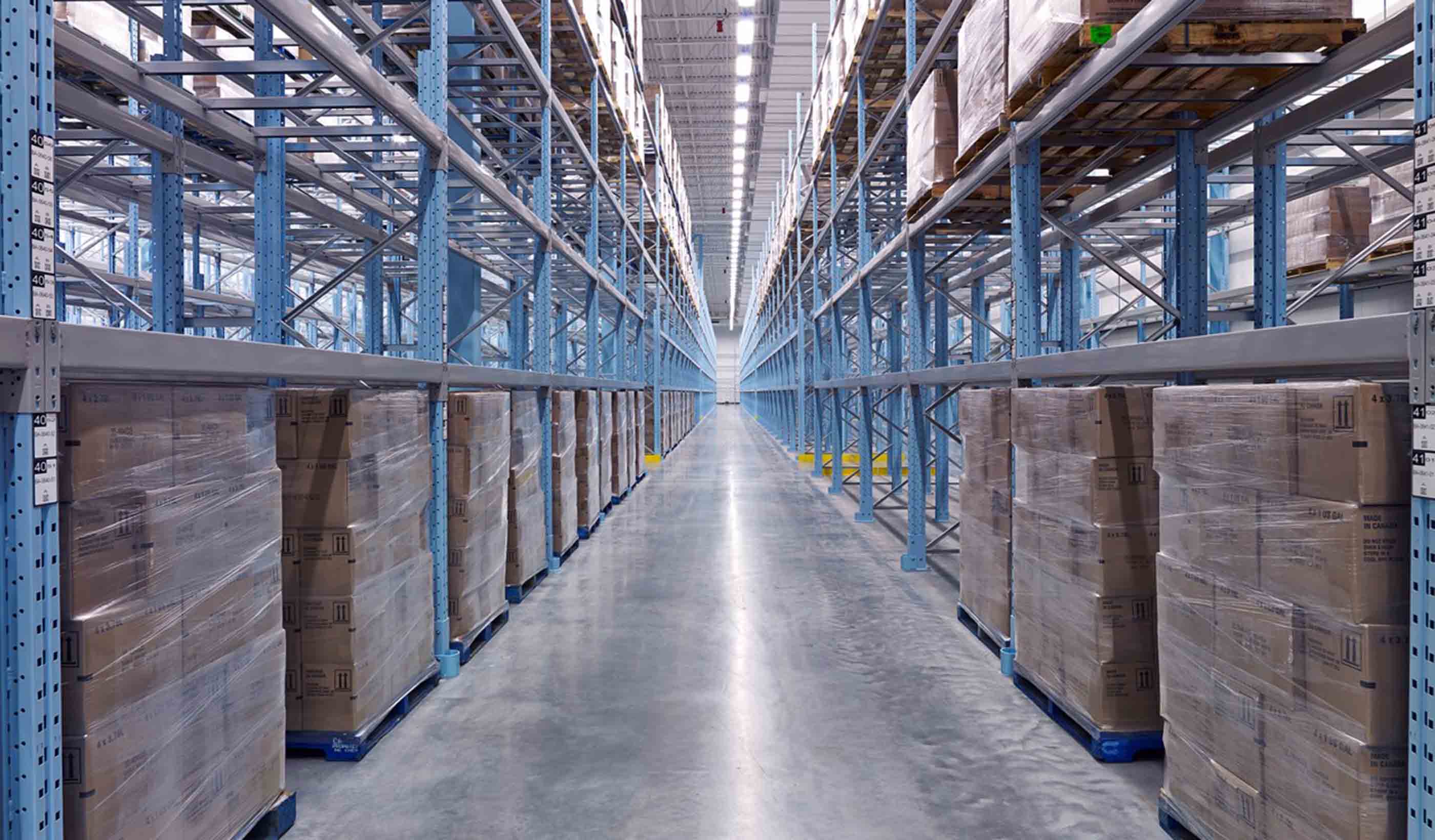
Published Article Double-edged sword for industrial sector
-
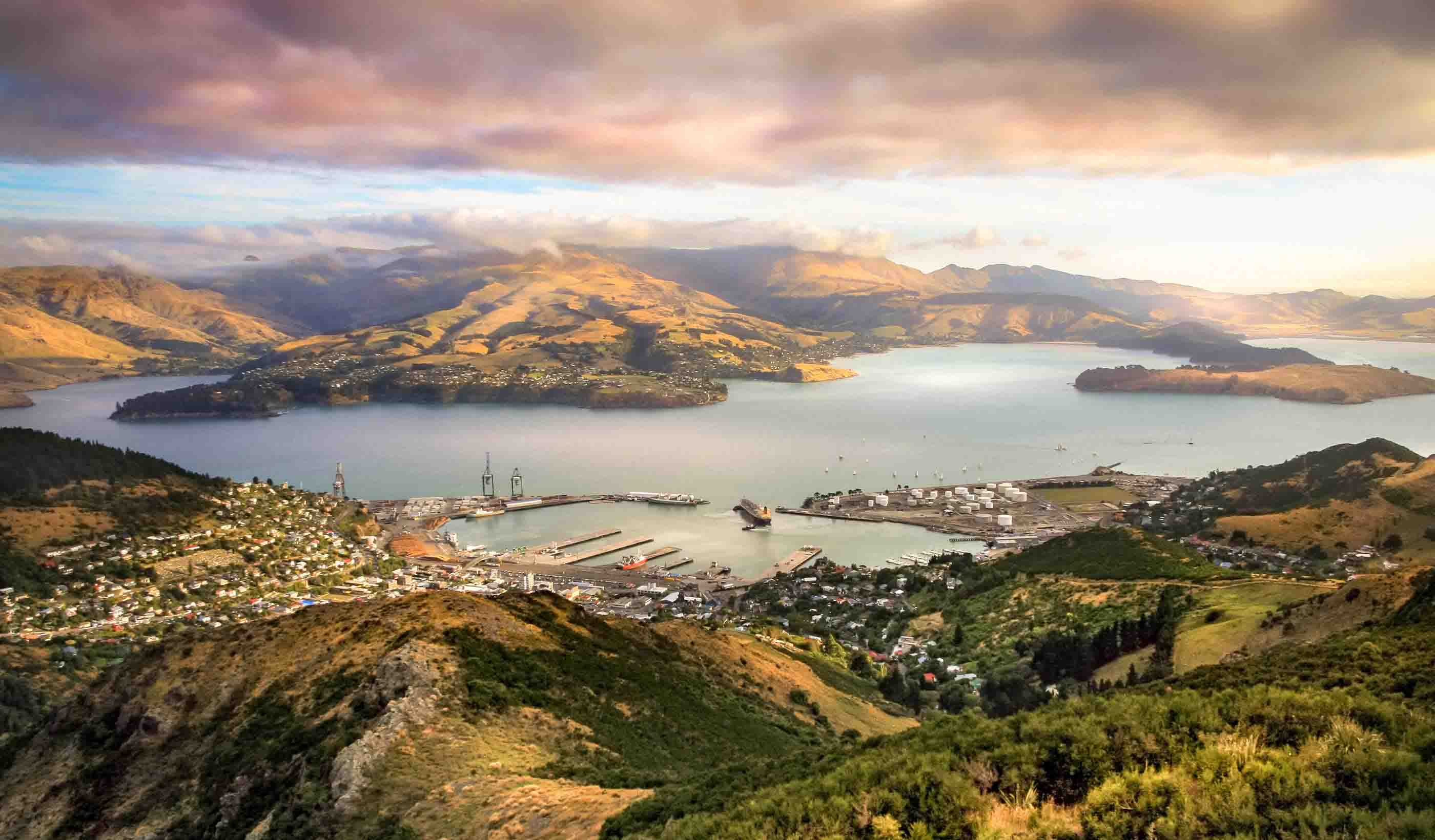
Climate emergency: How communities are tackling the crisis
-

Video Global Leaders in Applied eDNA
-

White Paper Is your mine using remote sensing?
-
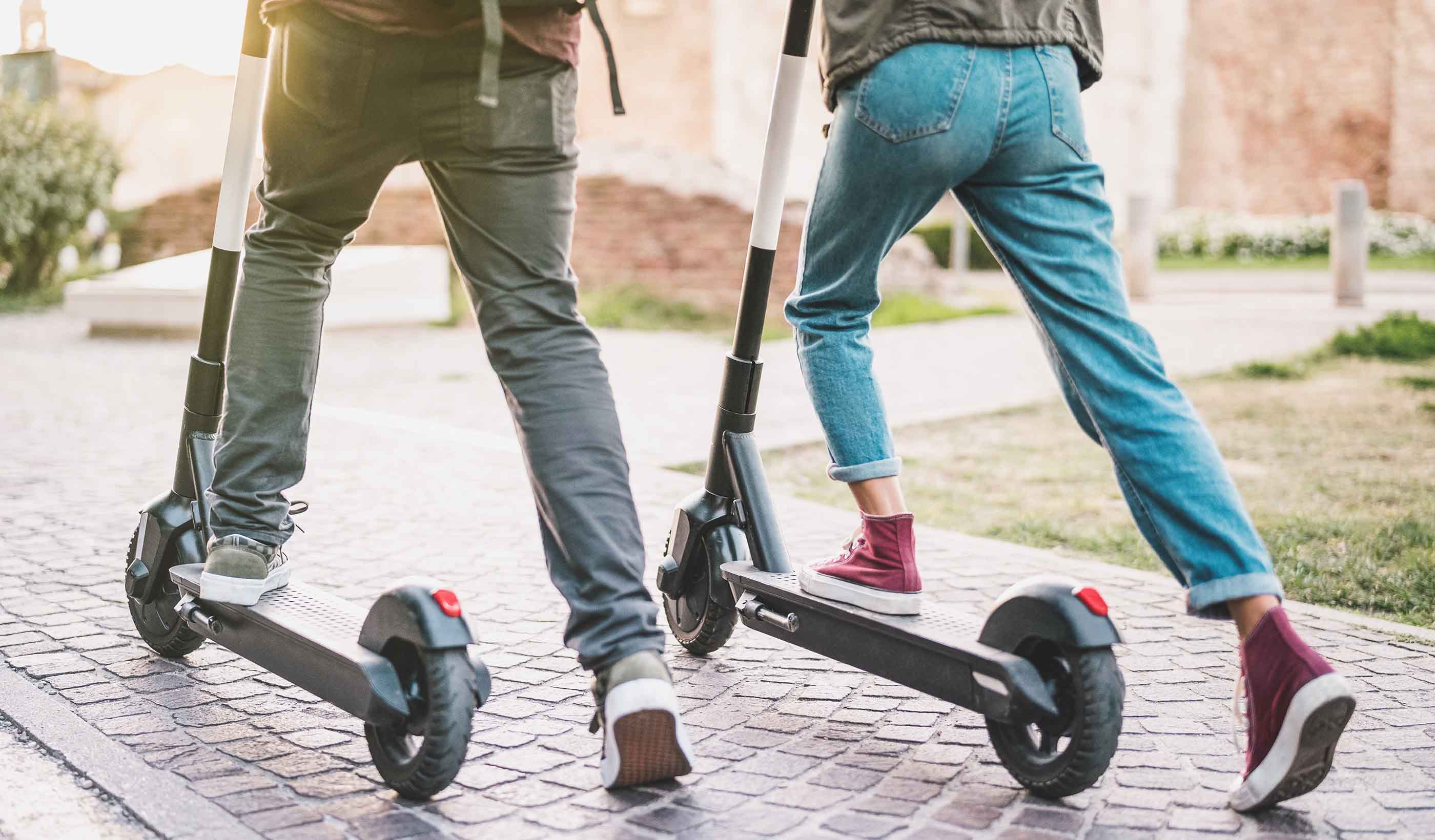
Published Article Is this the beginning of a micromobility revolution?
-
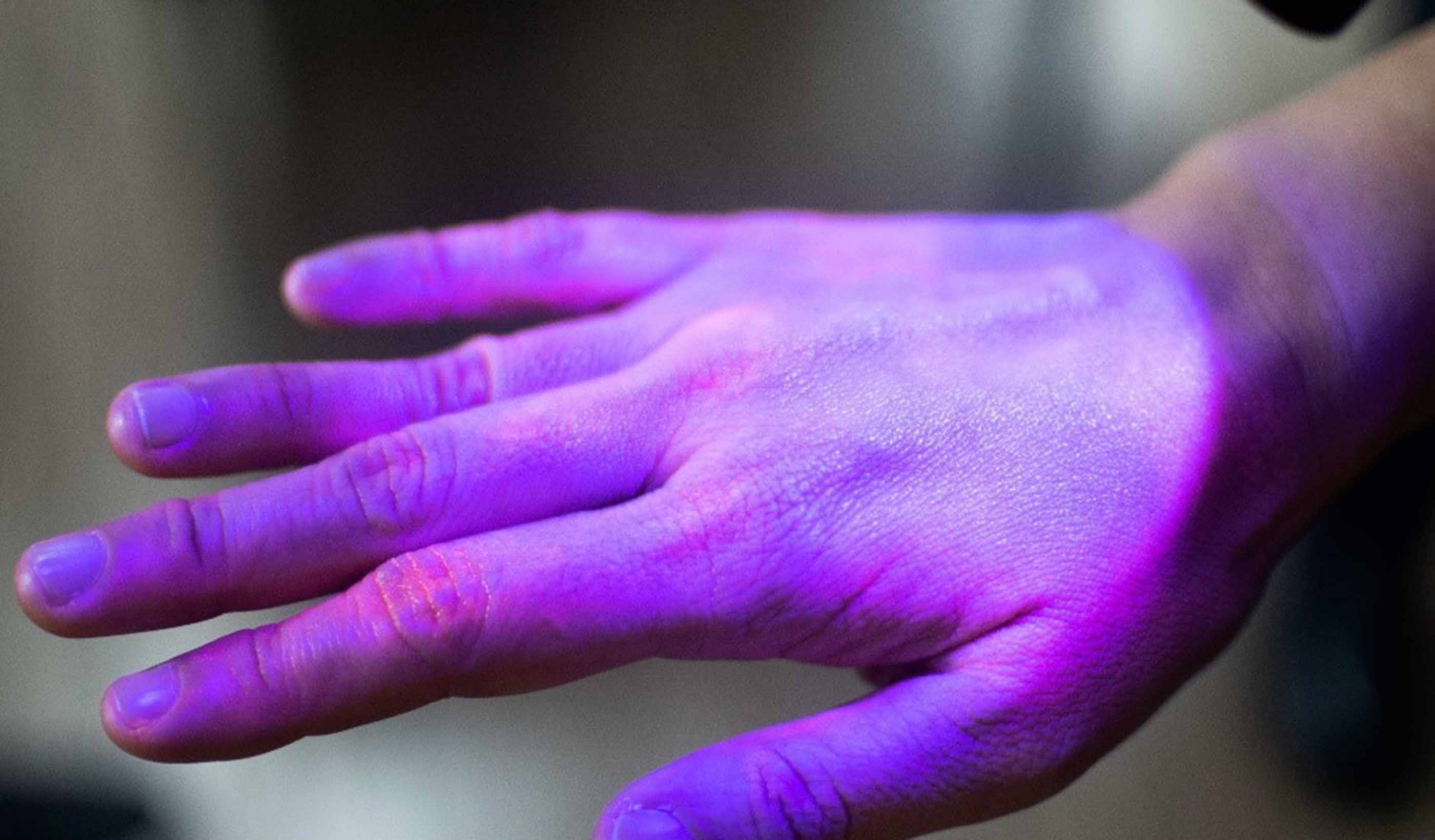
Blog Post UV lighting in building infection control: Can passive light safely kill coronavirus?
-

Blog Post Exploring the airborne transmission of the coronavirus and strategies for mitigating risk
-
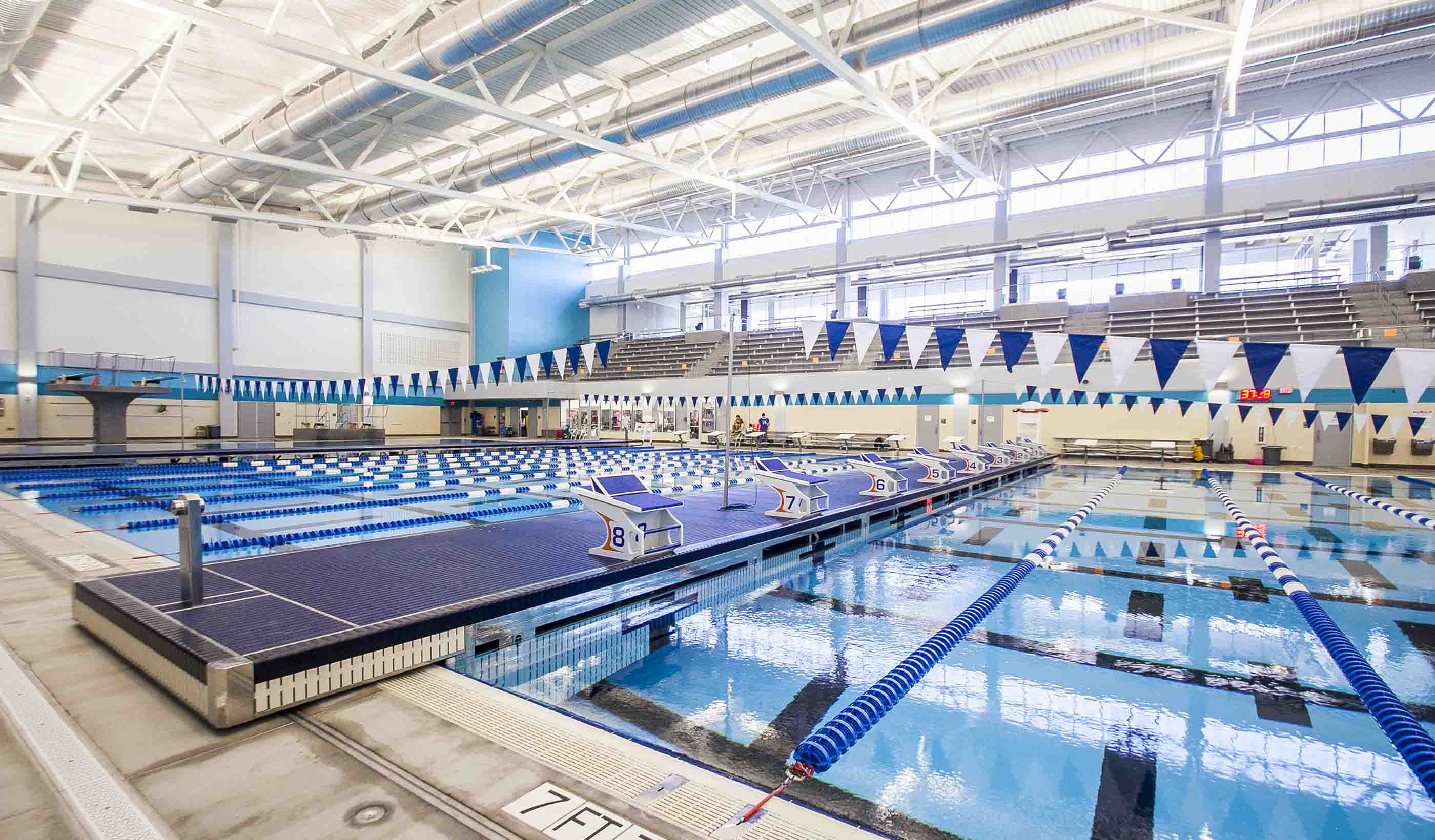
Blog Post Beyond sports: 4 ways investments in athletic facilities improve communities
-
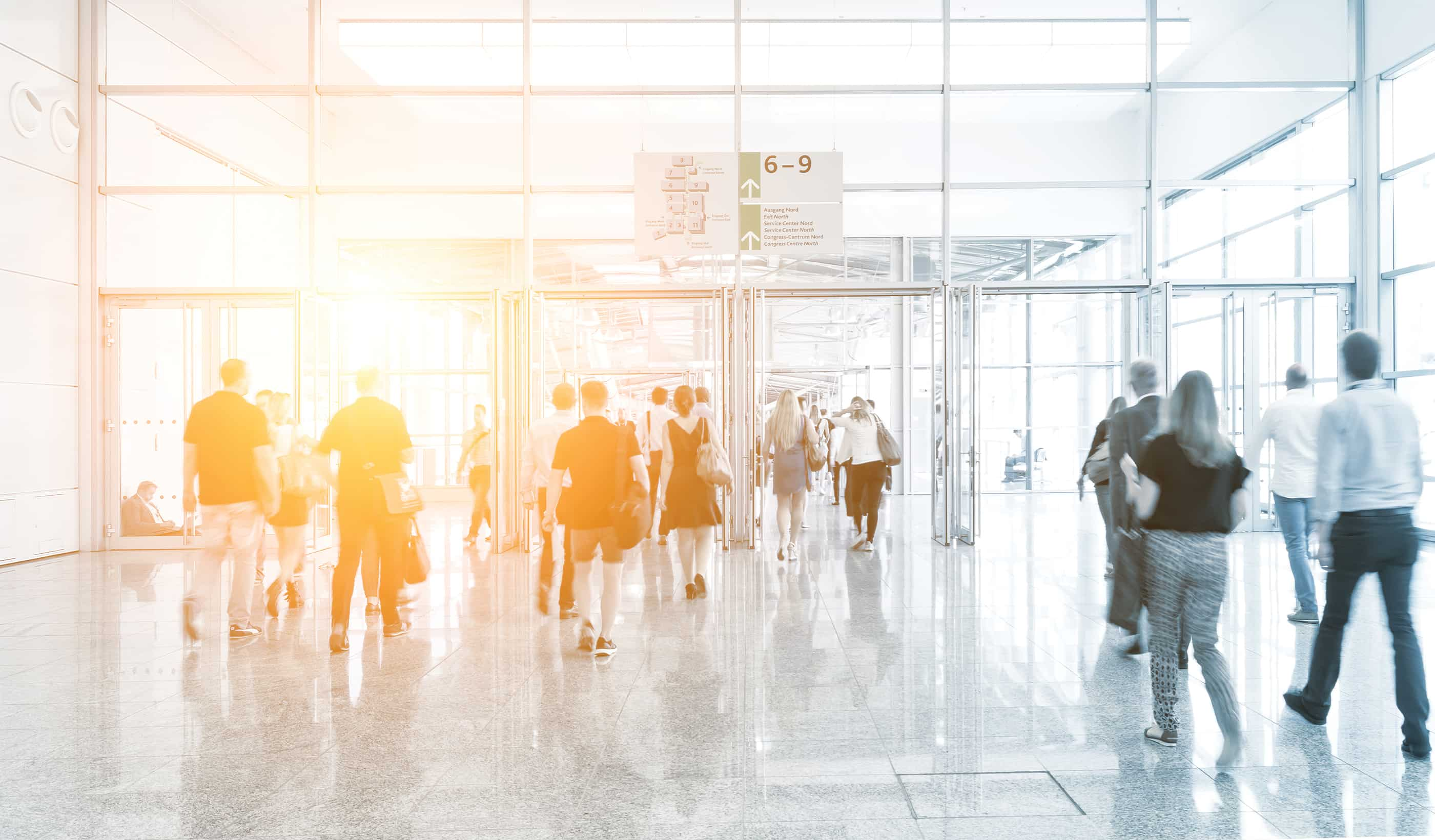
Published Article Why mobility modelling is the secret to return-to-work
-

Article Breathe easy… preparing your building for a return to work
-
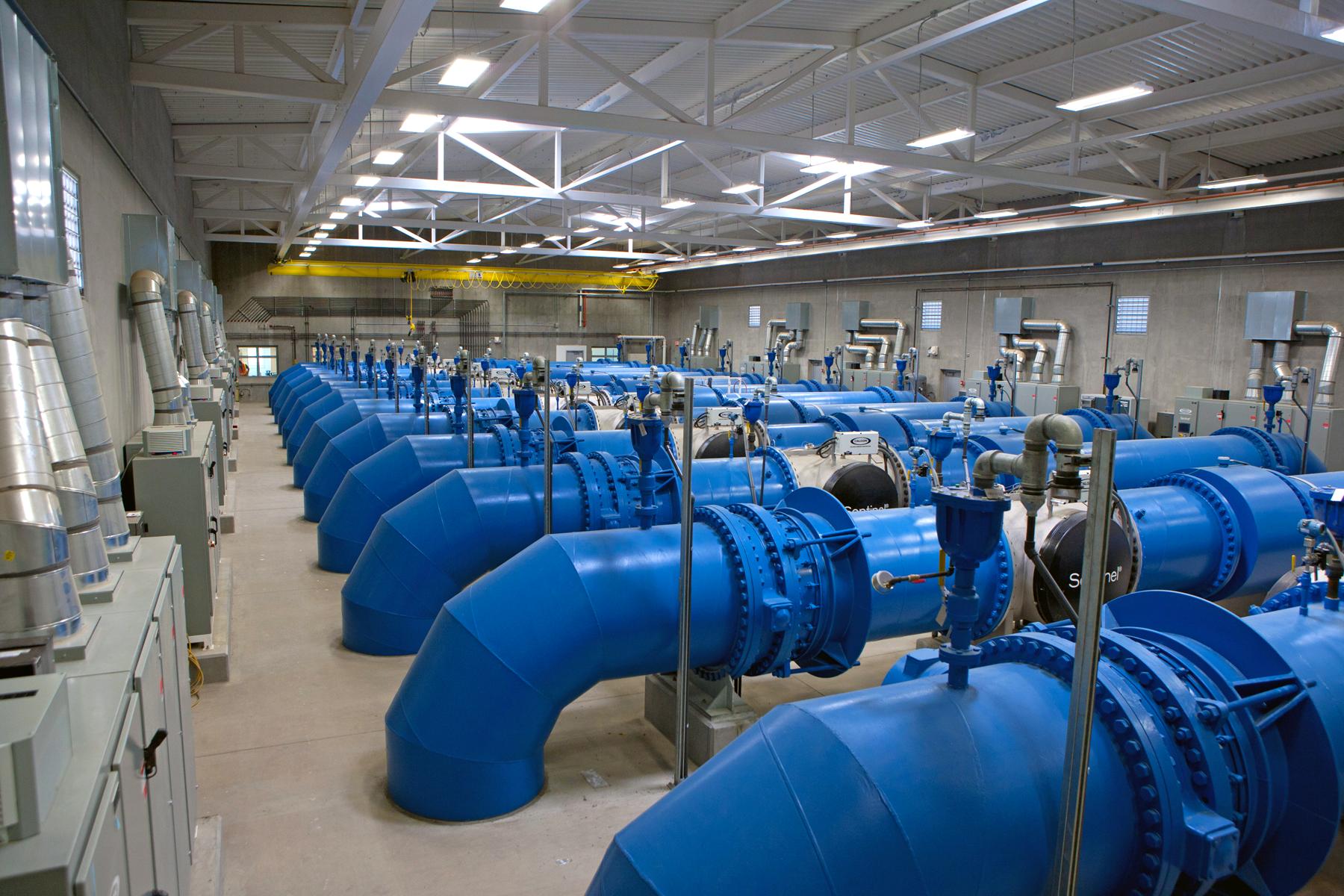
Webinar Recording The impact of COVID-19 on water and wastewater utilities
-
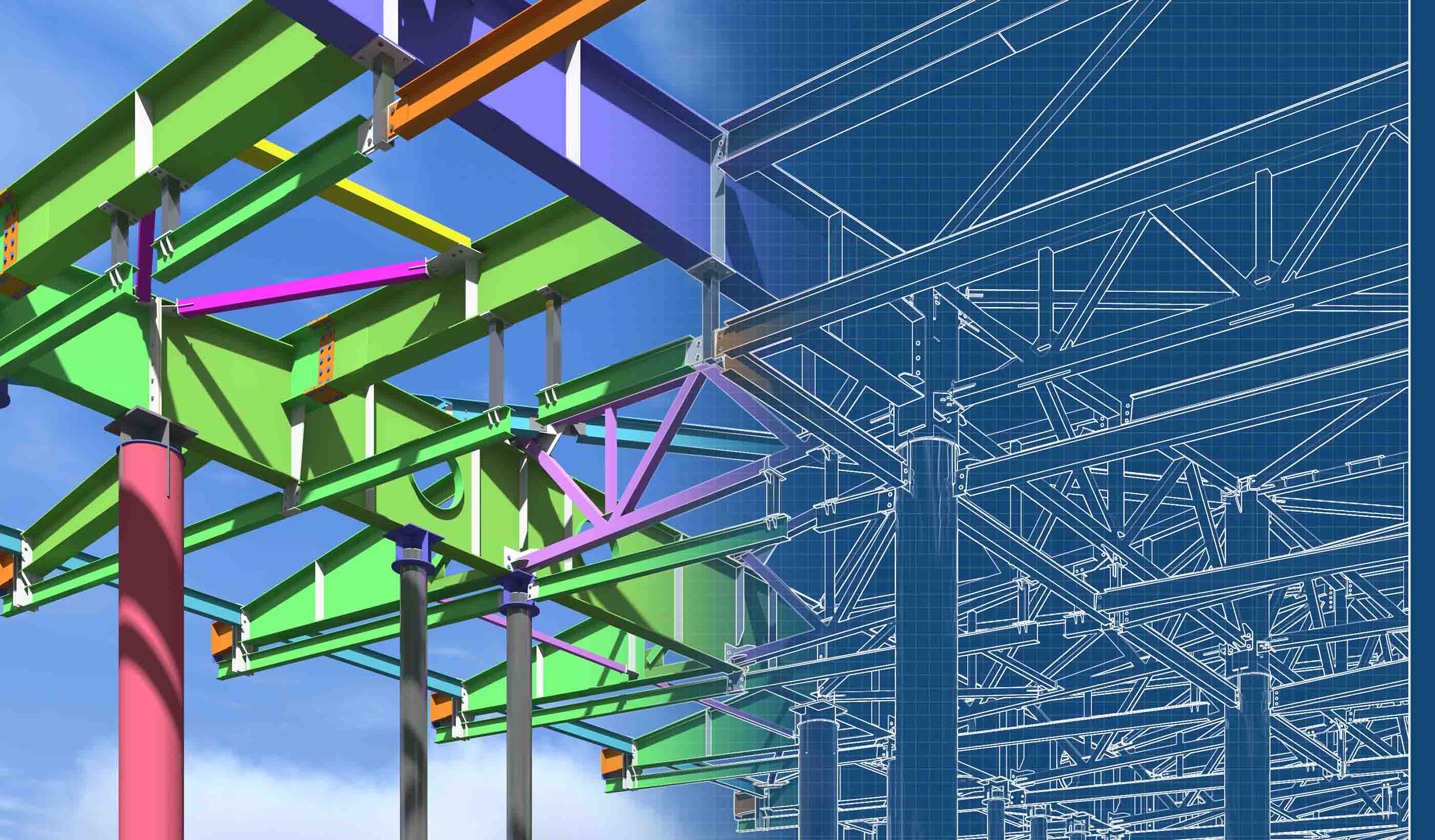
Article Smart Site Visits
-

Blog Post Sound matters
-
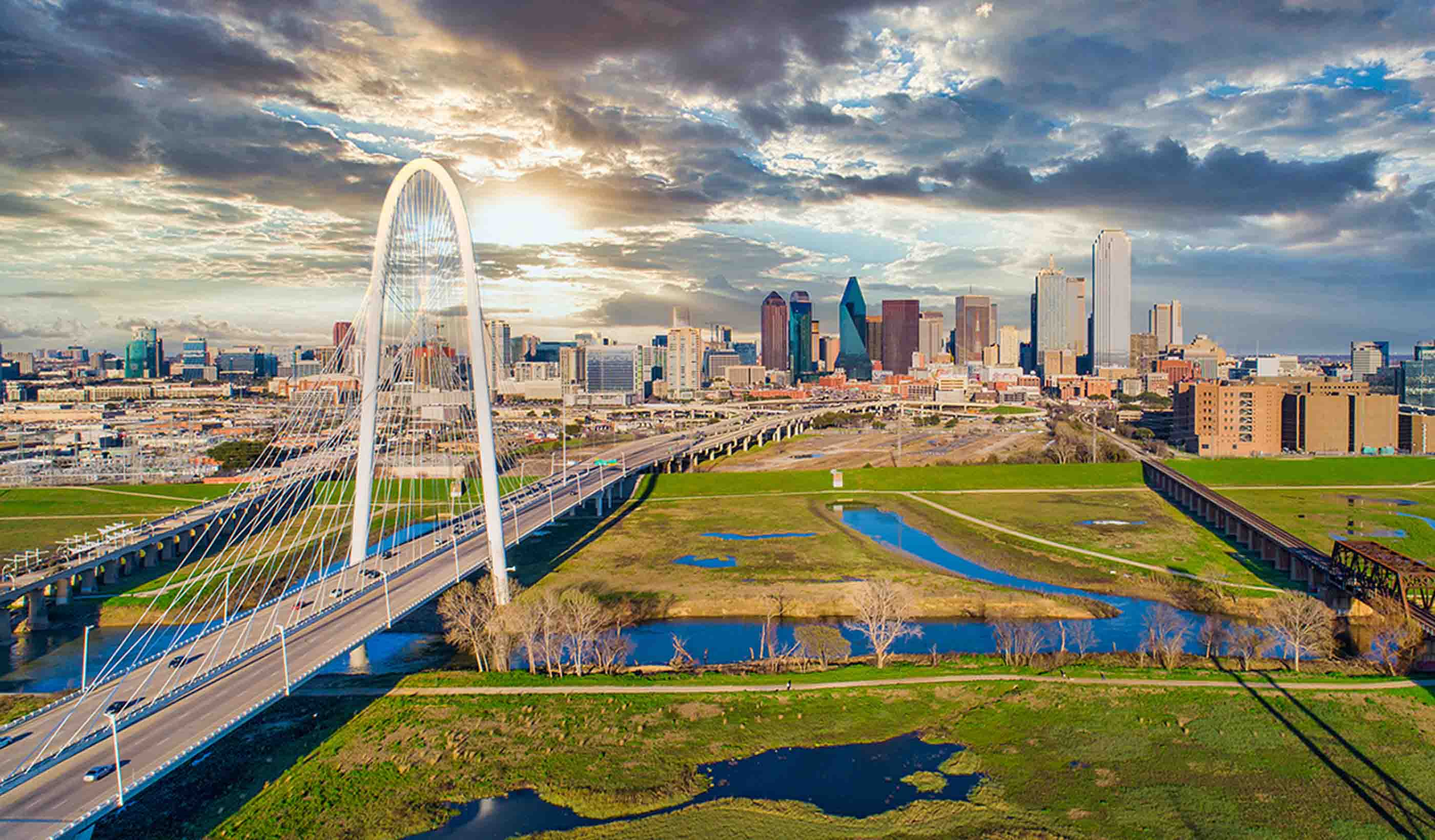
Blog Post A global view of design and urban planning post-COVID-19 (Part 4): How will cities change?
-

Blog Post A global view of design and urban planning post-COVID-19 (Part 3): New infrastructure
-
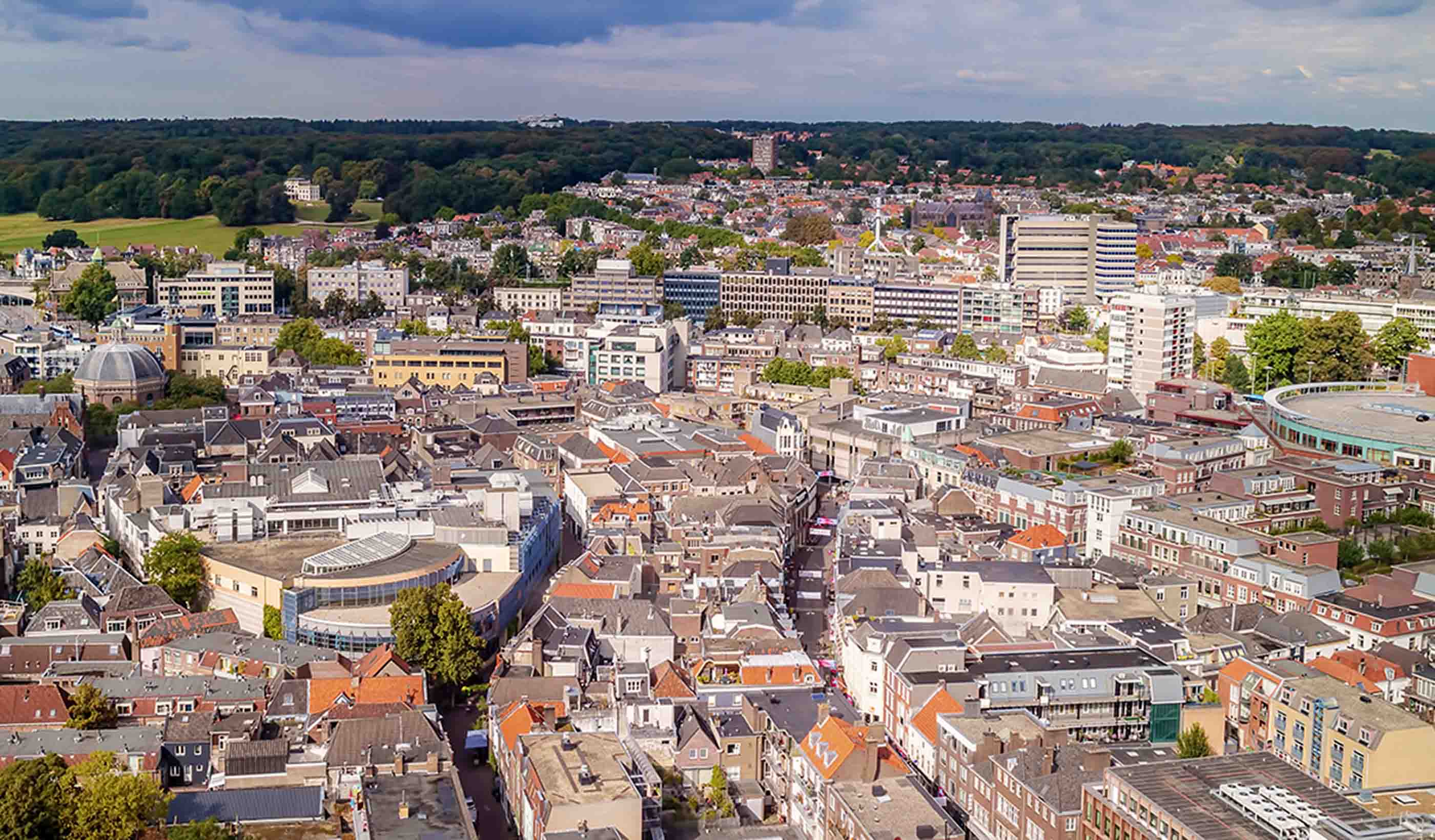
Blog Post A global view of design and urban planning post-COVID-19 (Part 2): Changing perspectives
-
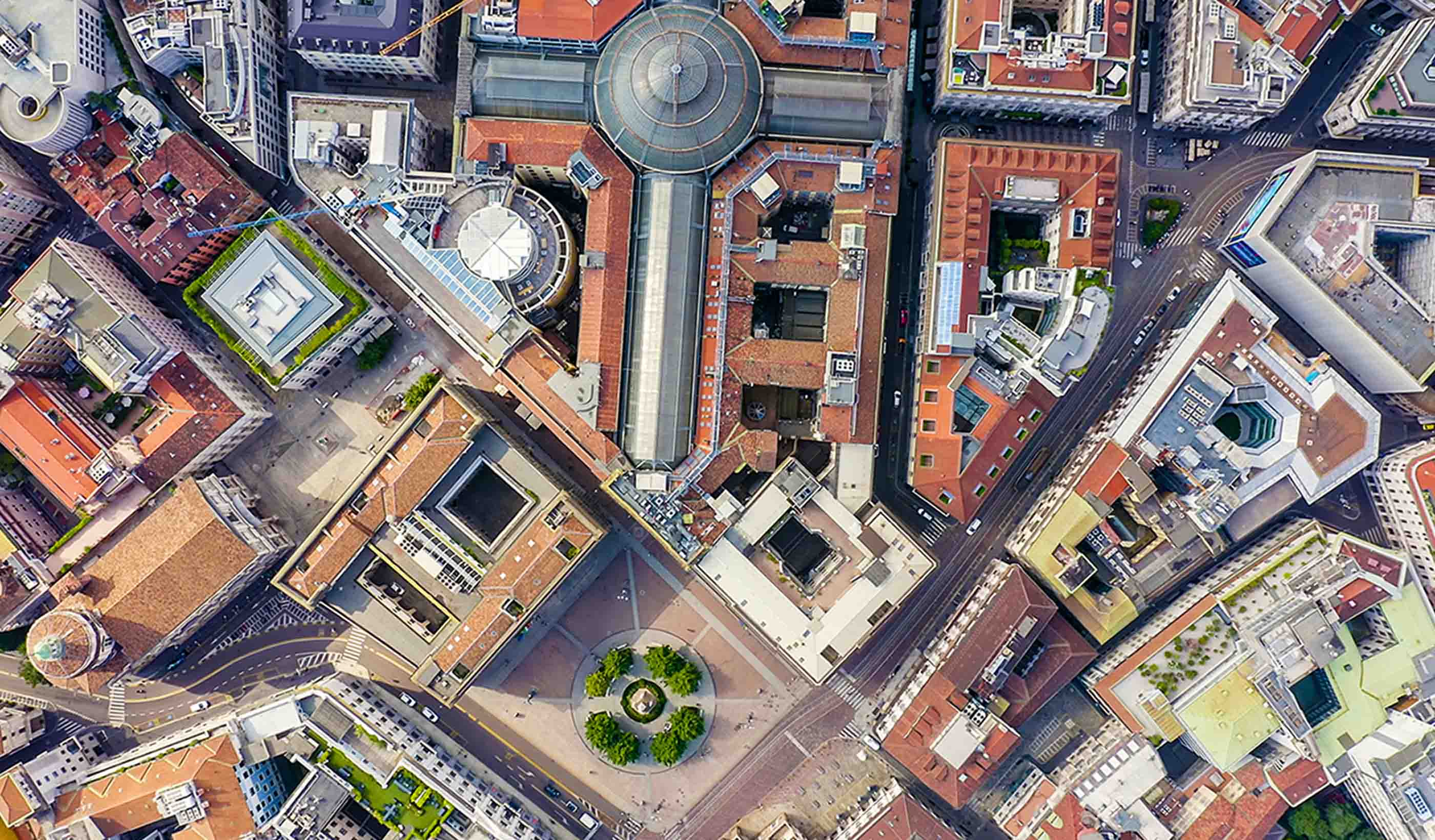
Blog Post A global view of design and urban planning post-COVID-19 (Part 1): Pandemic prevention
-
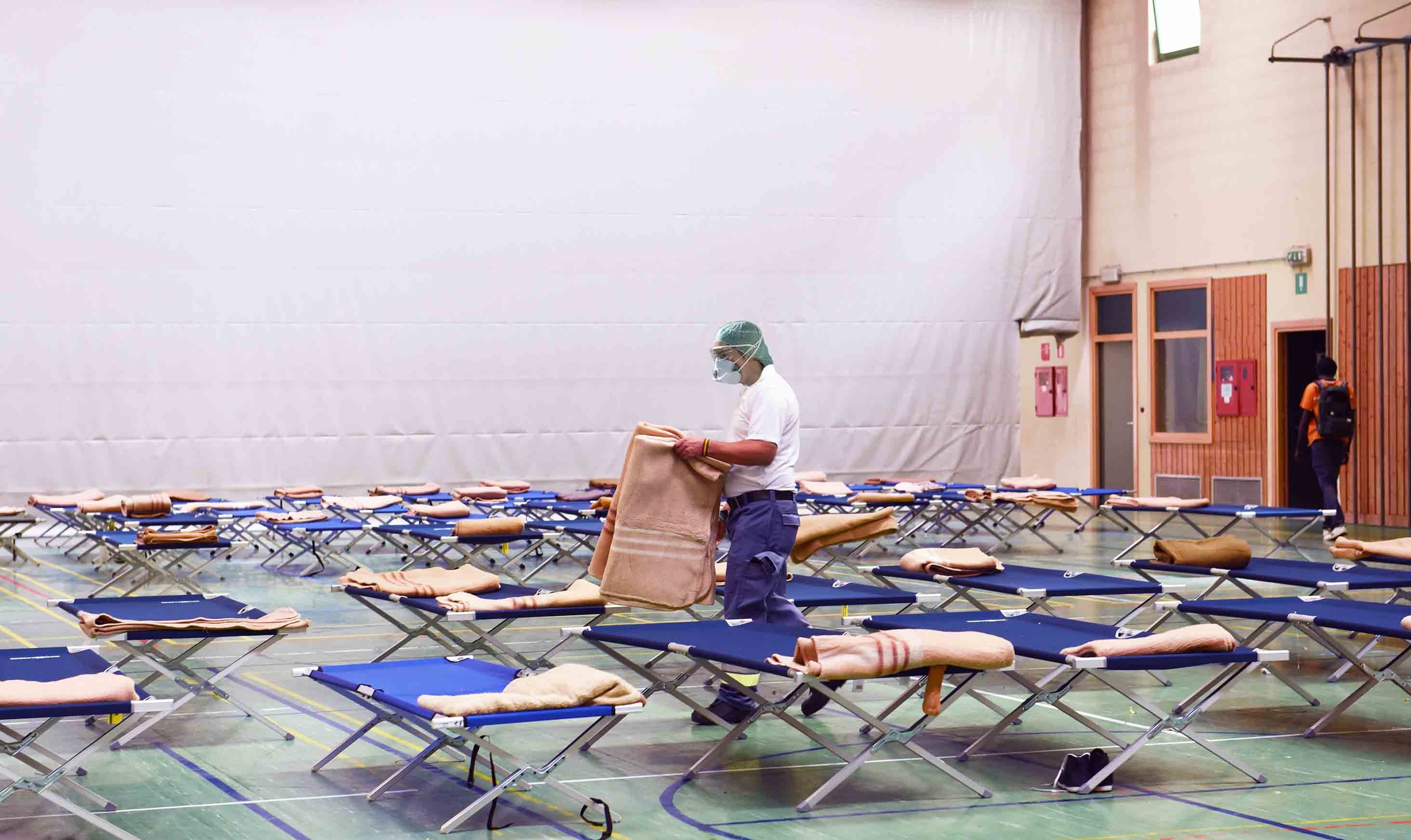
Blog Post Disaster preparedness in the midst of COVID-19
-
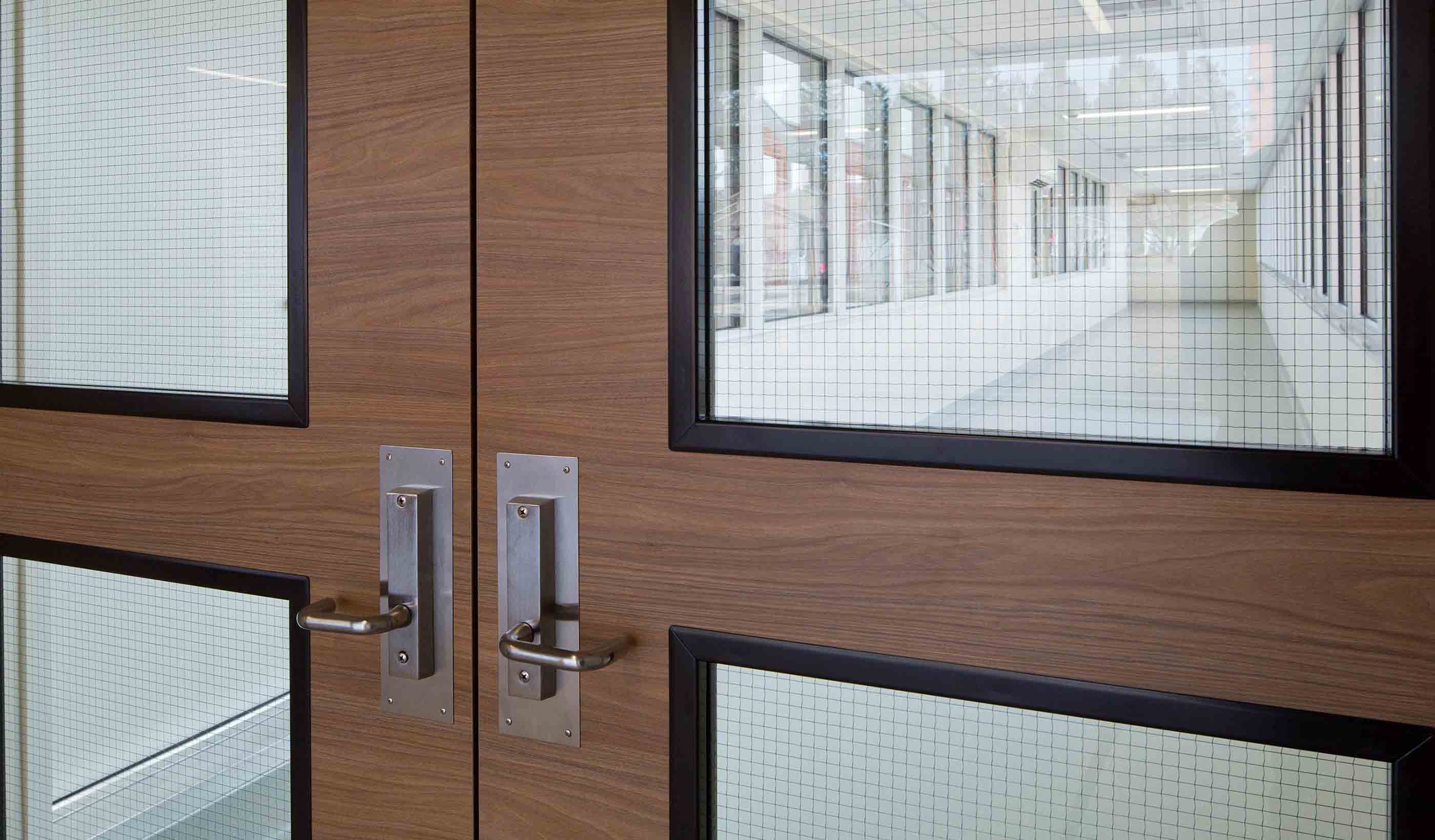
Published Article Published in Healthcare Design: Solutions for Pandemic-Related Healthcare Capacity Issues
-
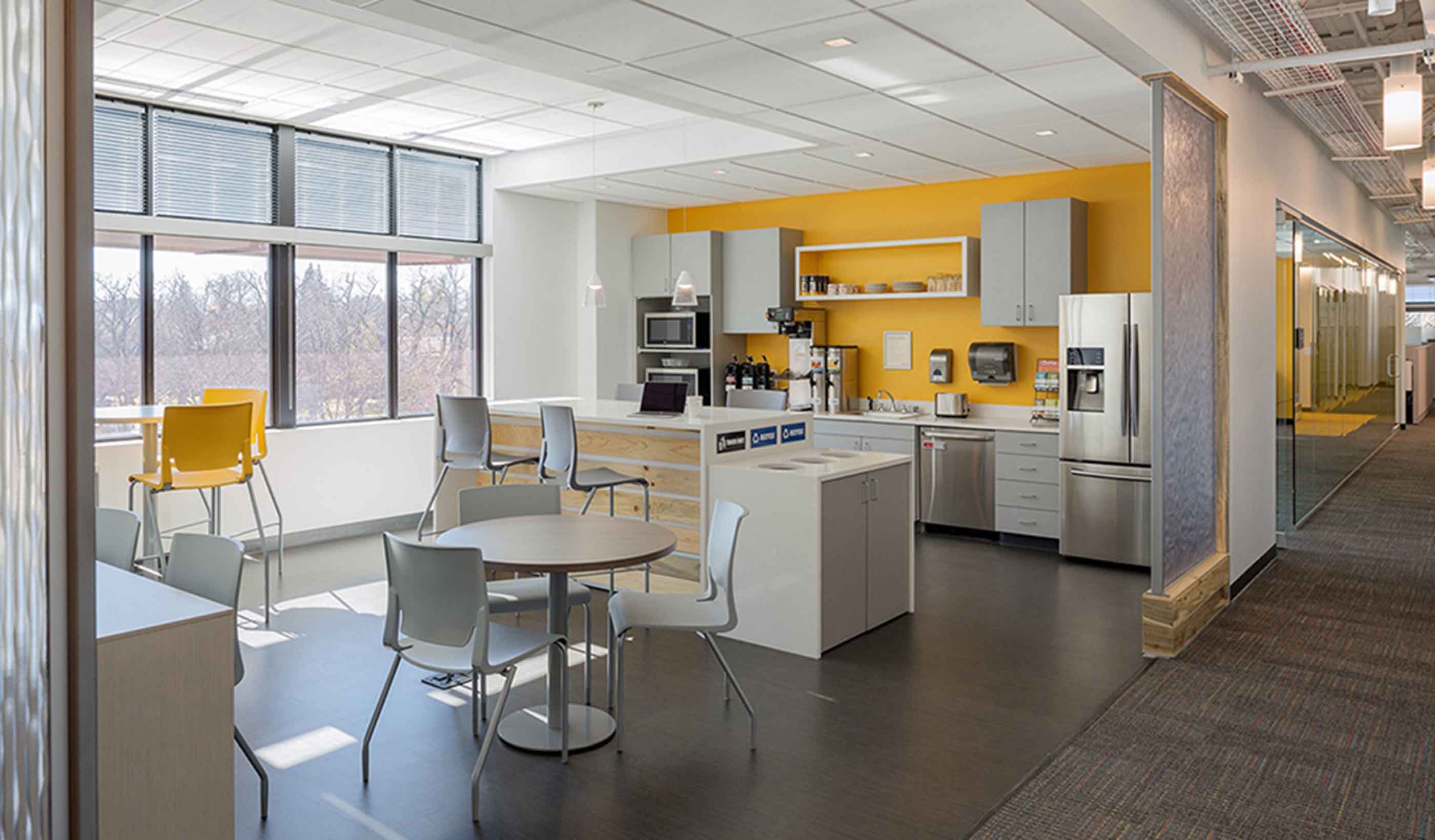
Blog Post 5 ways to achieve a healthier work space now and after COVID-19
-
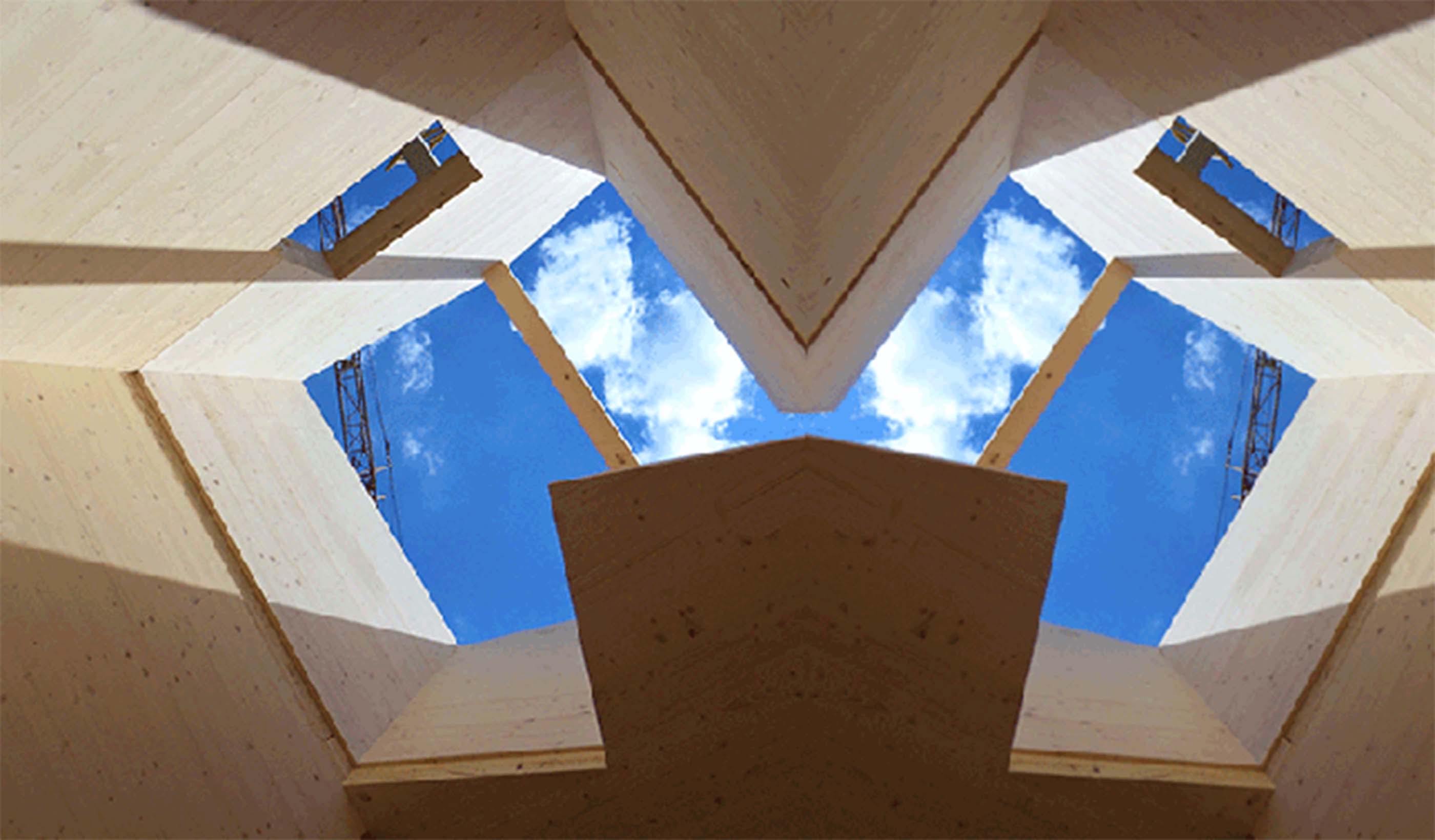
Published Article CLT rises to the challenge
-
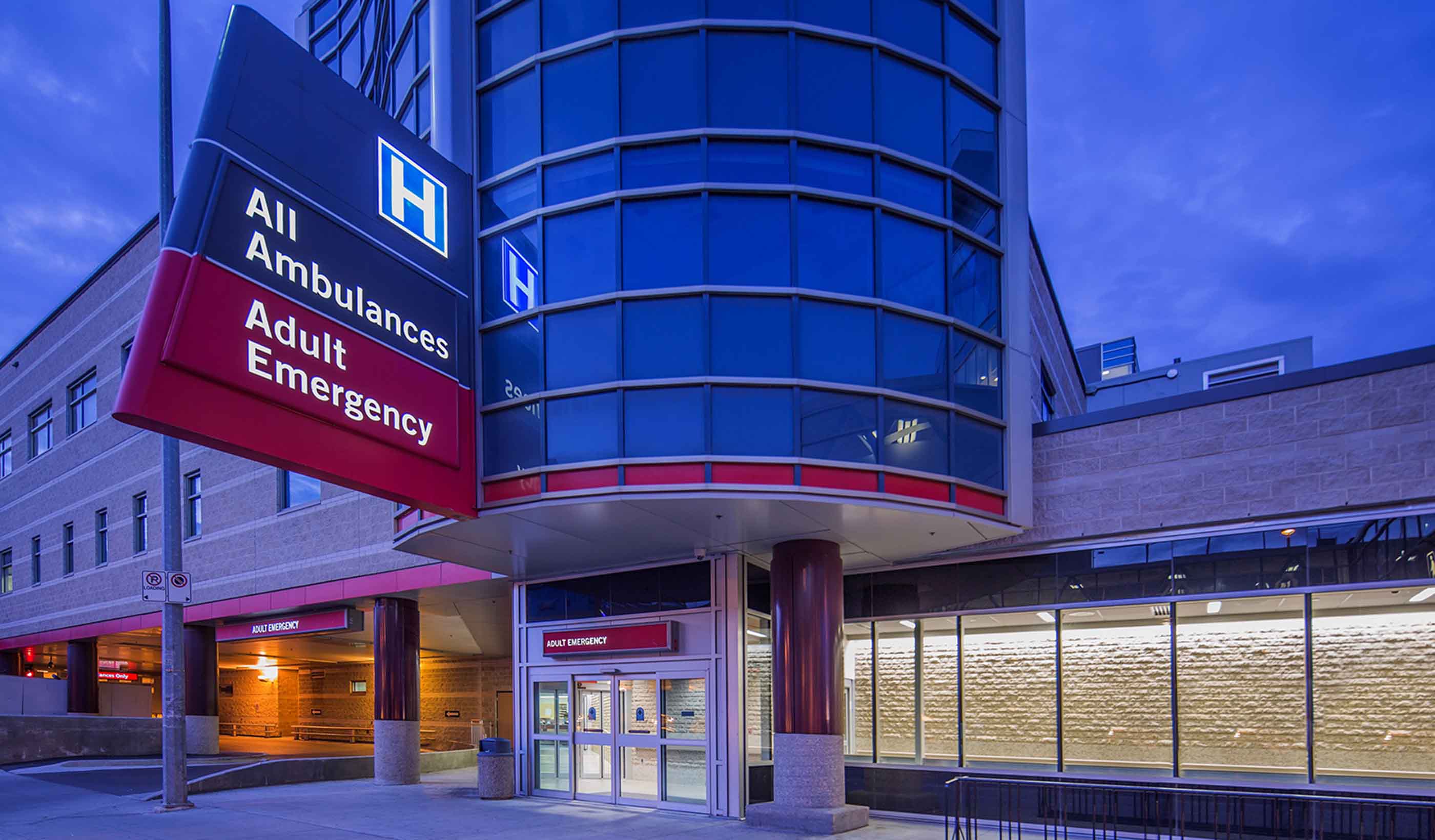
Blog Post It’s not if, but when: Designing healthcare spaces that support pandemic response
-
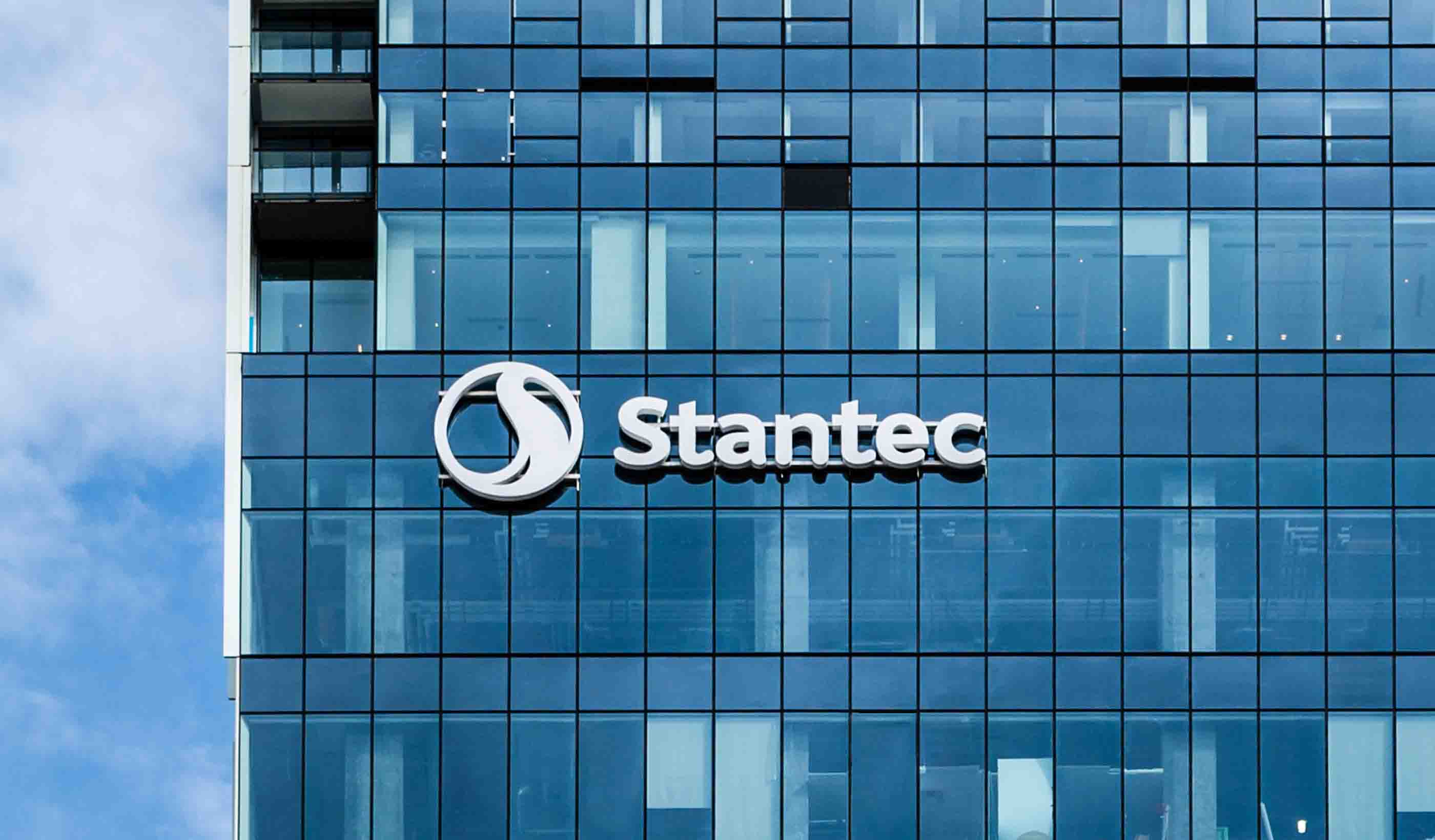
Article A message from Stantec CEO Gord Johnston: COVID-19 - Better Together, Even If We’re Apart
-

Blog Post Can drone technology help us mitigate the impact of future natural disasters? Absolutely
-

Blog Post Coronavirus and the water cycle—here is what treatment professionals need to know
-
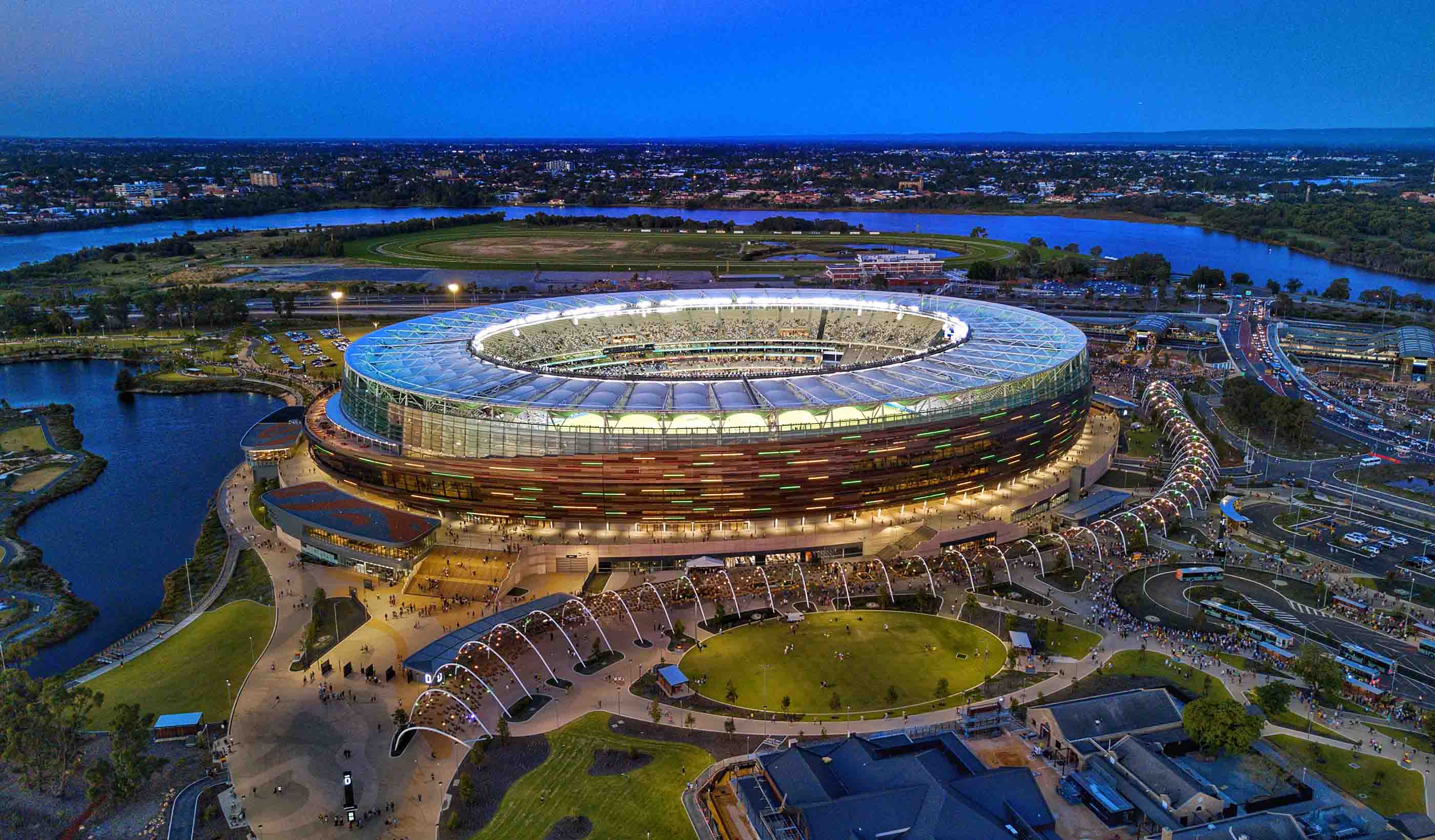
Blog Post From the Design Quarterly: How do you future-proof a stadium in the digital age?
-
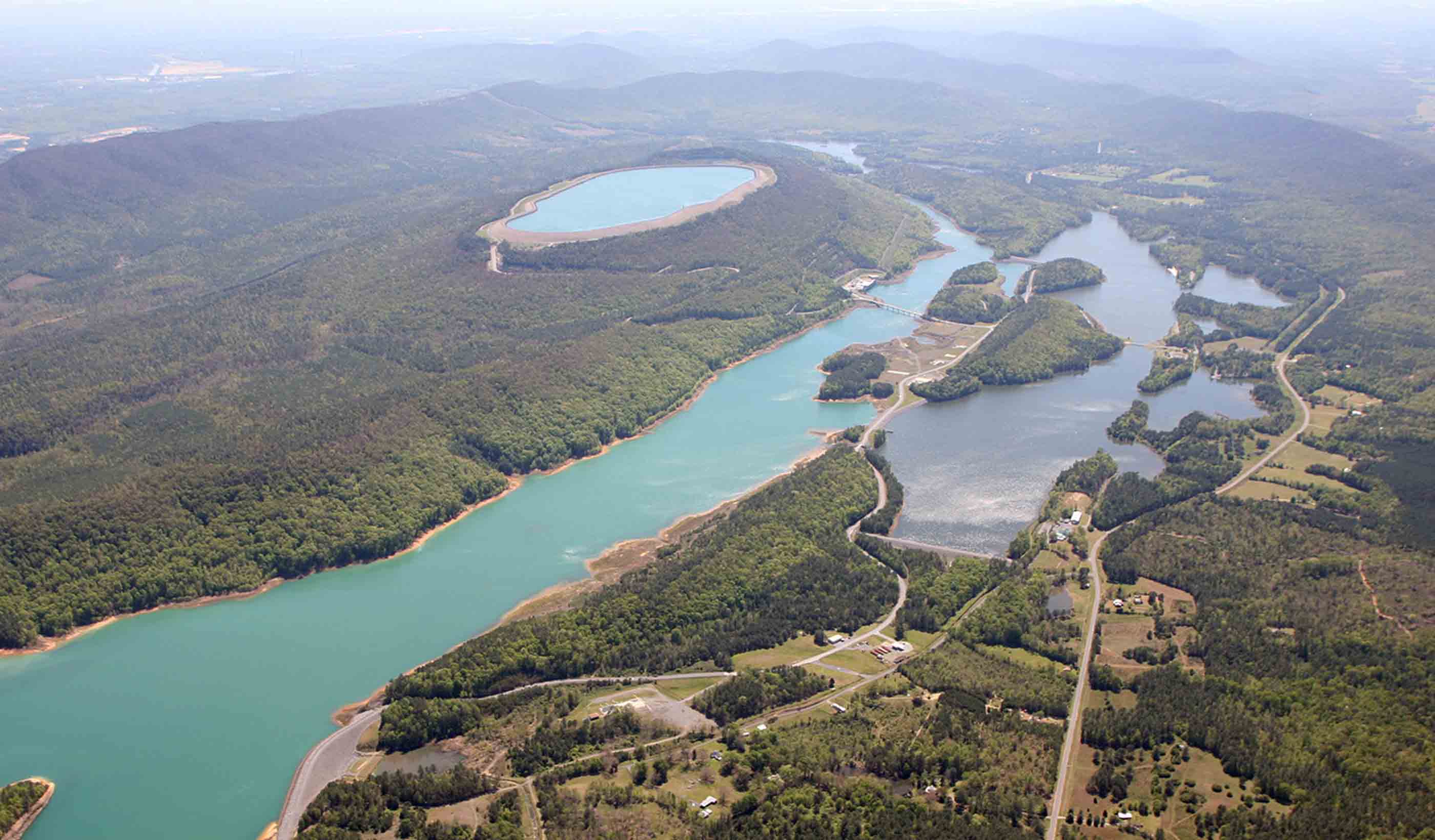
Published Article Published in Mining Magazine: Mining Towards Renewable Energy
-
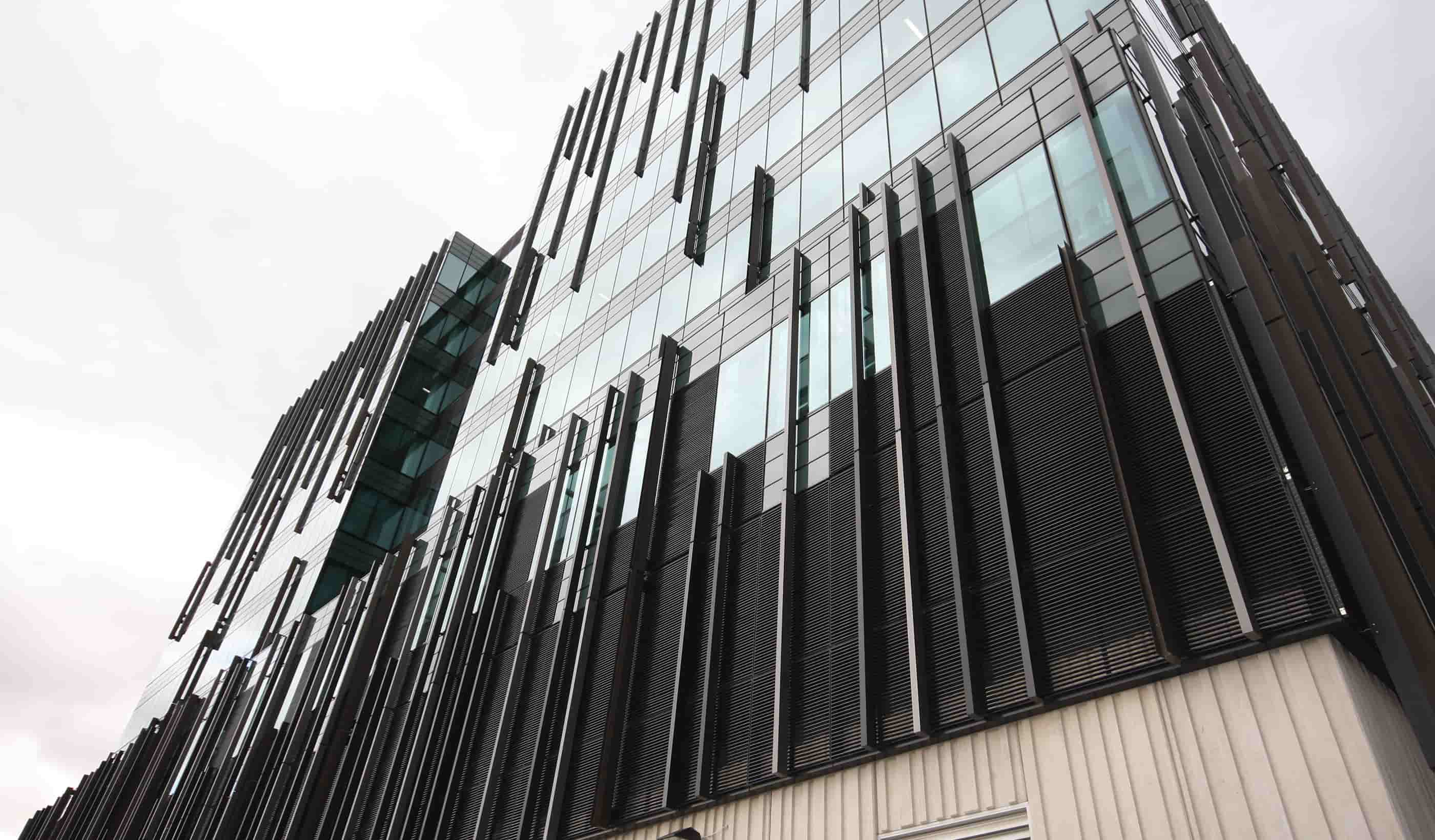
Published Article Why design review panels deliver
-
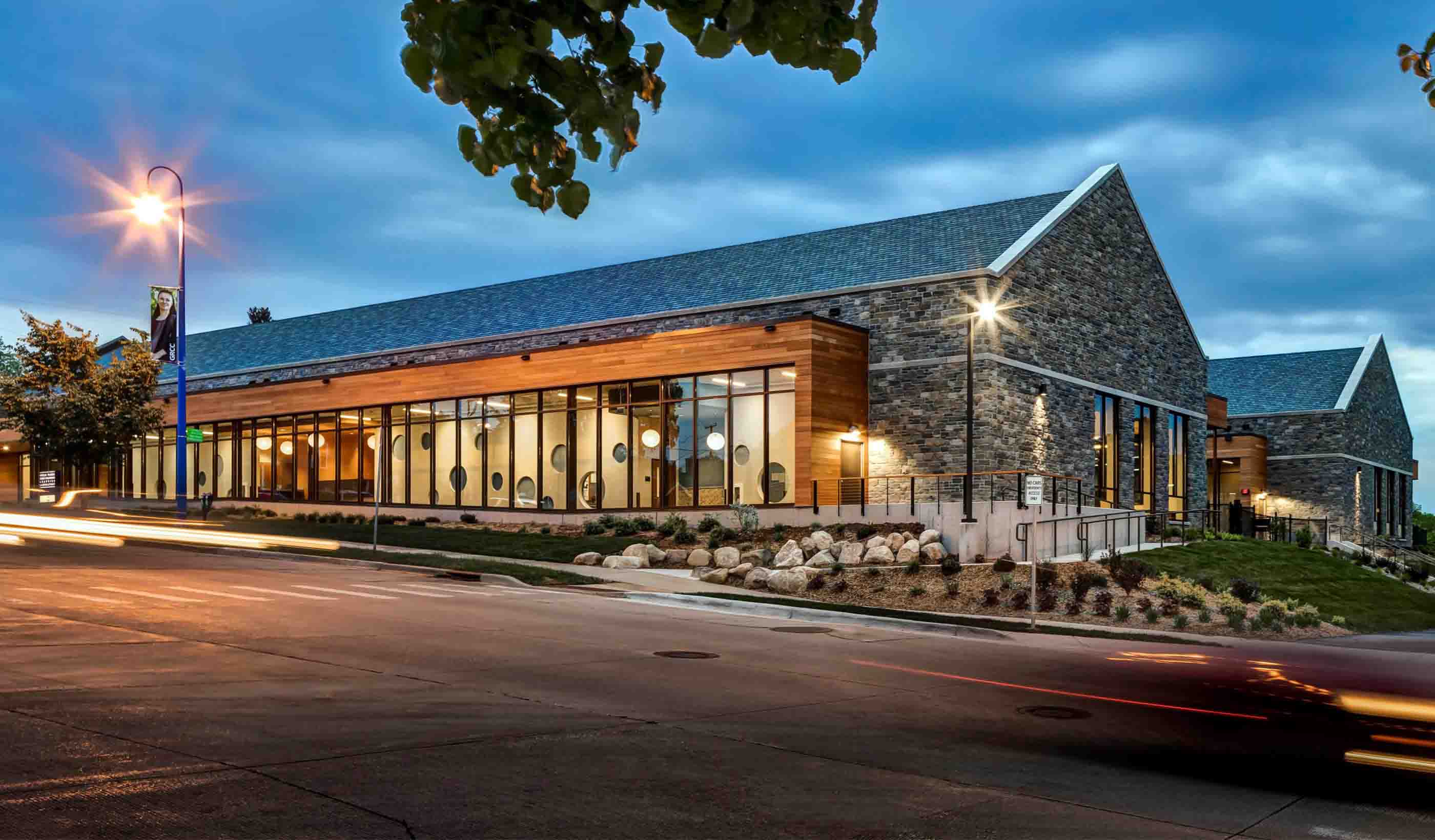
Blog Post Why the most effective school designs go beyond safety and security
-
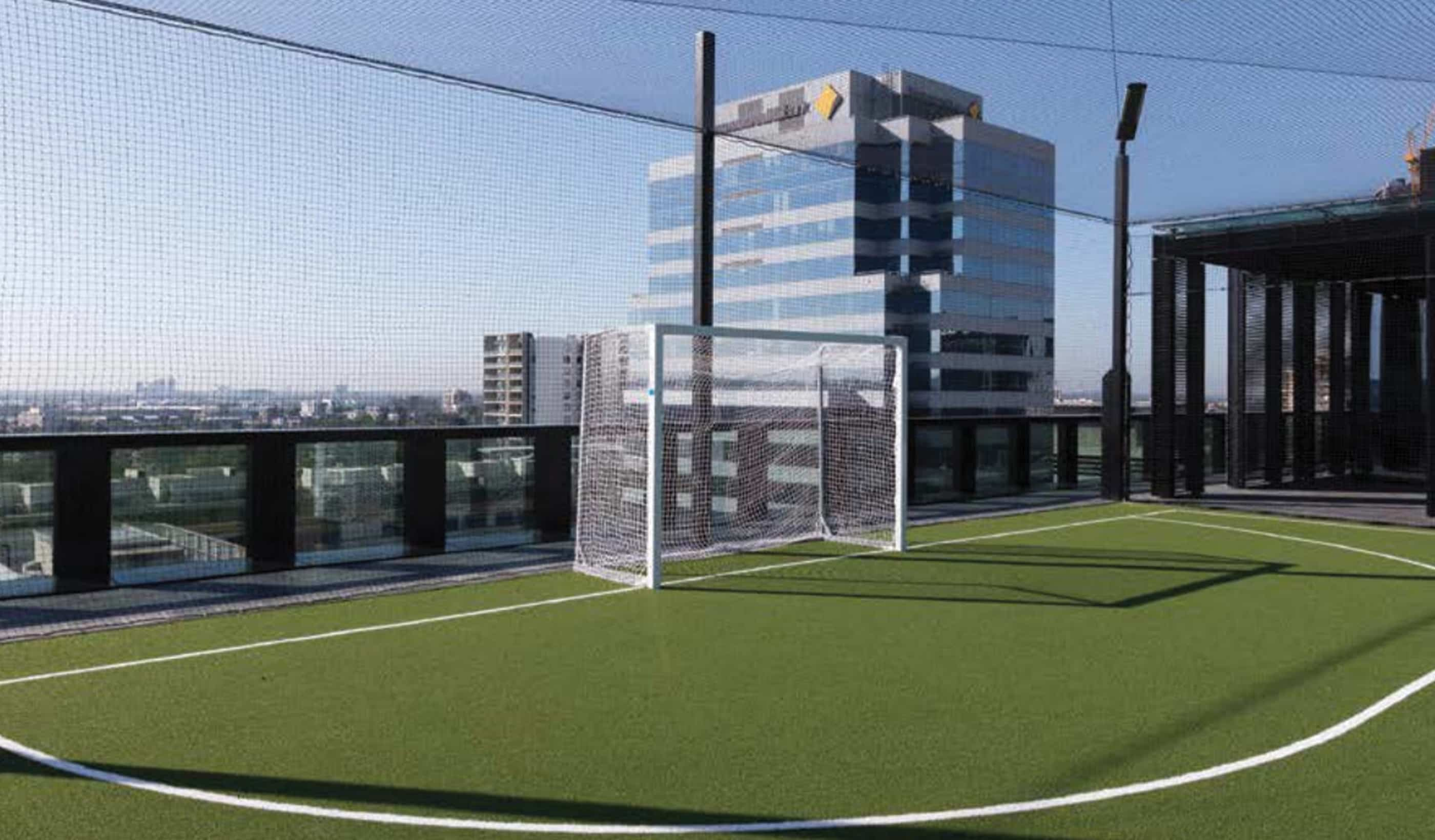
Published Article Pitch Perfect
-
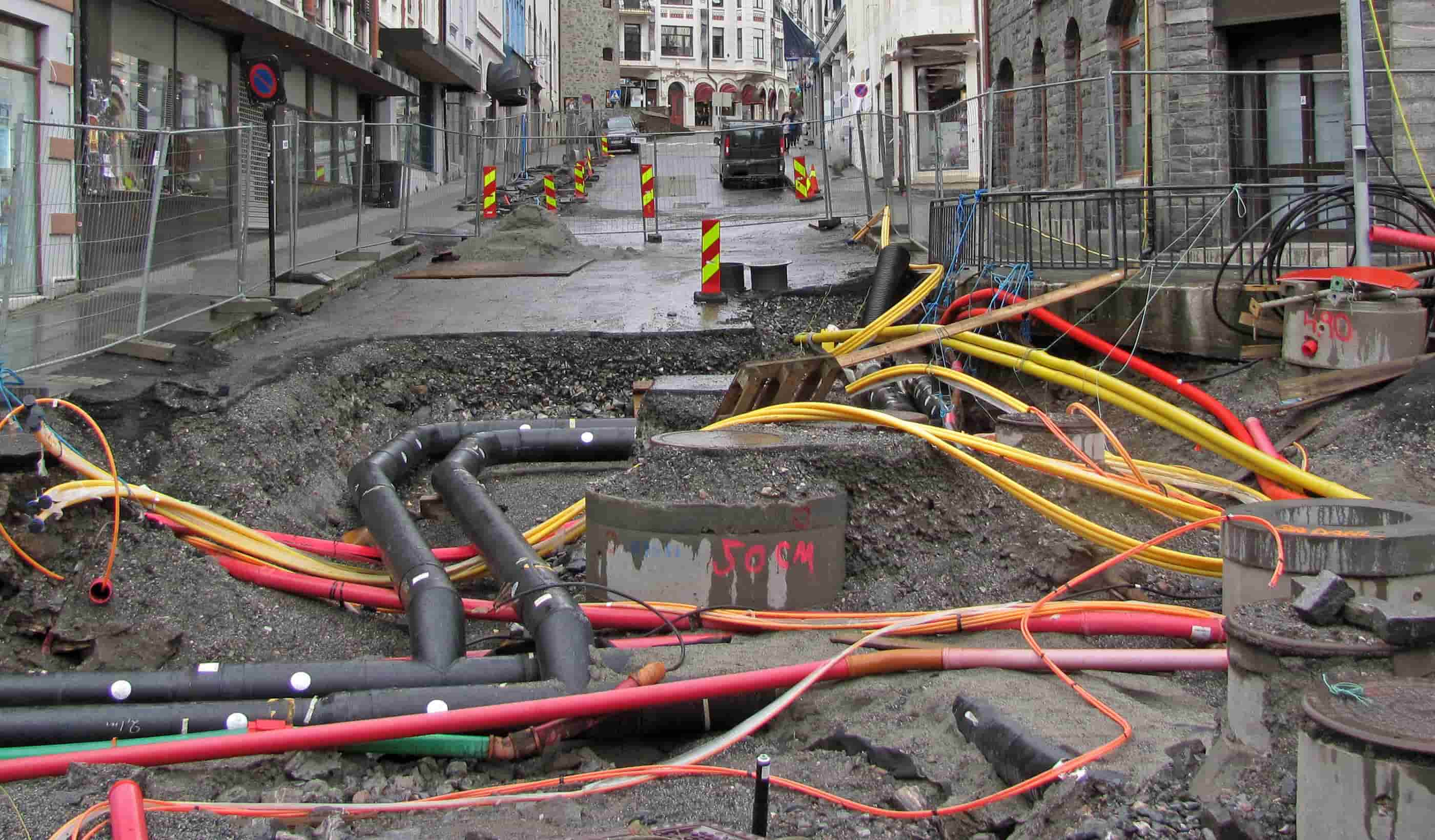
Subsurface Utility Engineering enhanced through collaboration
-

Interactive What's in your EV battery?
-
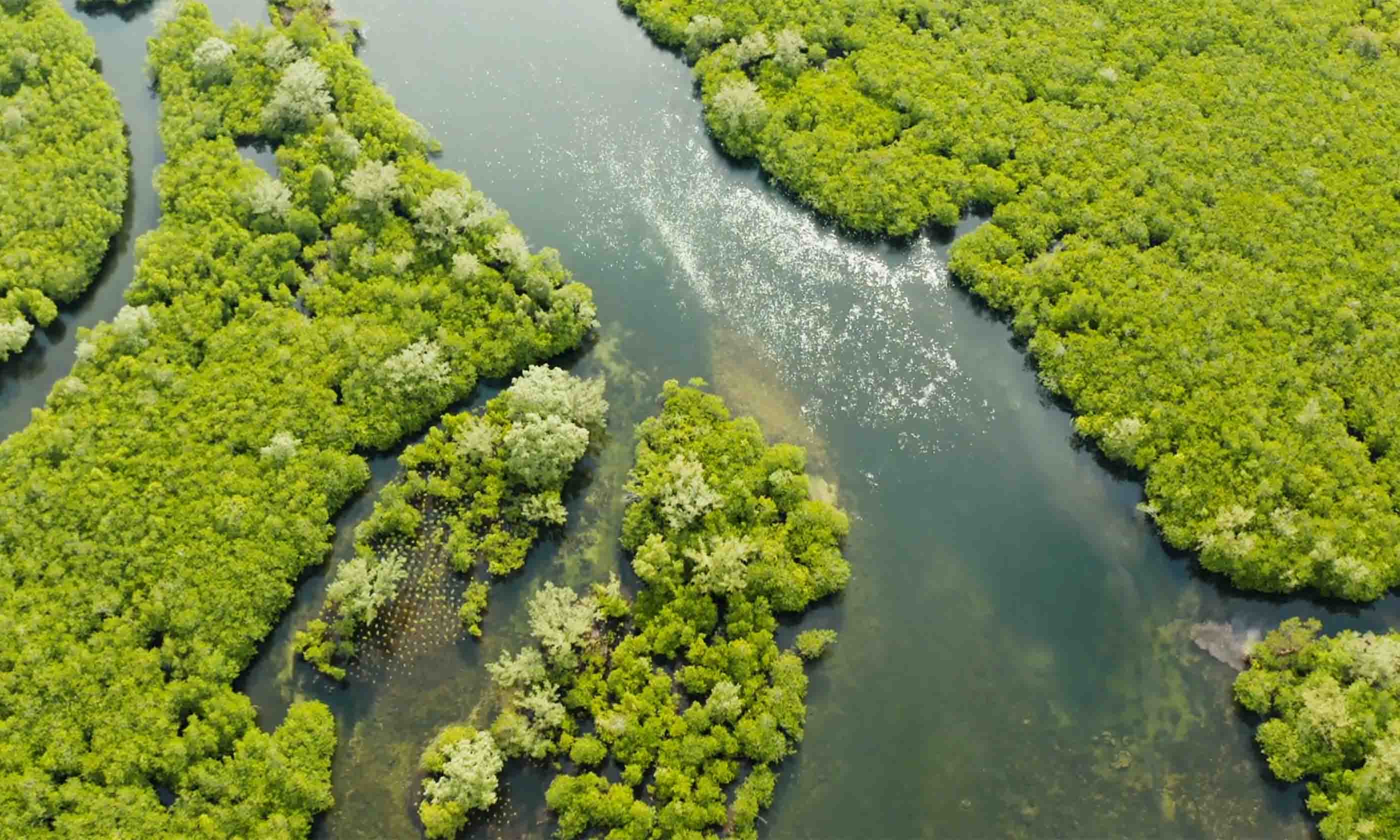
Interactive Stantec is committed to climate action
-

Interactive Powering our communities with offshore wind energy
-

Interactive The United Nations Sustainable Development Goals (SDGs) can help you
-
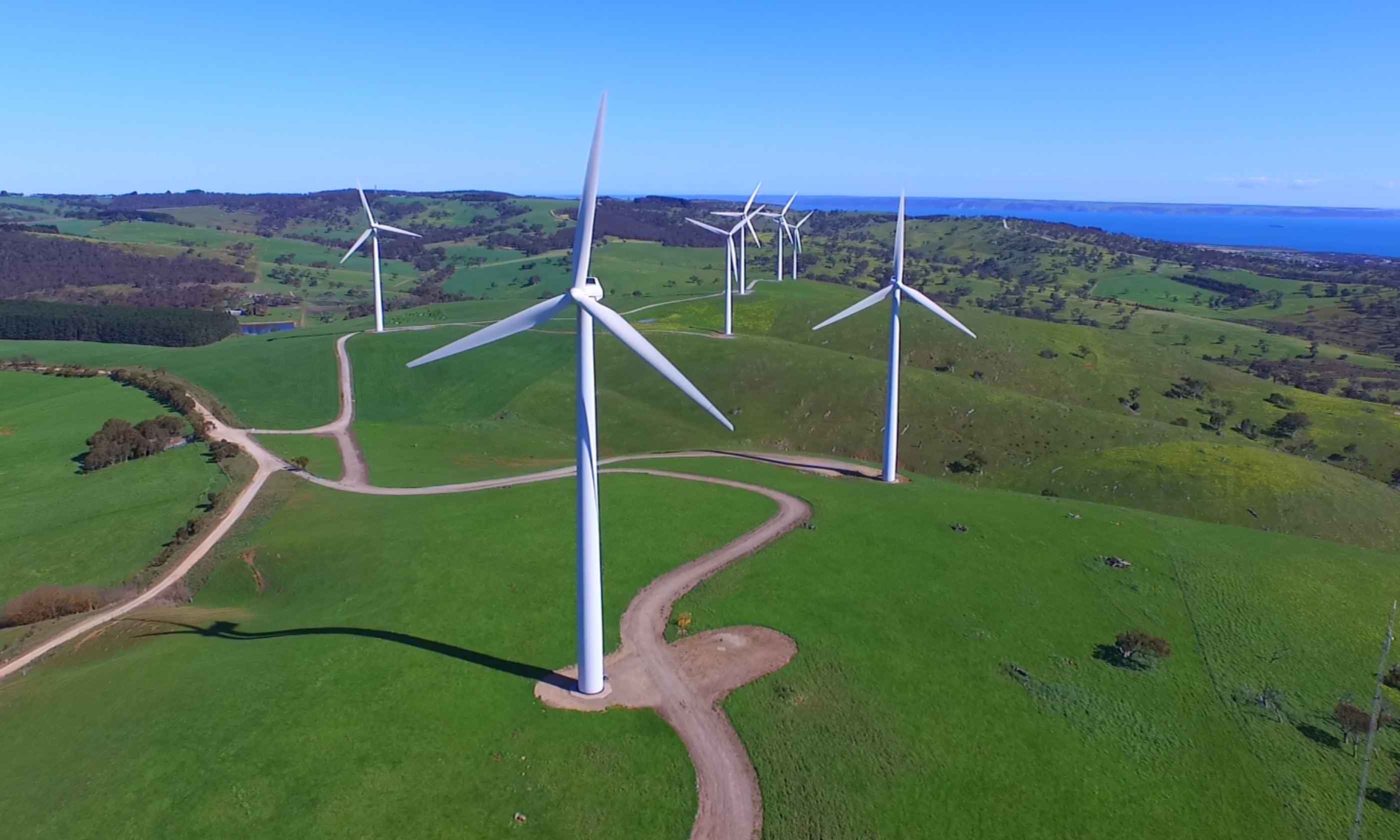
Interactive A Net Zero World Needs Mining
-

Interactive What does decarbonising mining look like?
-

Interactive What role does hydrogen play in the energy transition?
-

Interactive What we talk about when we talk about the energy transition
-

Interactive How smart wind farm curtailment can save bats and optimize energy gains
-
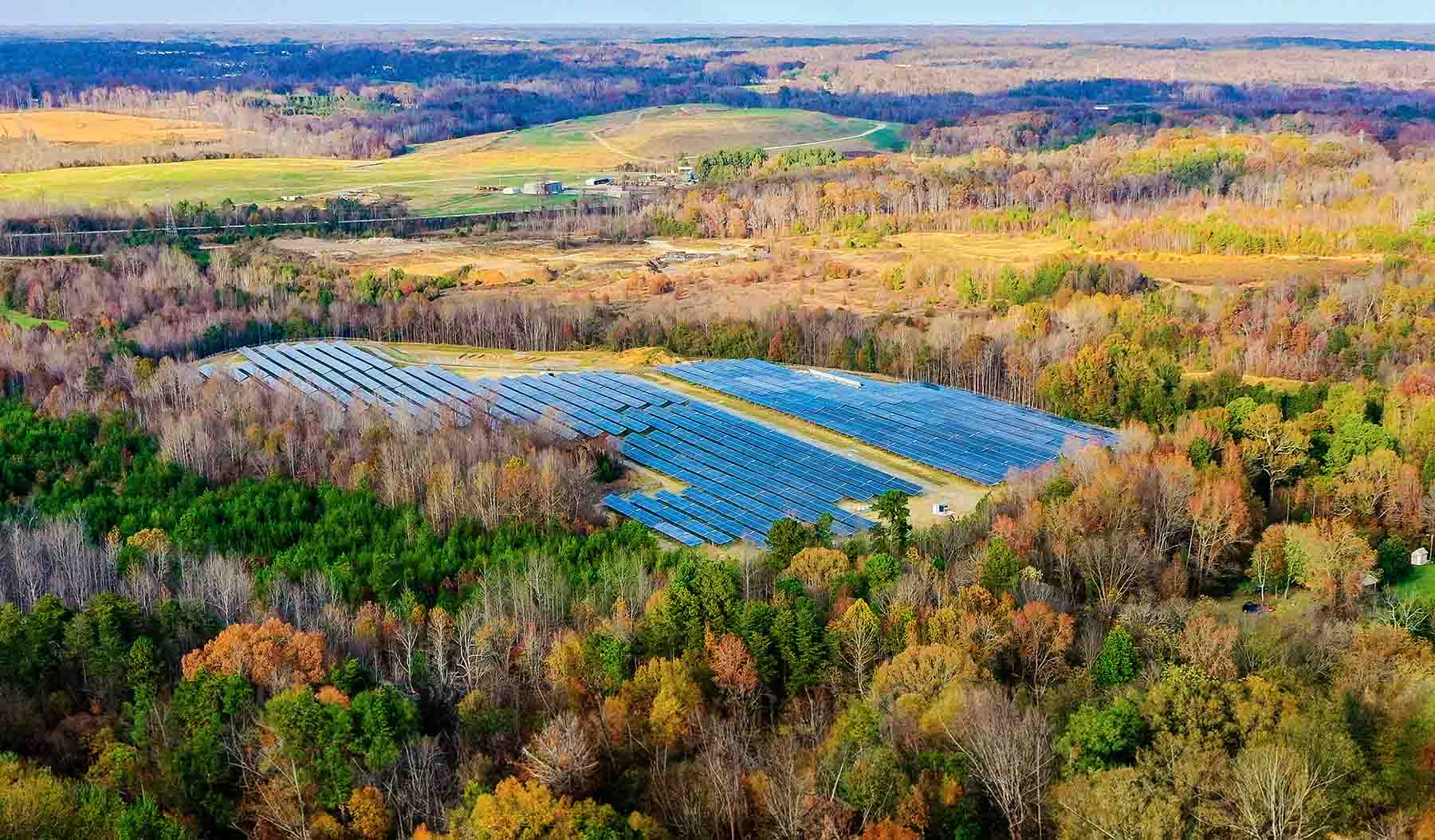
Interactive Rethinking the life of a mine through mine closure planning